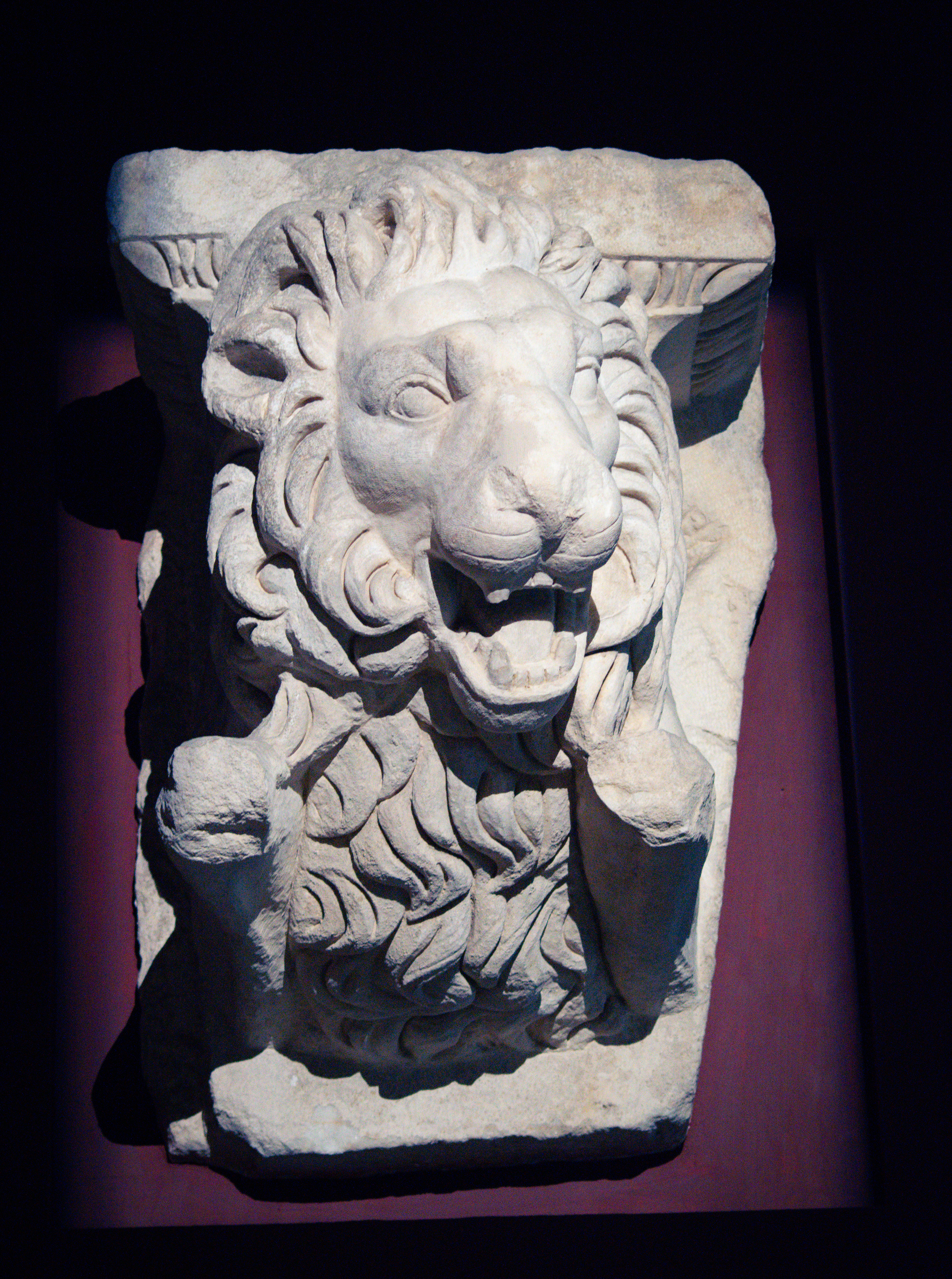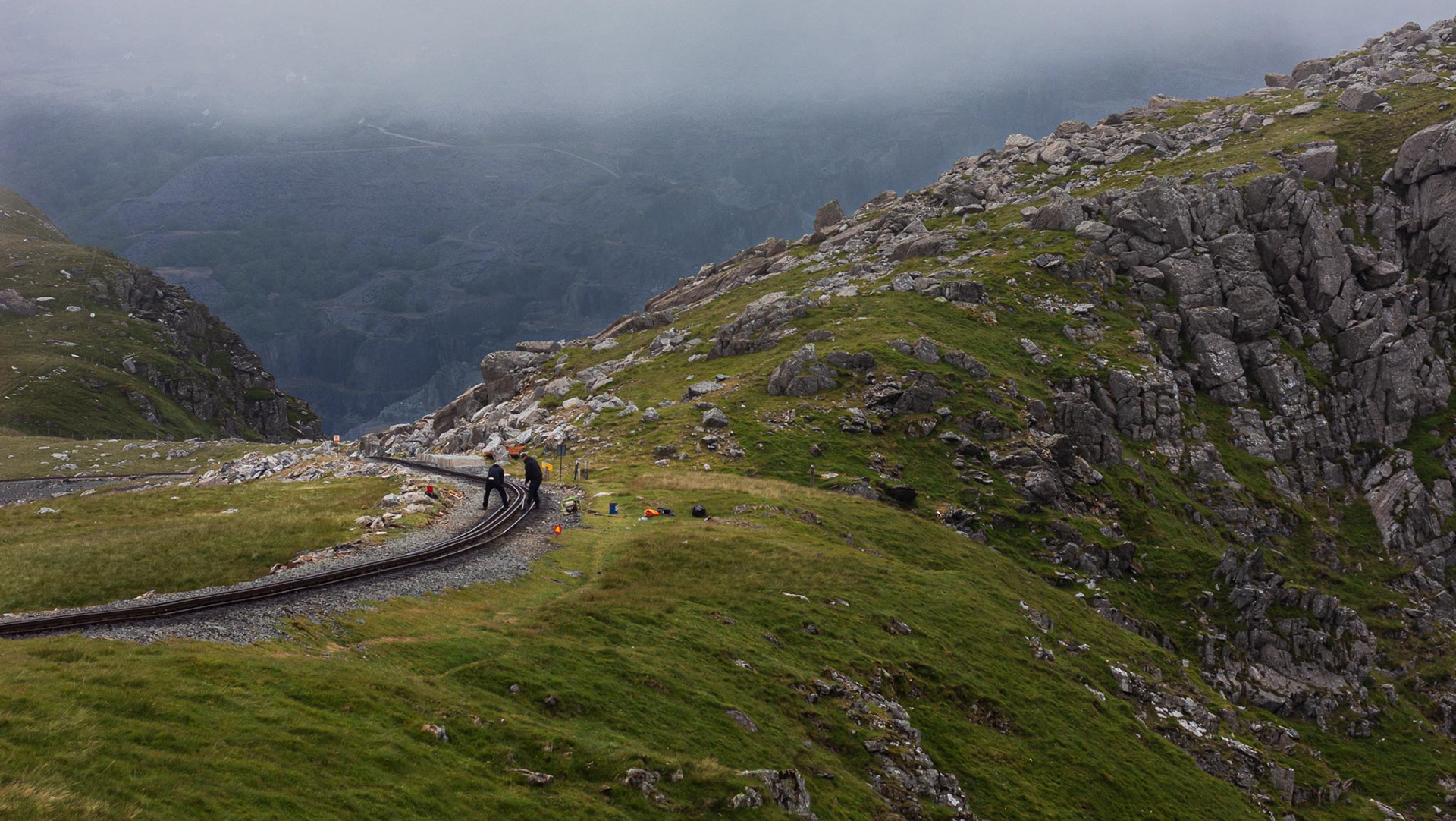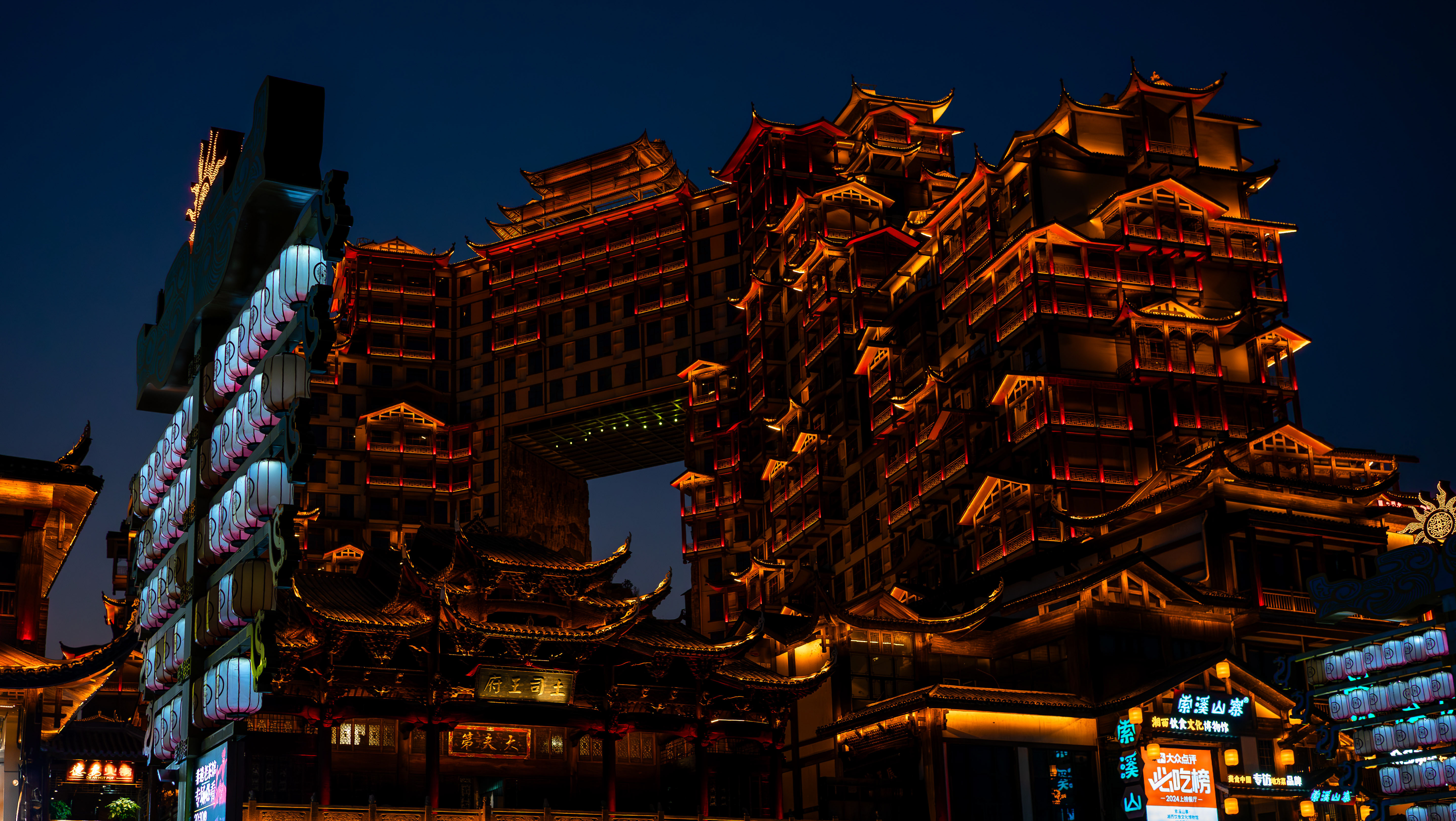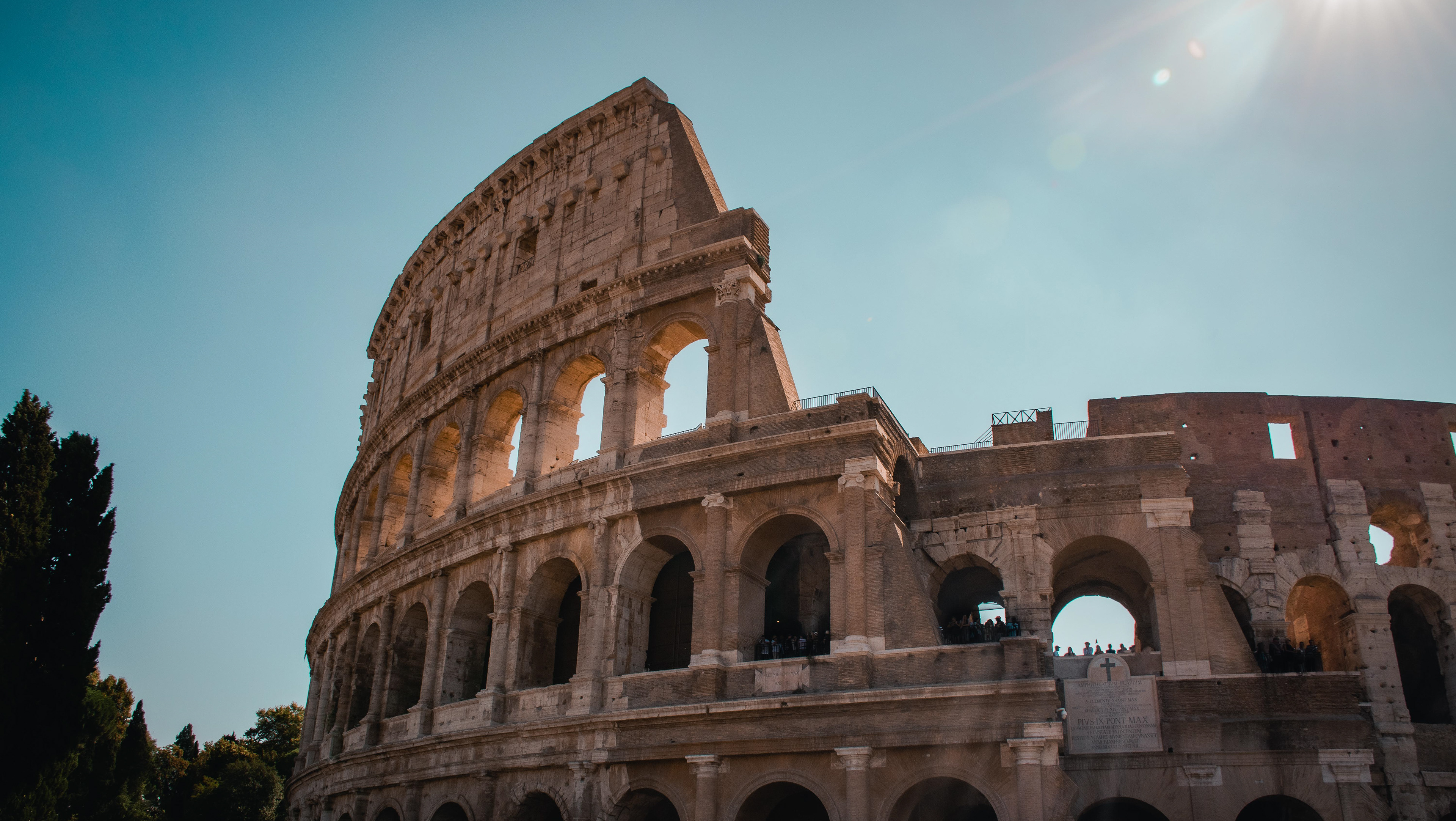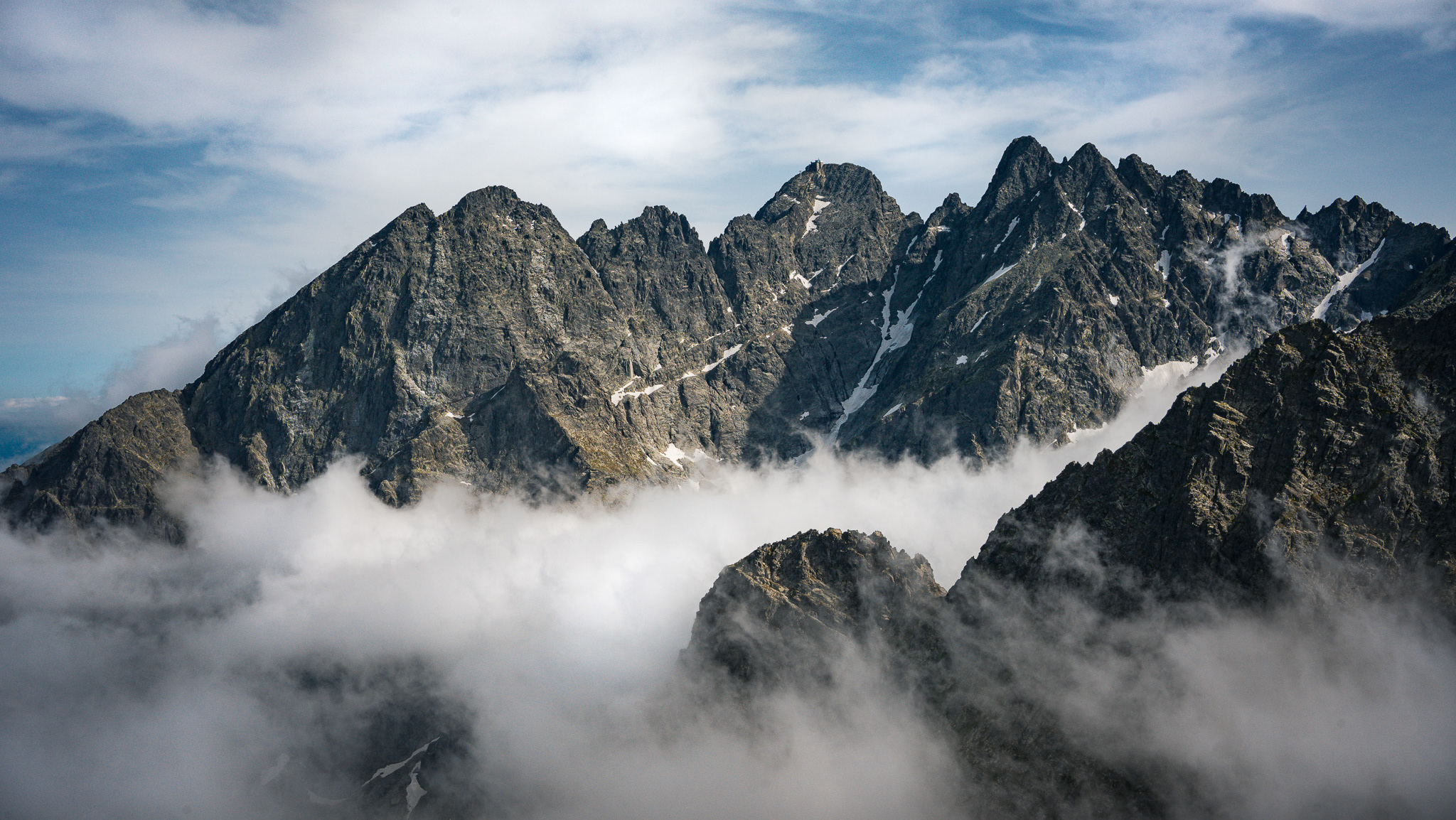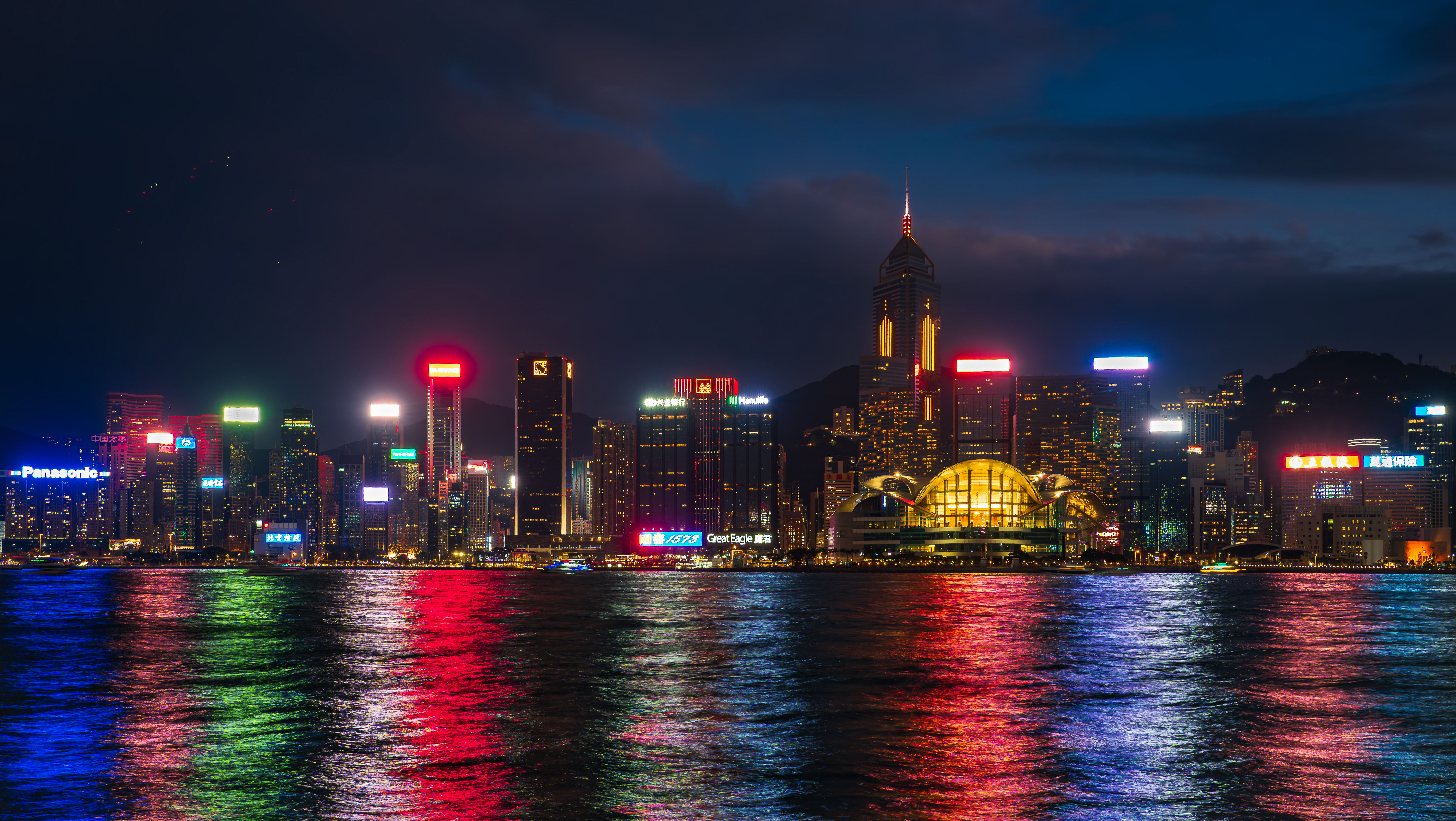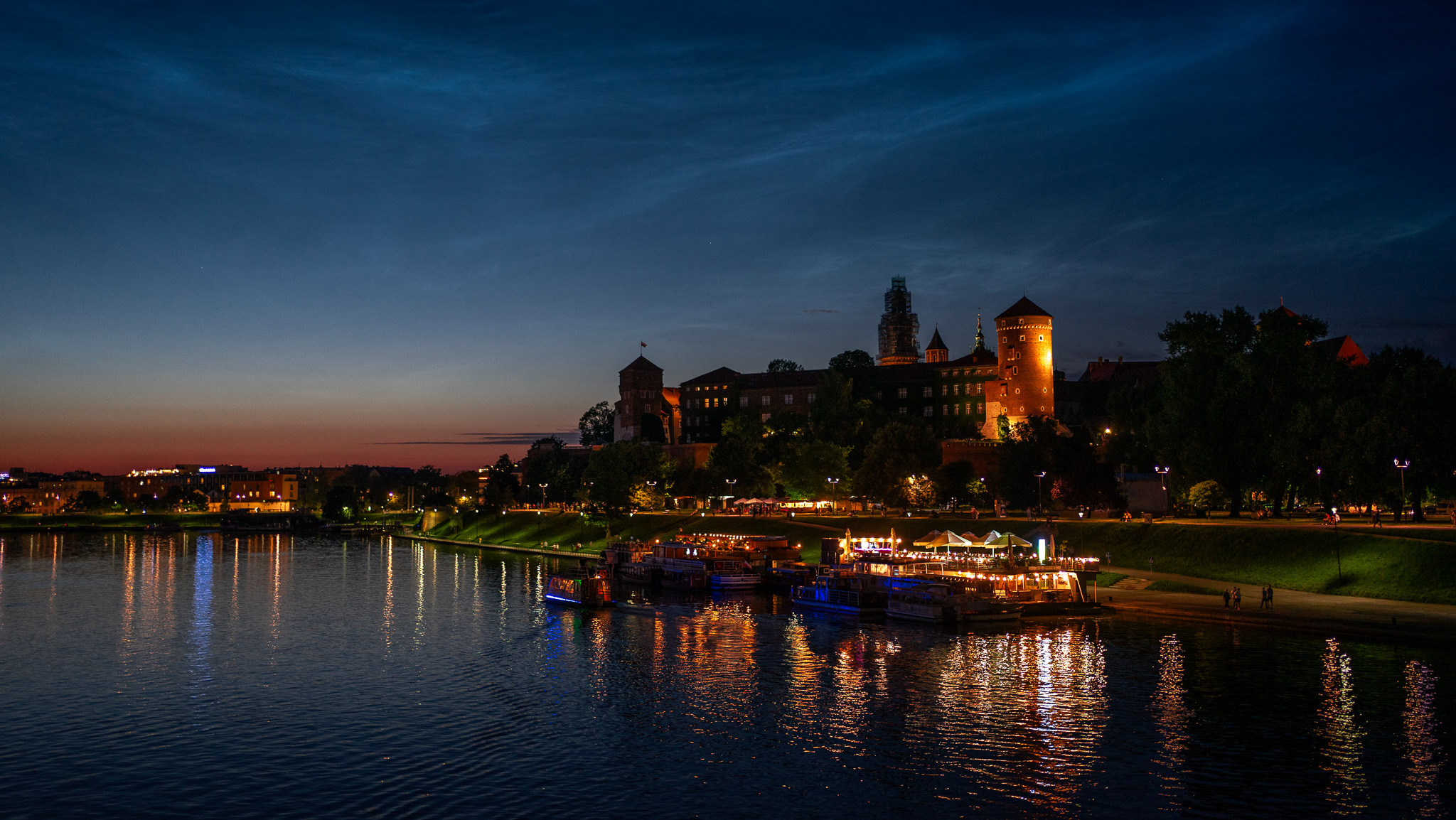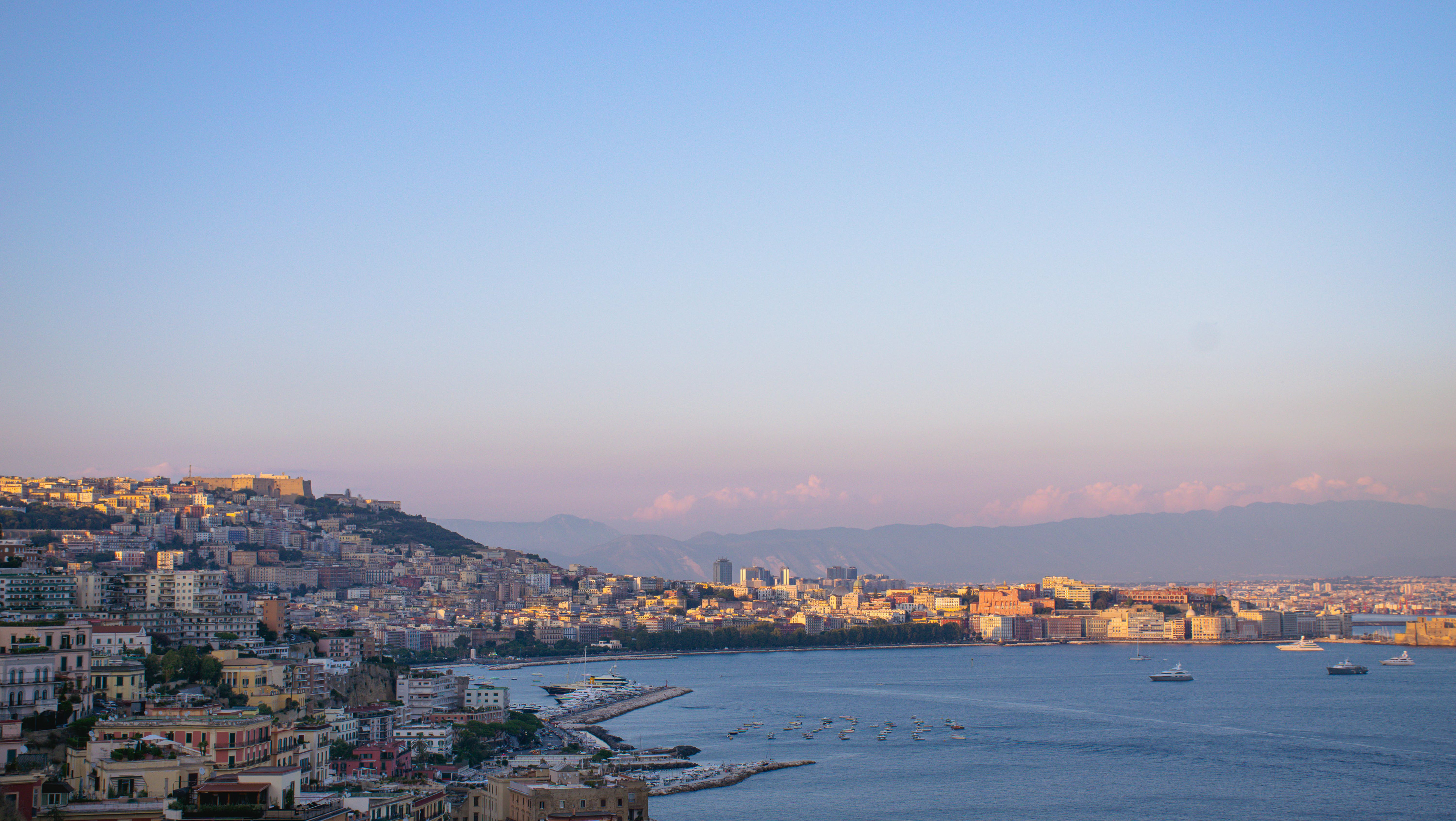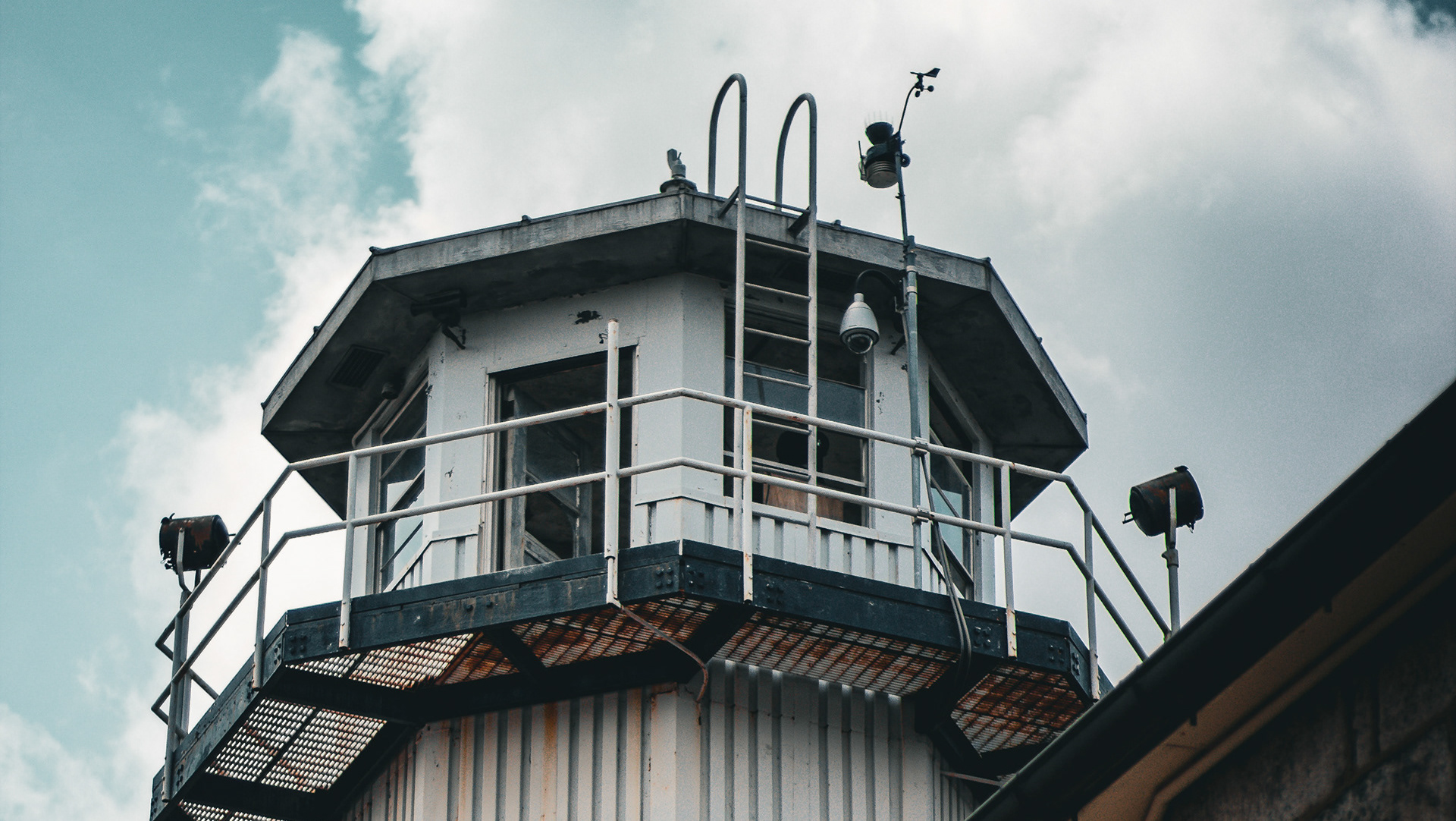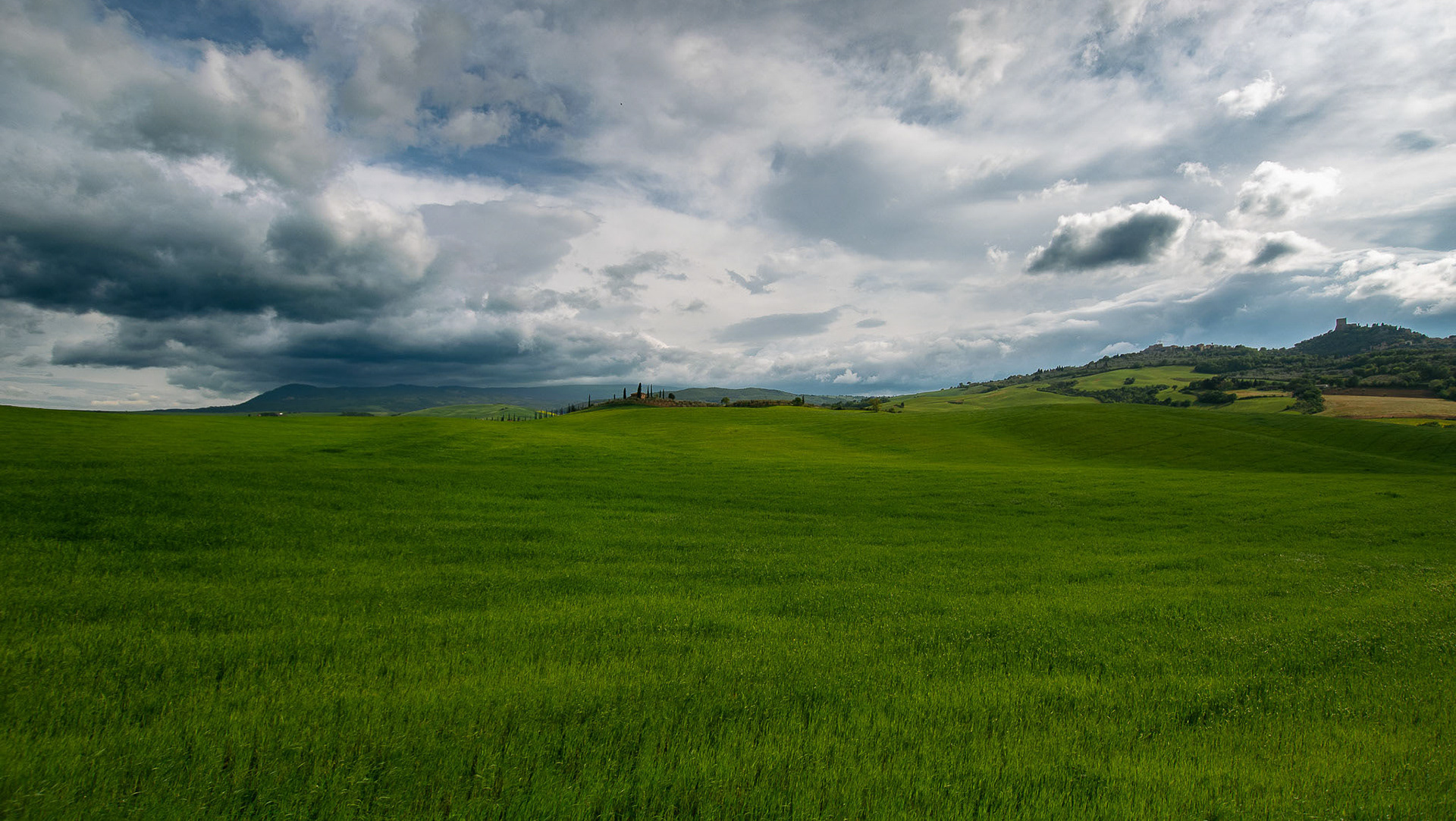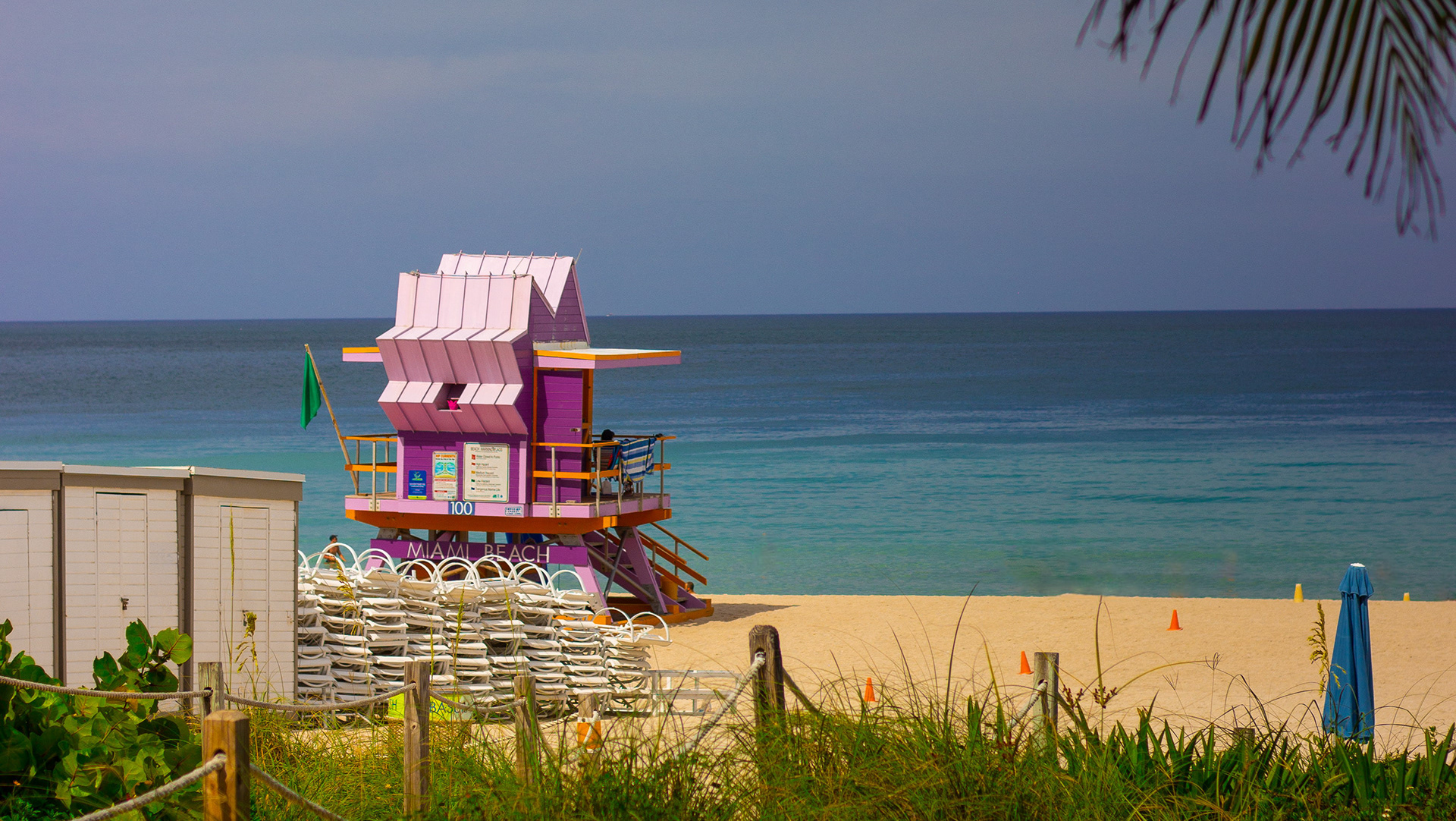Istanbul, formerly Constantinople, ancient Byzantium, largest city and principal seaport of Turkey. It was the capital of both the Byzantine Empire and the Ottoman Empire.
The old walled city of Istanbul stands on a triangular peninsula between Europe and Asia. Sometimes as a bridge, sometimes as a barrier, Istanbul for more than 2,500 years has stood between conflicting surges of religion, culture, and imperial power. For most of those years it was one of the most coveted cities in the world.
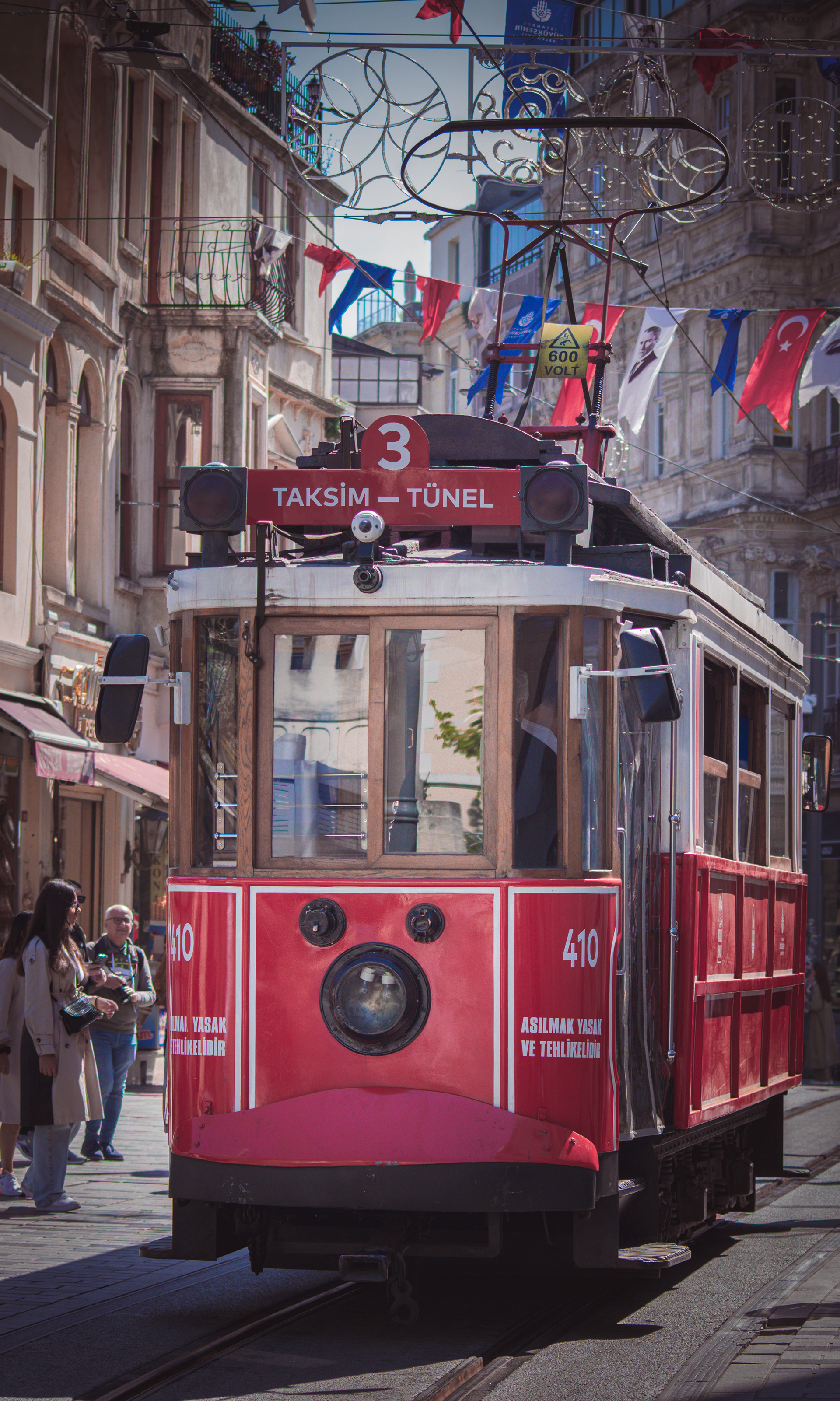
Kabatas, Beyoglu
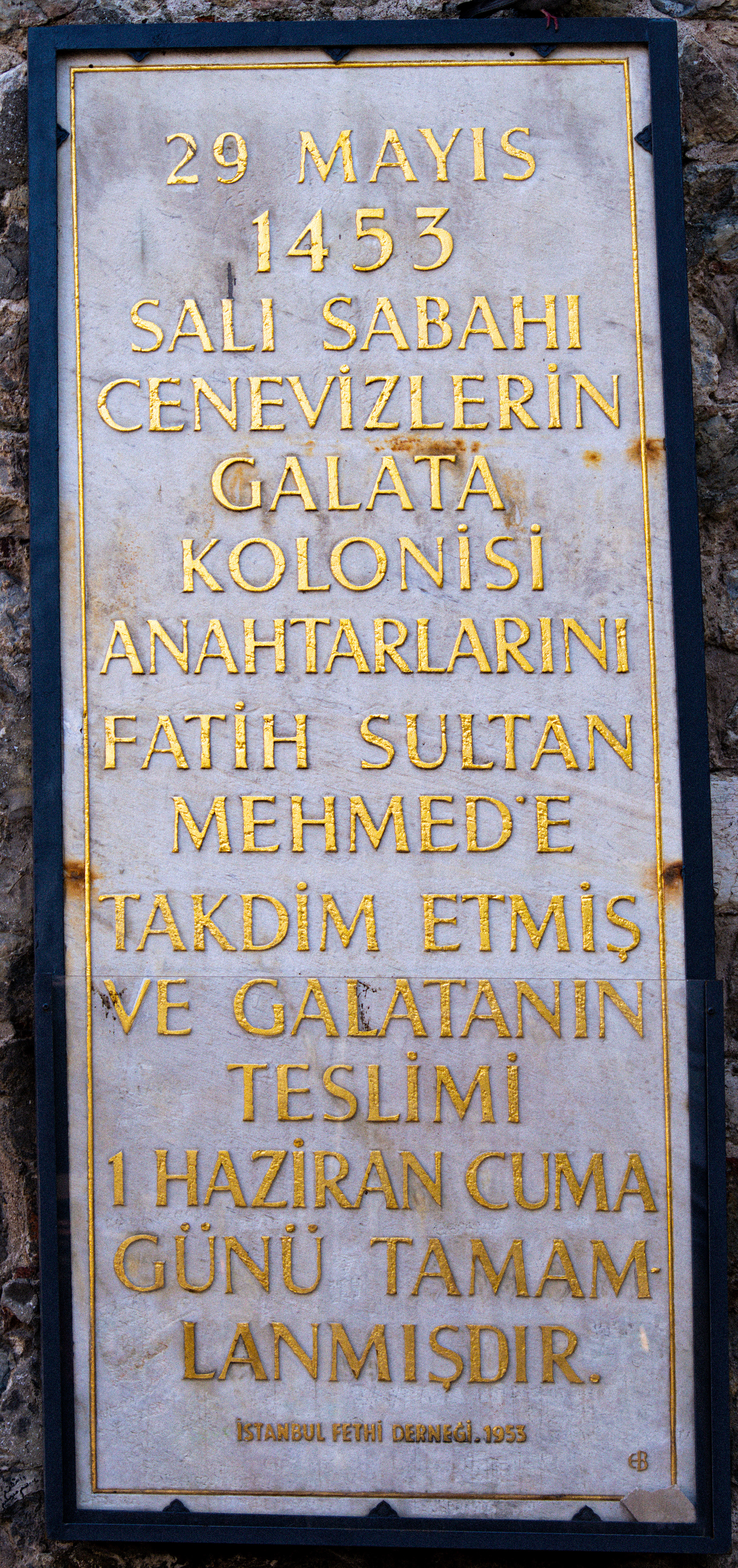
Galata Tower Plate
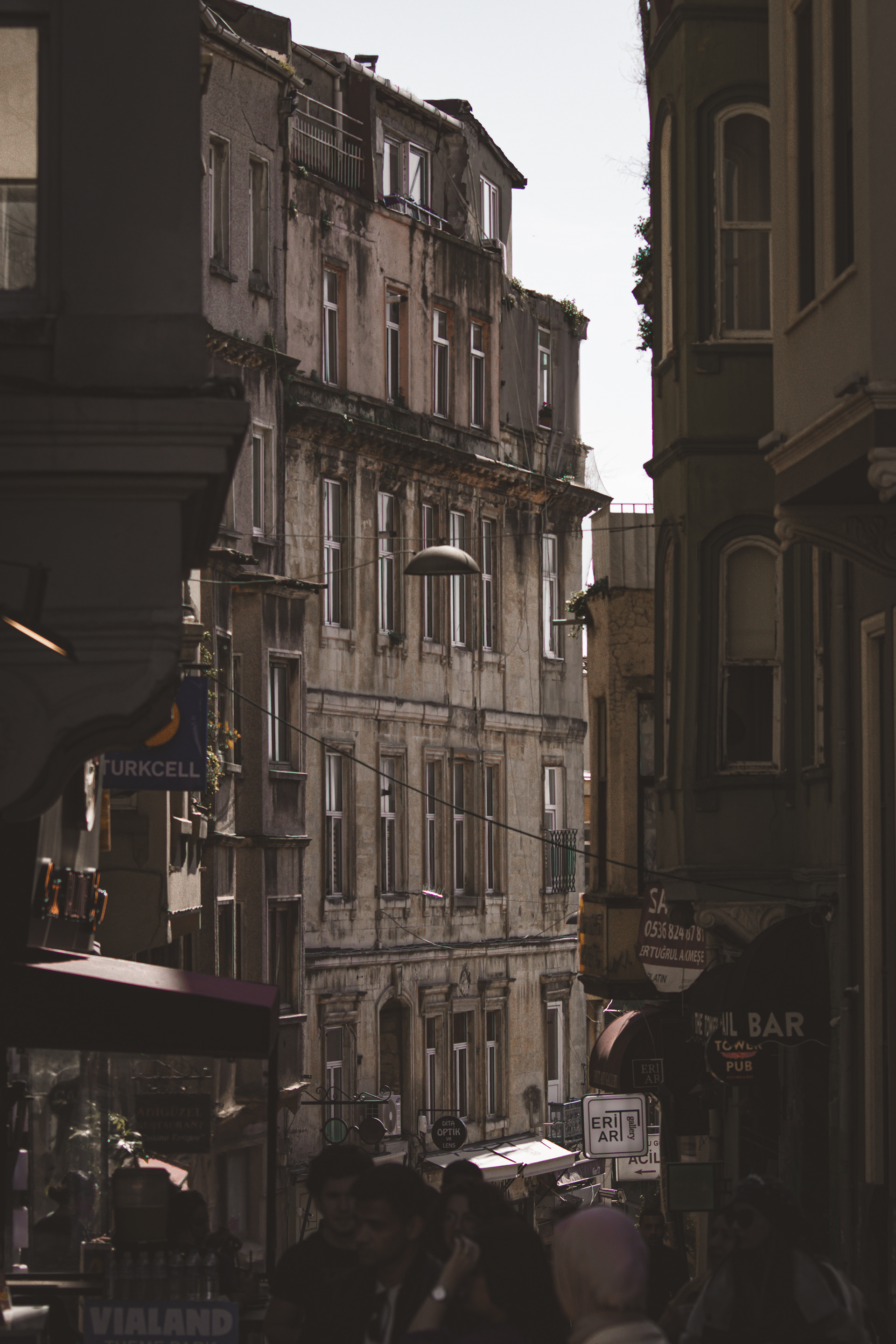
Kabatas, Beyoglu
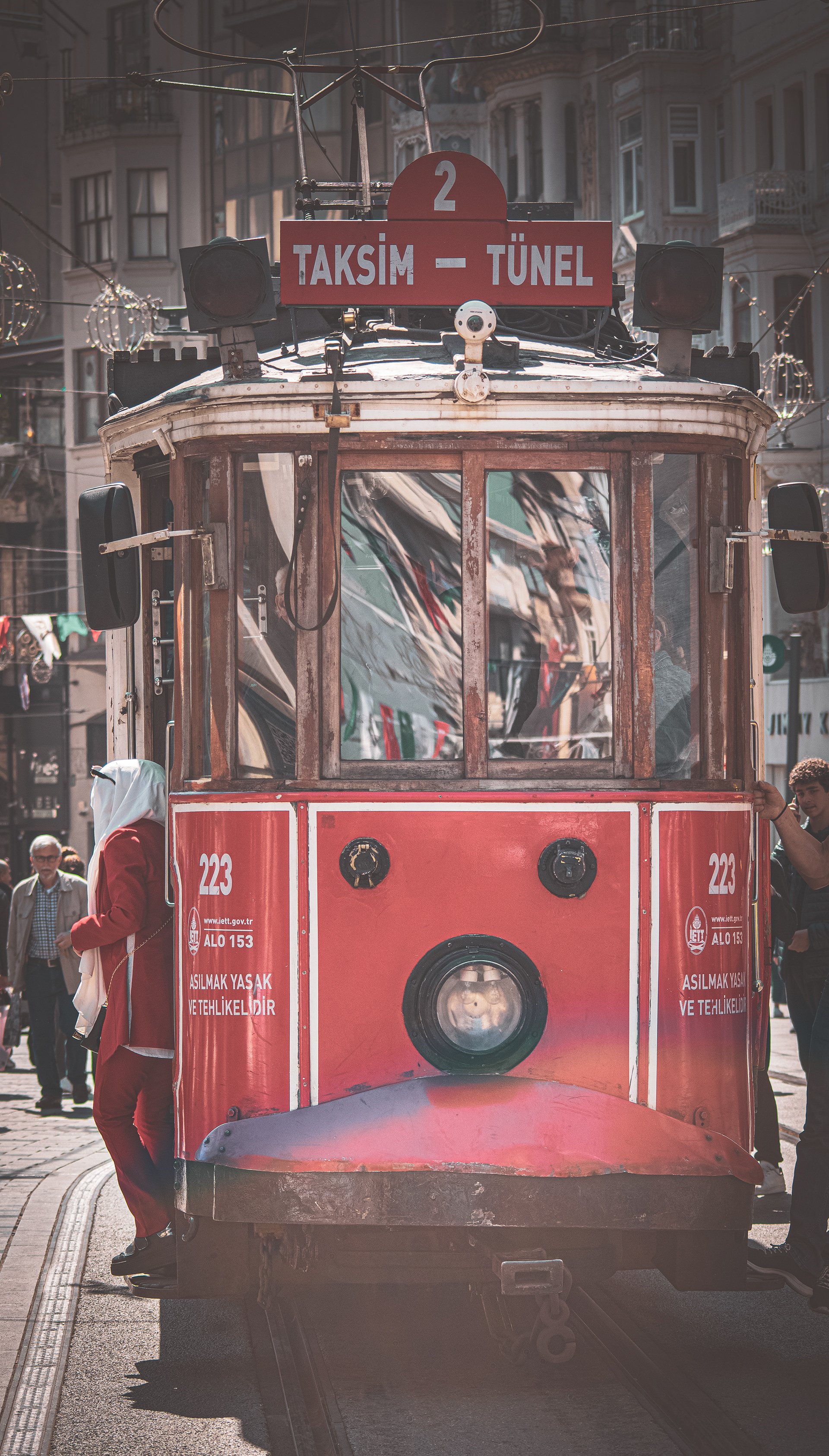
Kabatas, Beyoglu
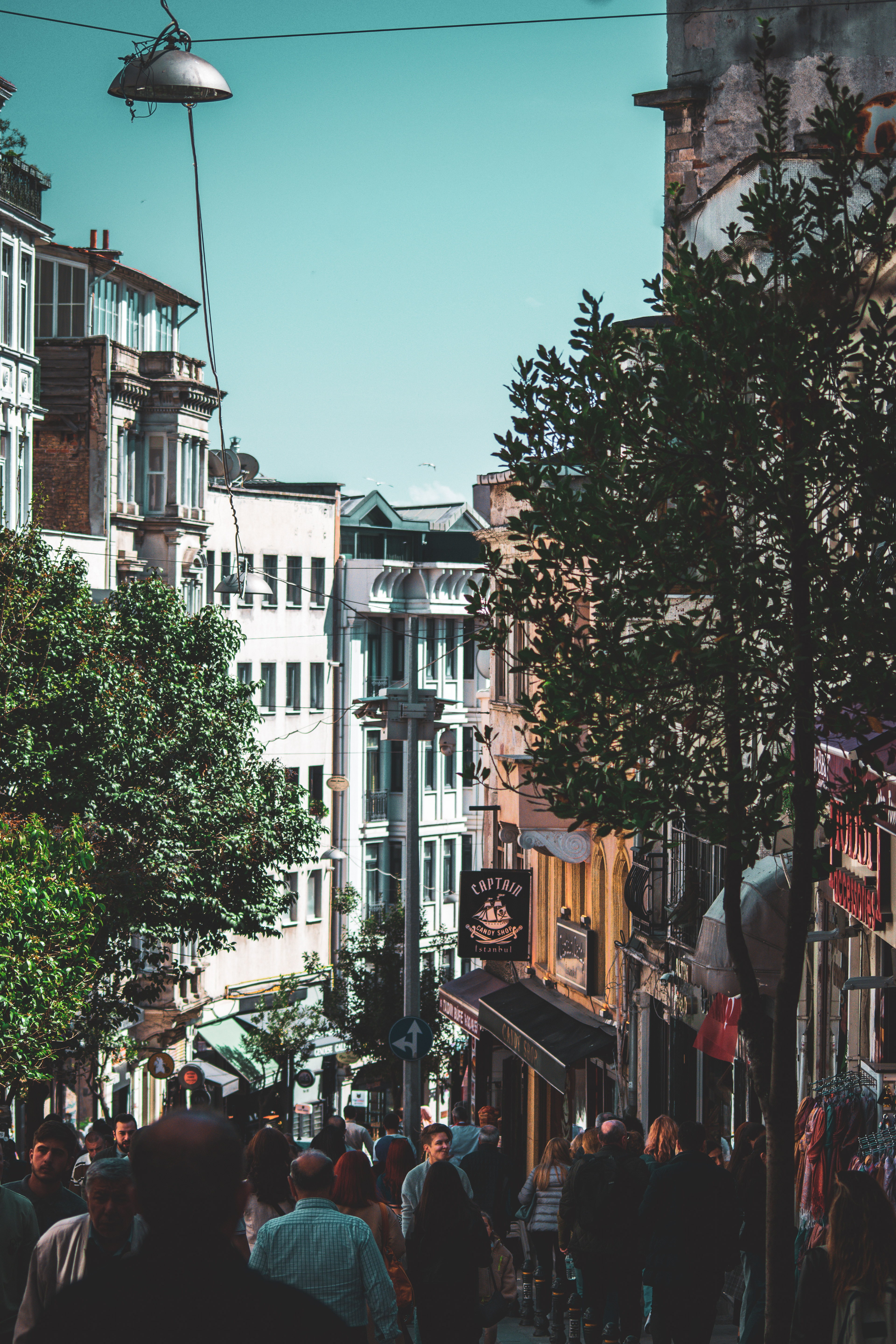
Kabatas, Beyoglu
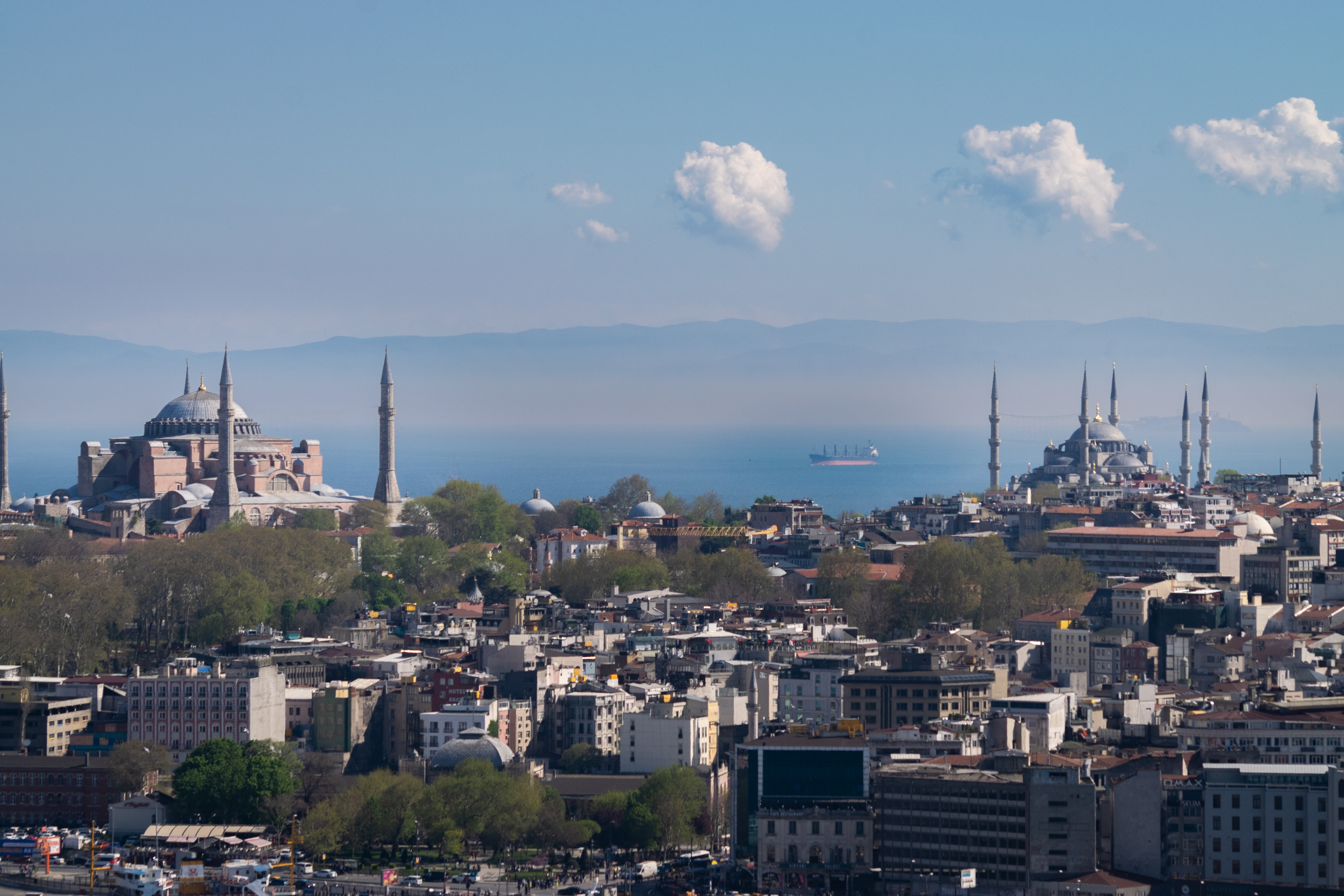
Galata Tower View
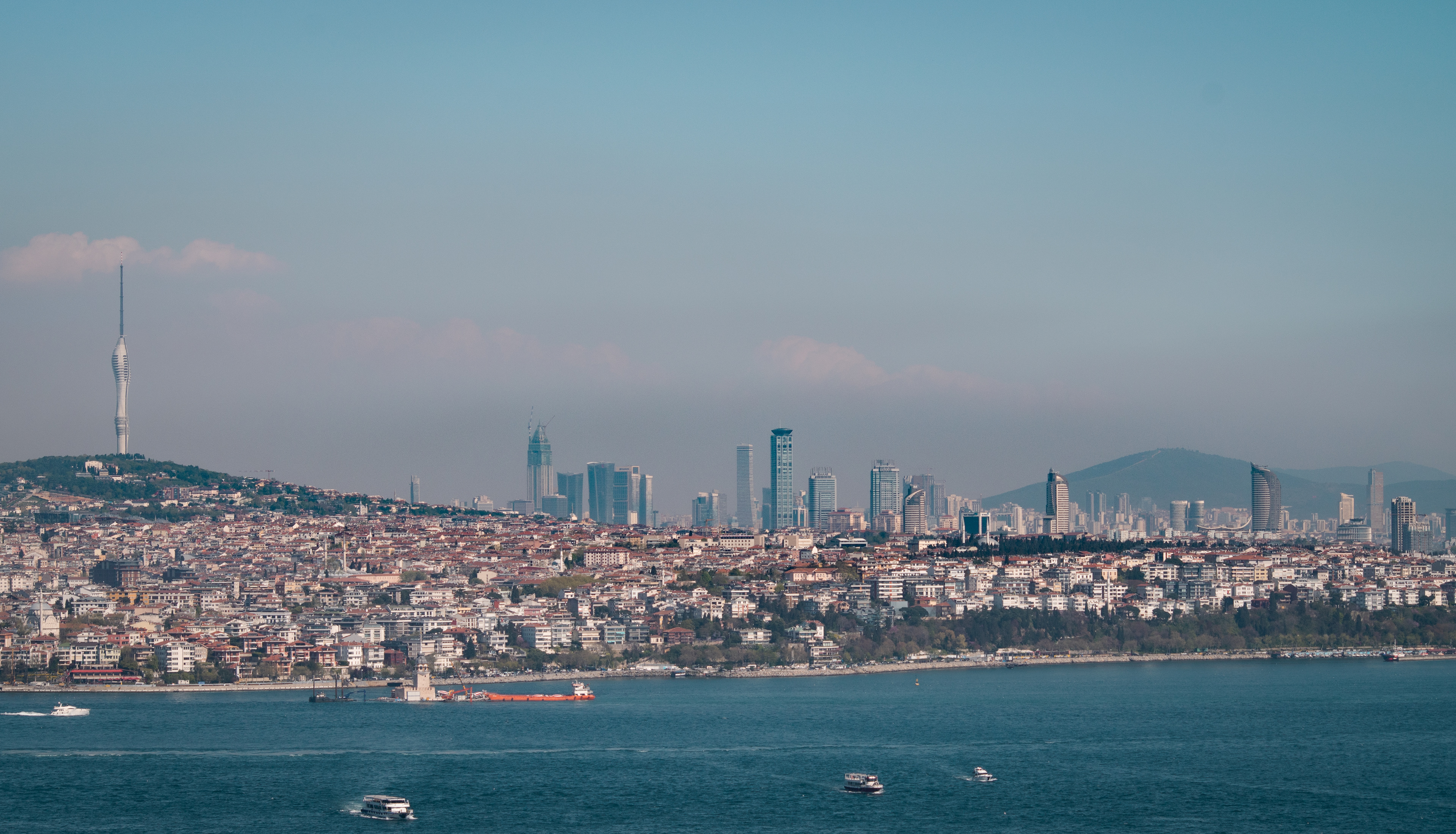
Galata Tower View
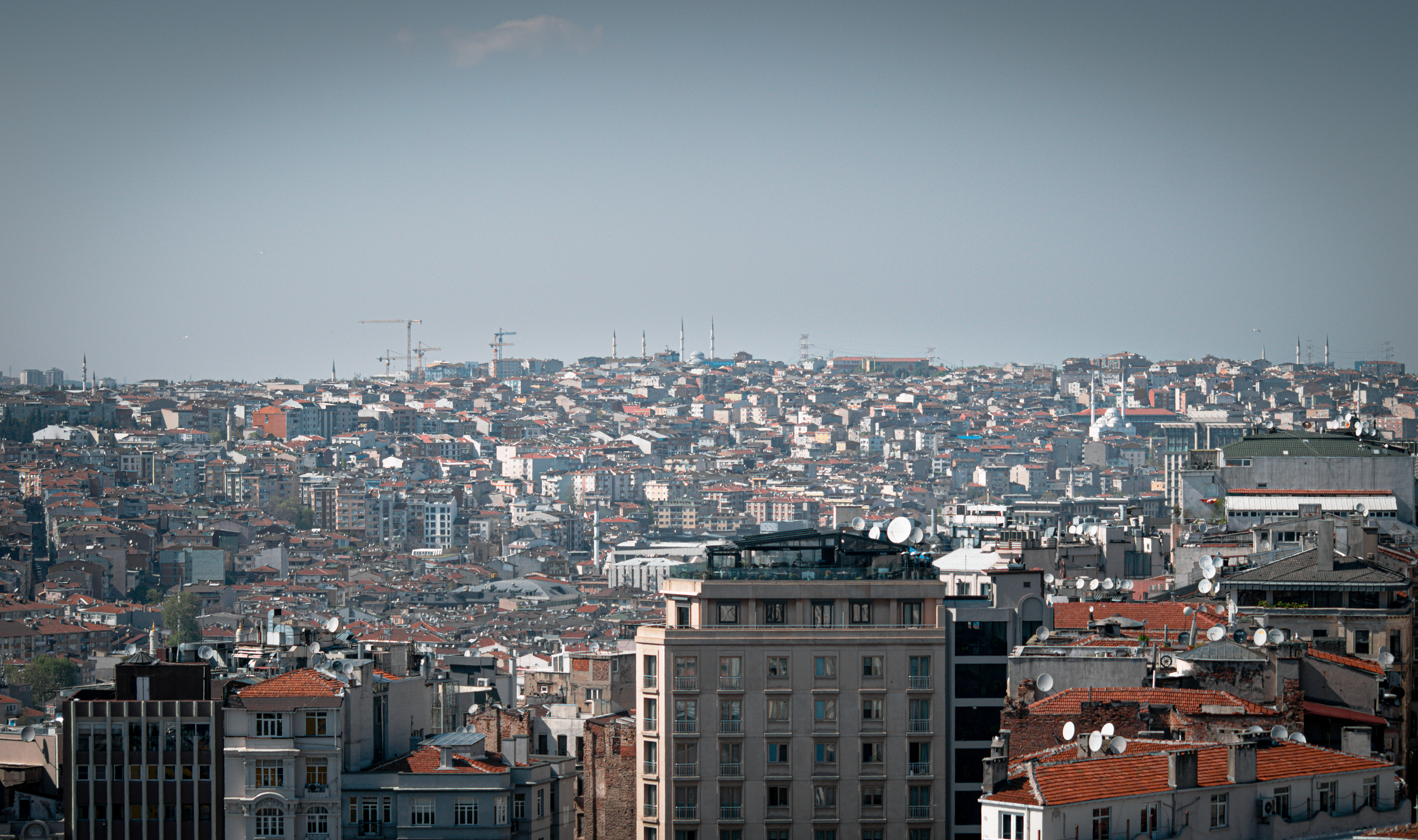
Galata Tower View
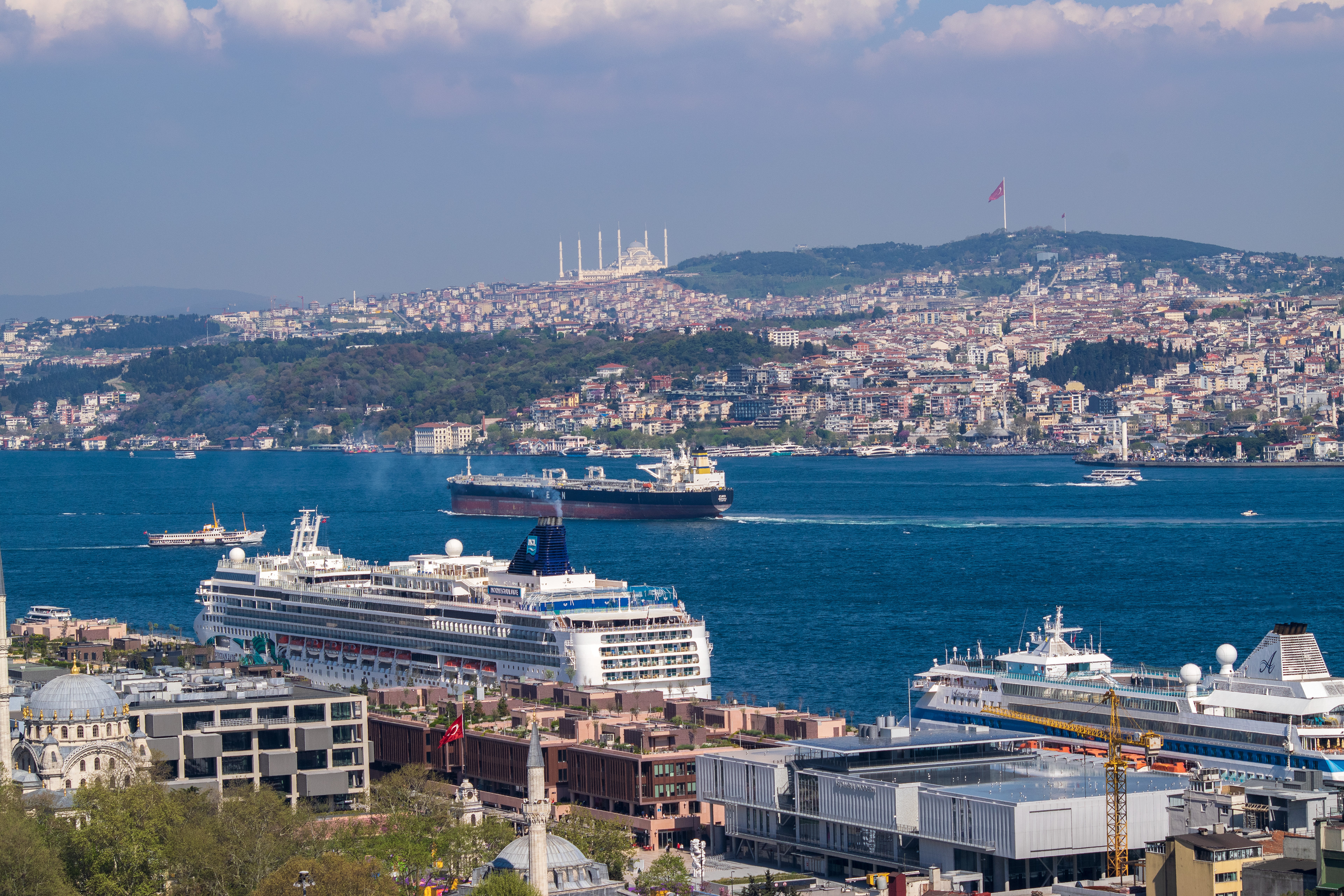
Galata Tower View
The name Byzantium may derive from that of Byzas, leader of the Greeks from the city of Megara who, according to legend, captured the peninsula from pastoral Thracian tribes and built the town about 657 BCE. In 196 CE, having razed the town for opposing him in a civil war, the Roman emperor Septimius Severus rebuilt it, naming it Augusta Antonina in honour of his son. In 330 CE, when Constantine the Great dedicated the city as his capital, he called it New Rome.
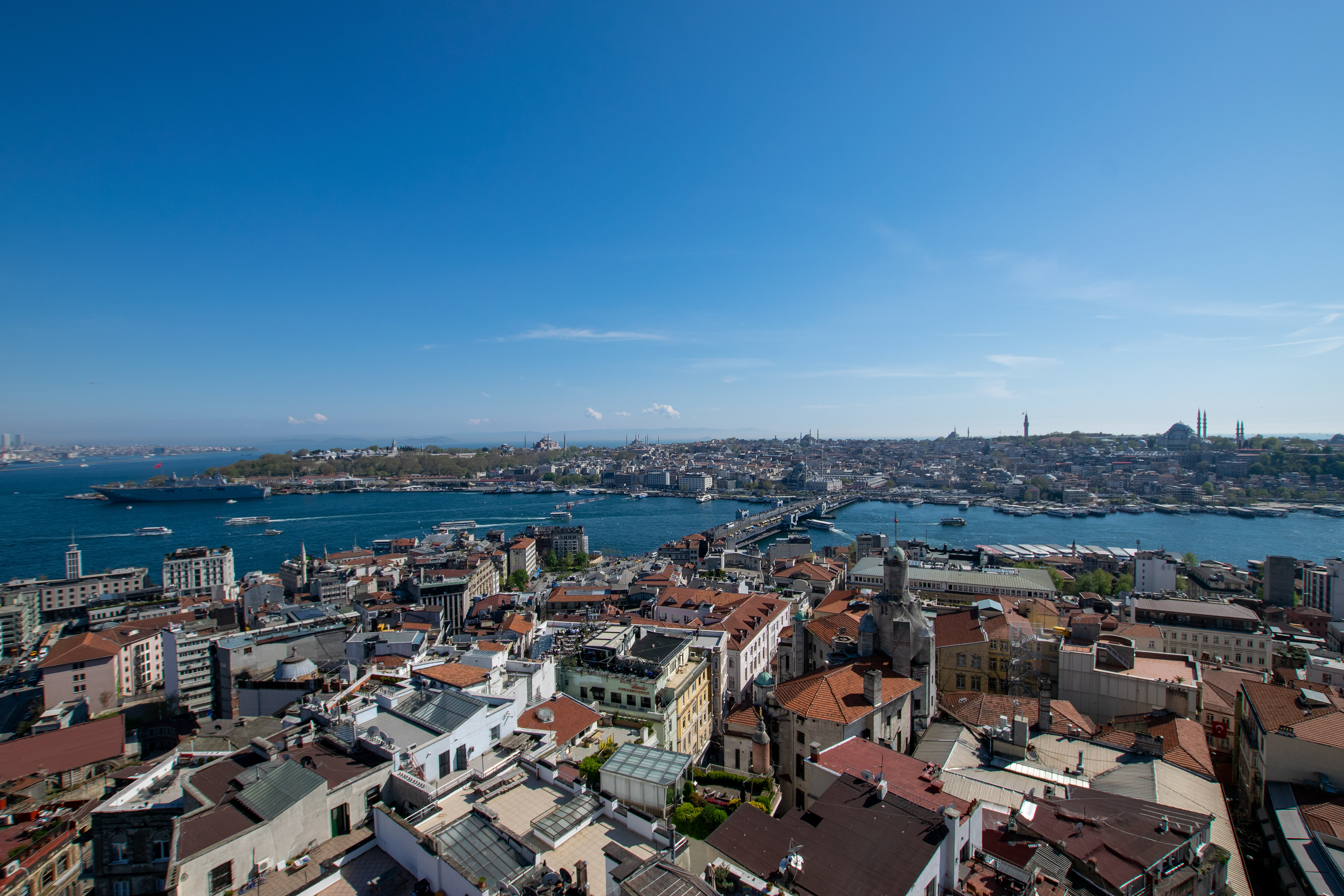
Galata Tower View
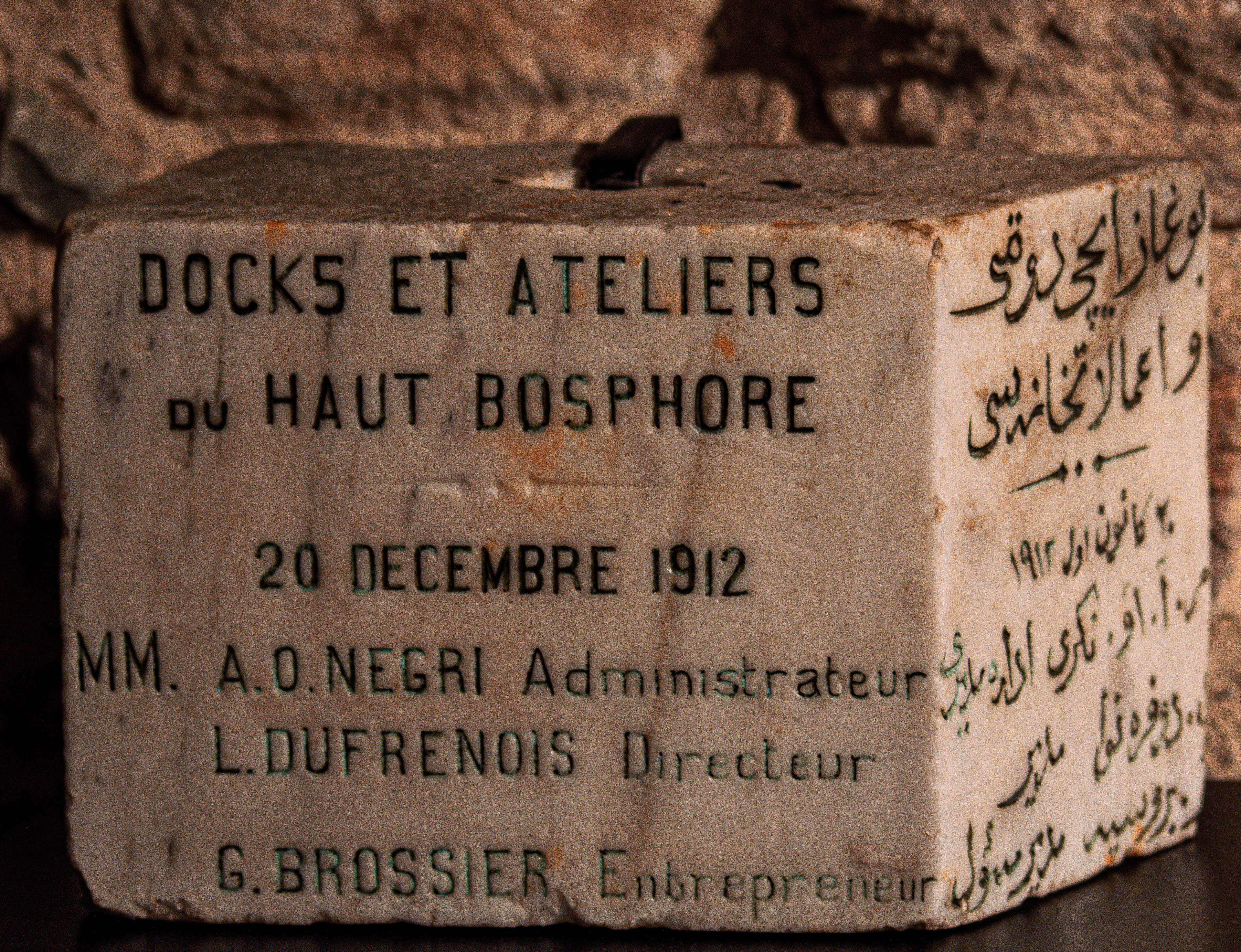
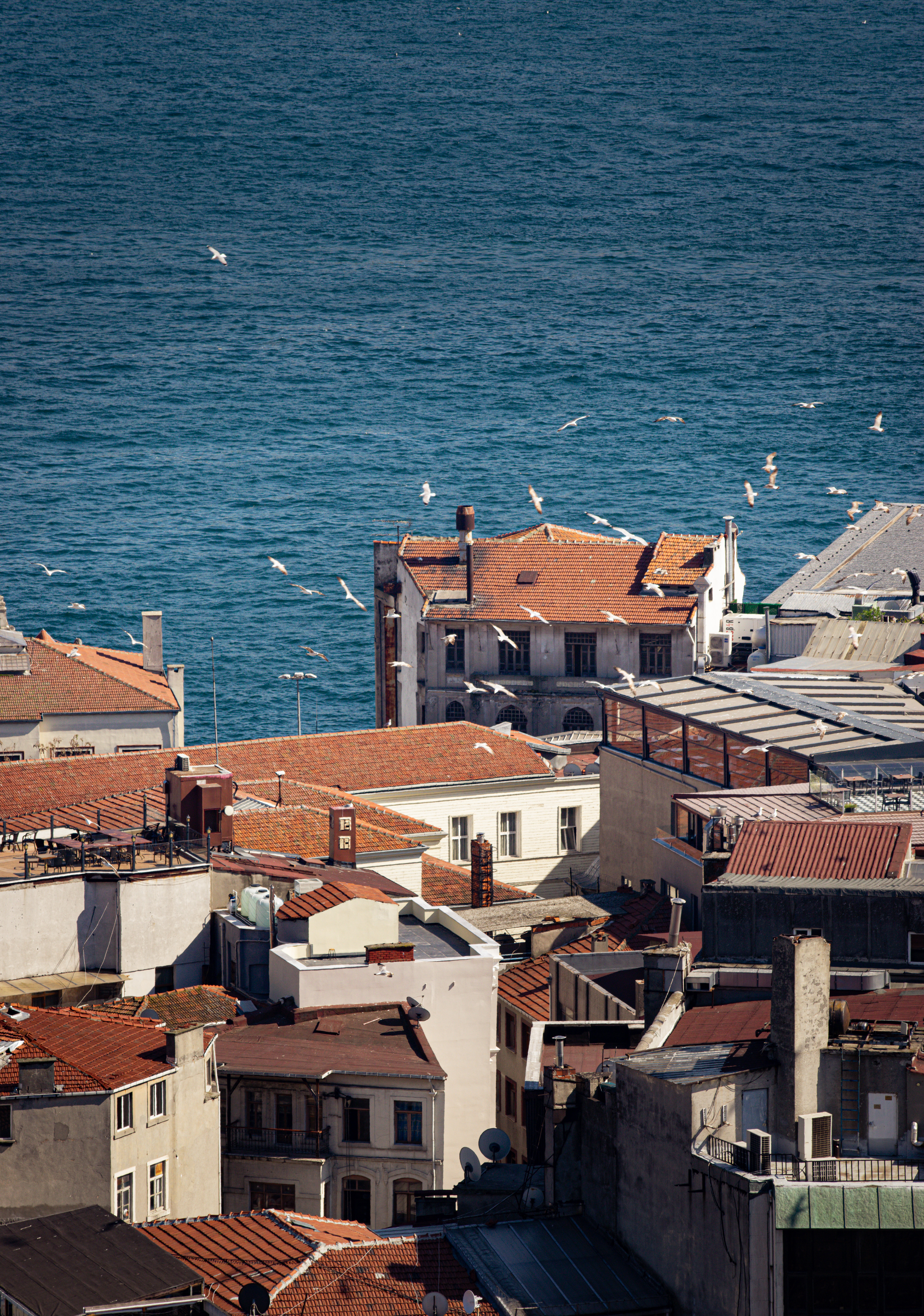
Galata Tower View
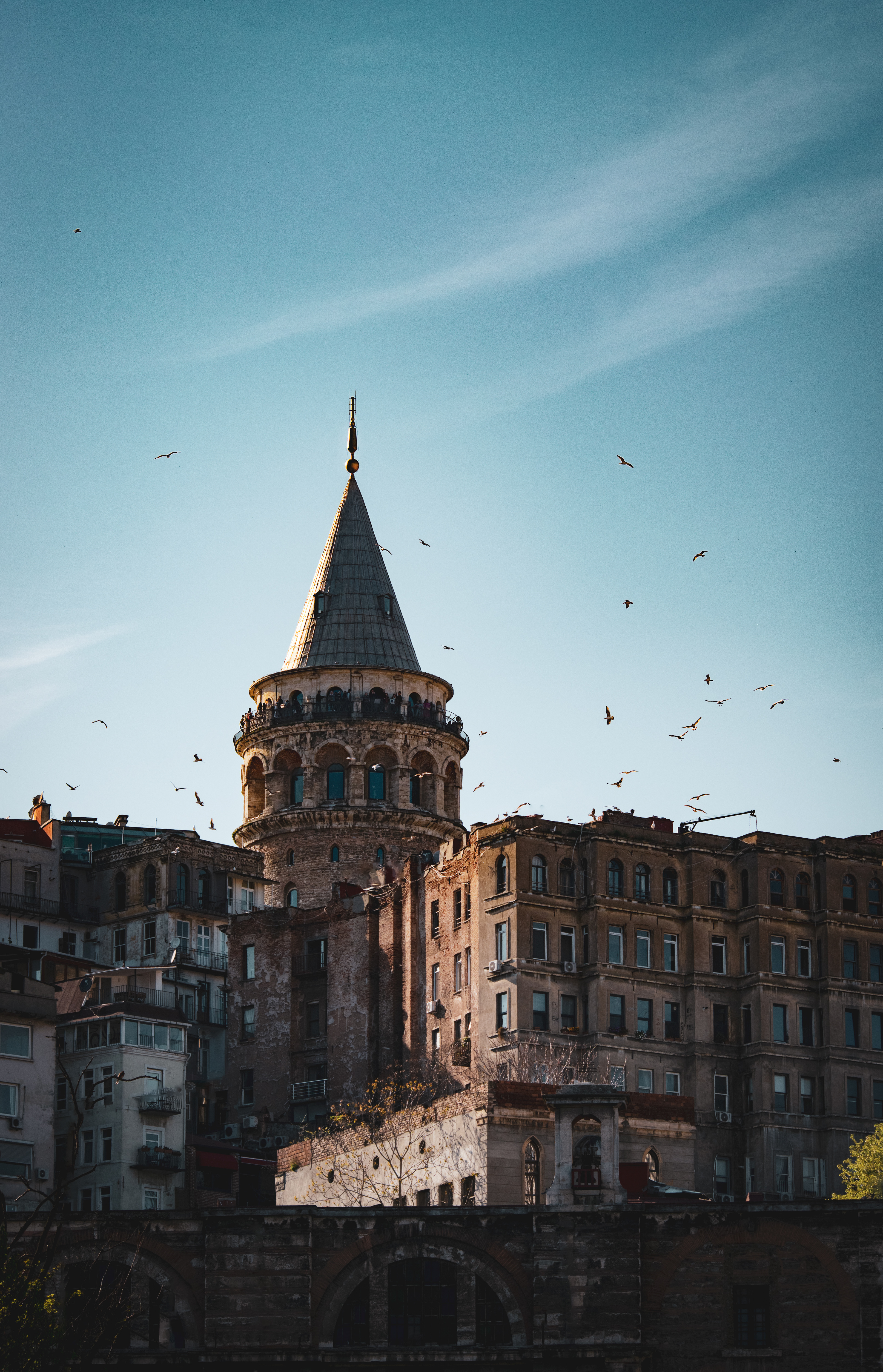
Galata Kulesi
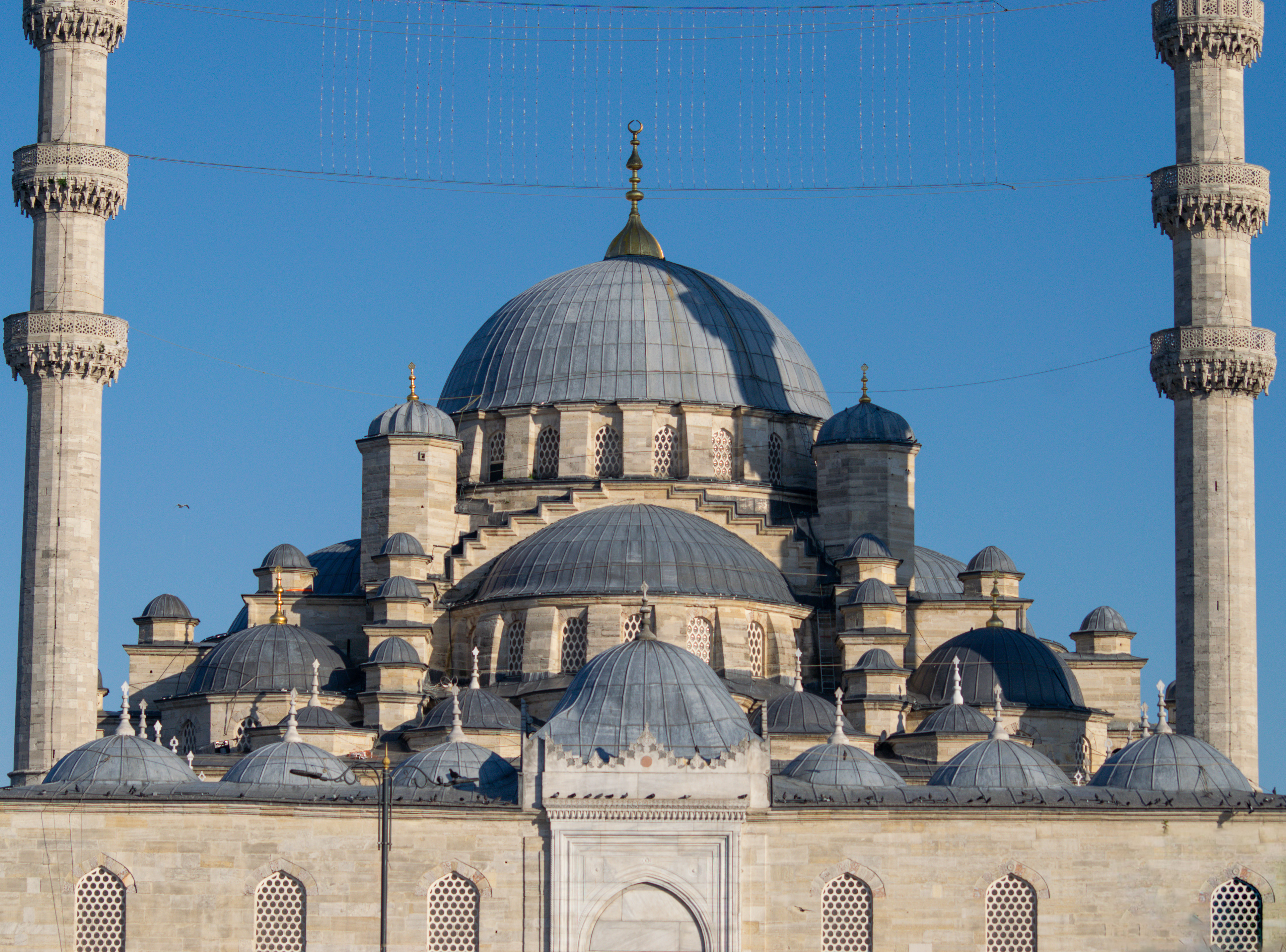
Suleymaniye Mosque
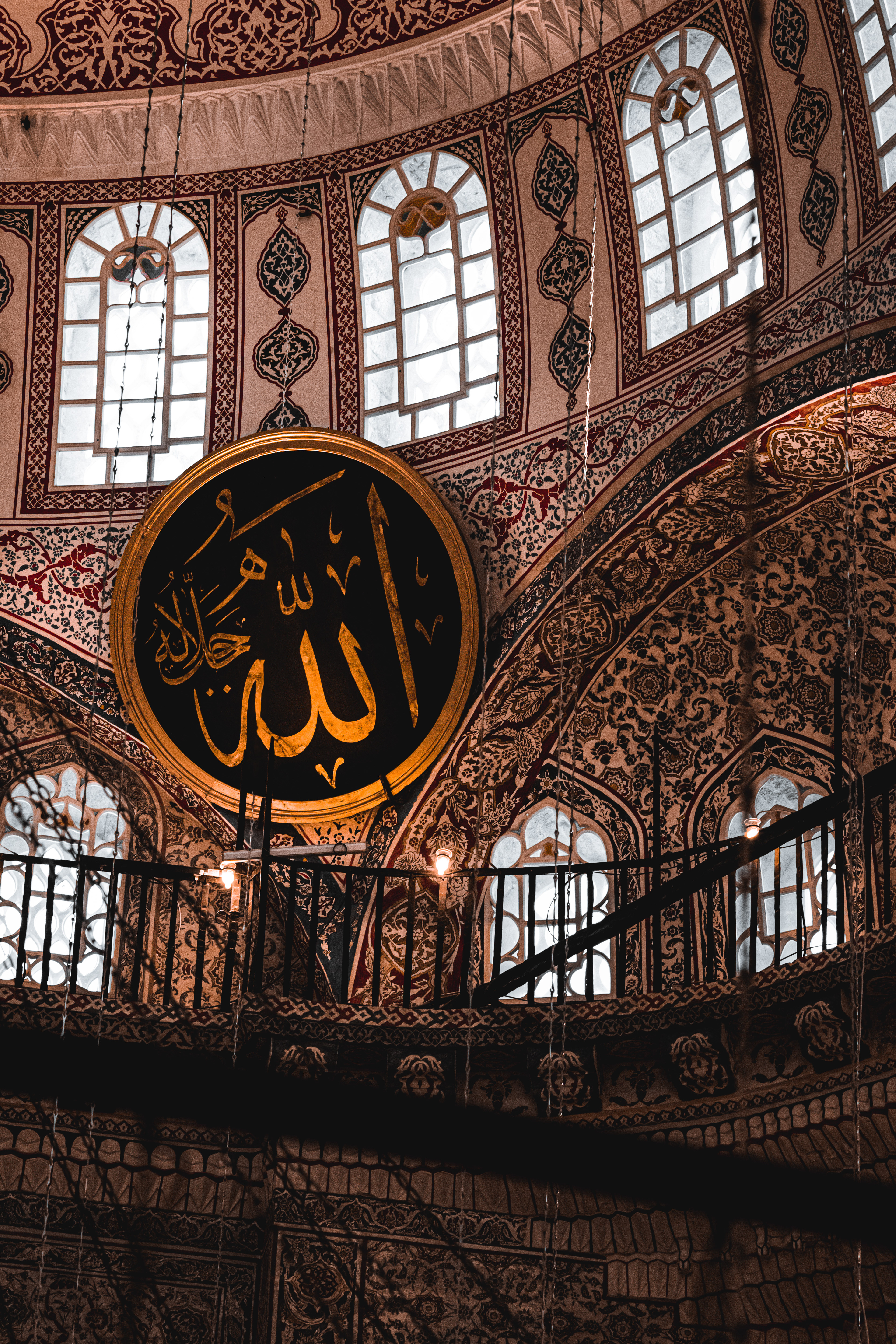
Suleymaniye Mosque
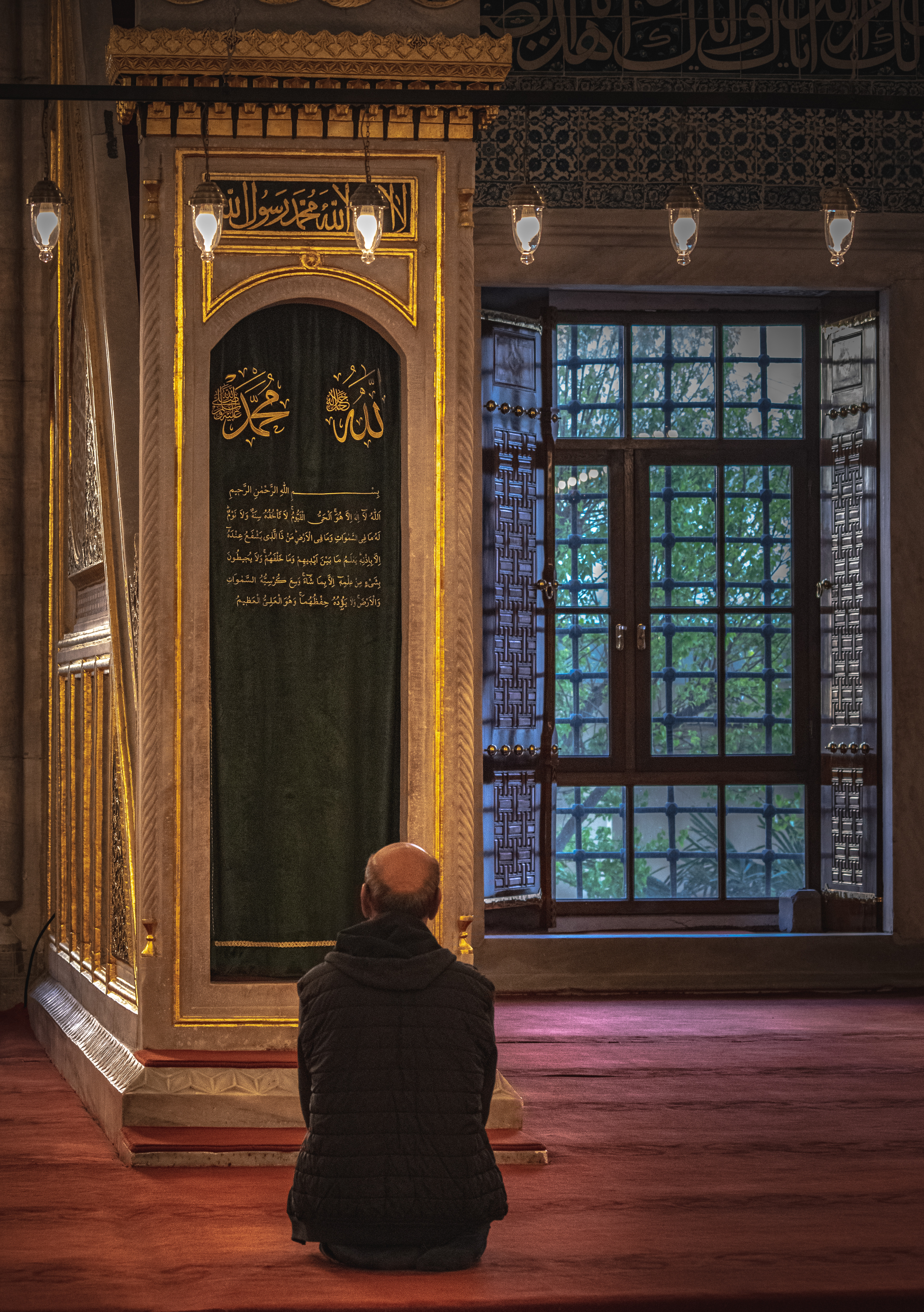
Suleymaniye Mosque
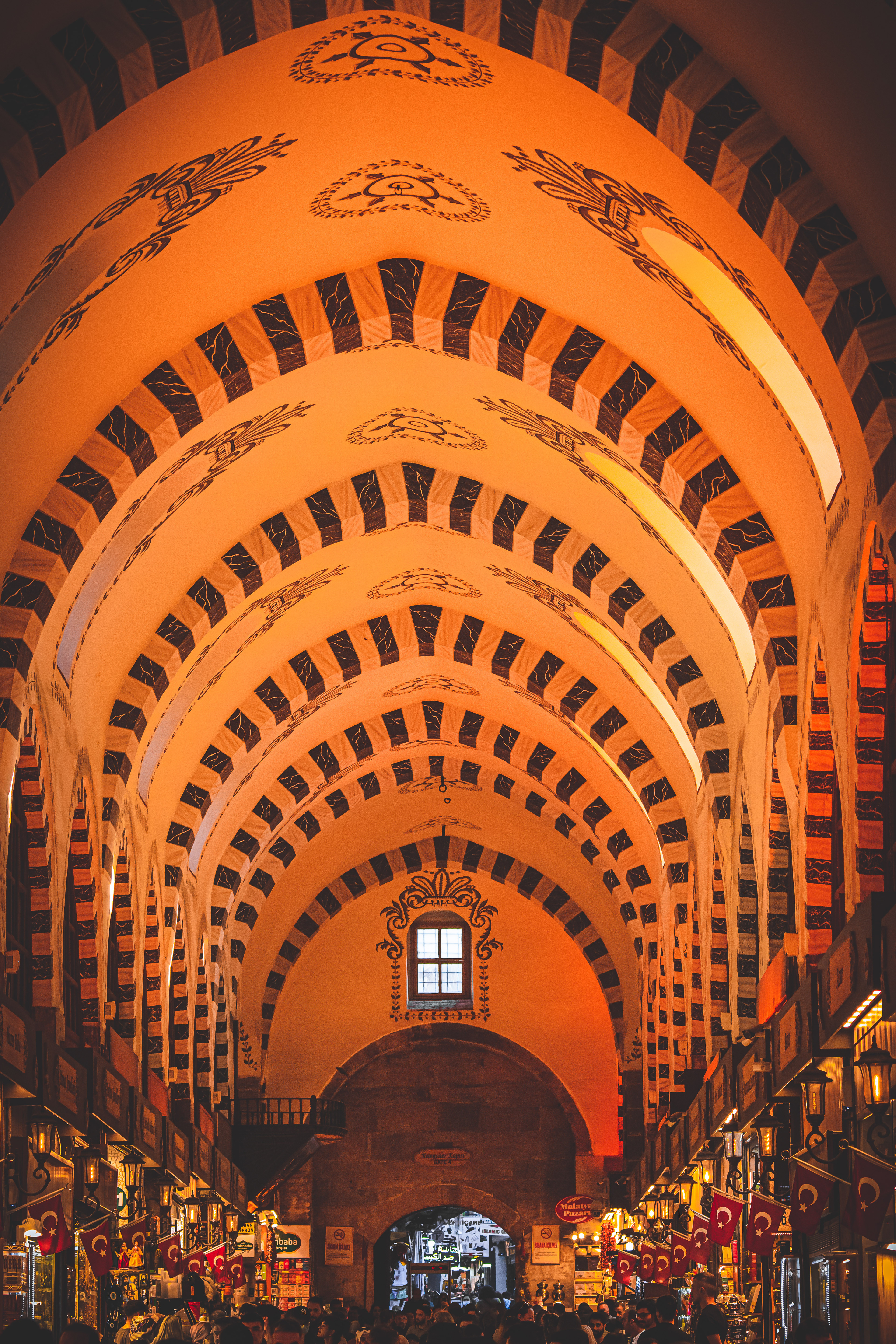
Grand Bazaar
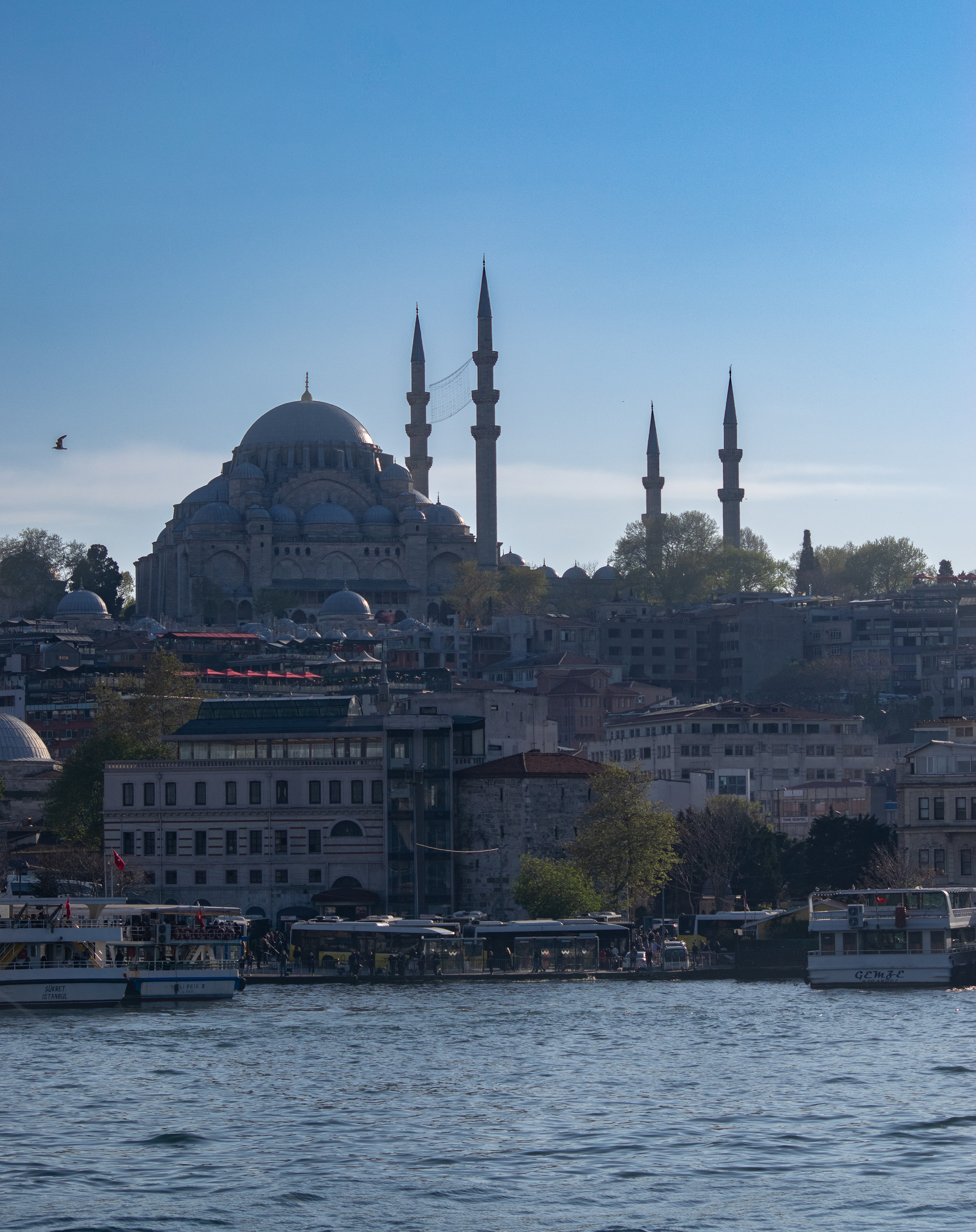
Blue Mosque
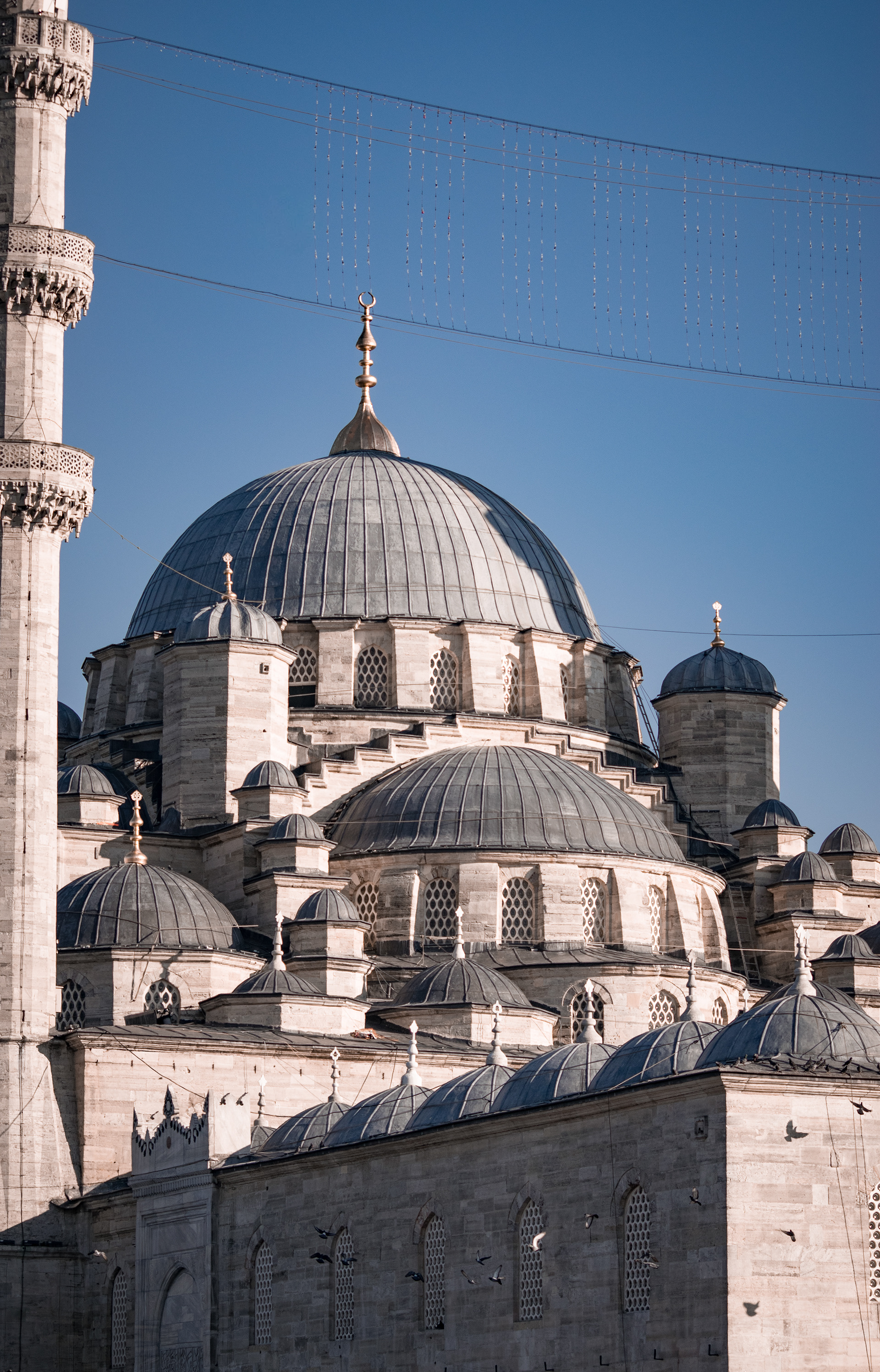
Suleymaniye Mosque
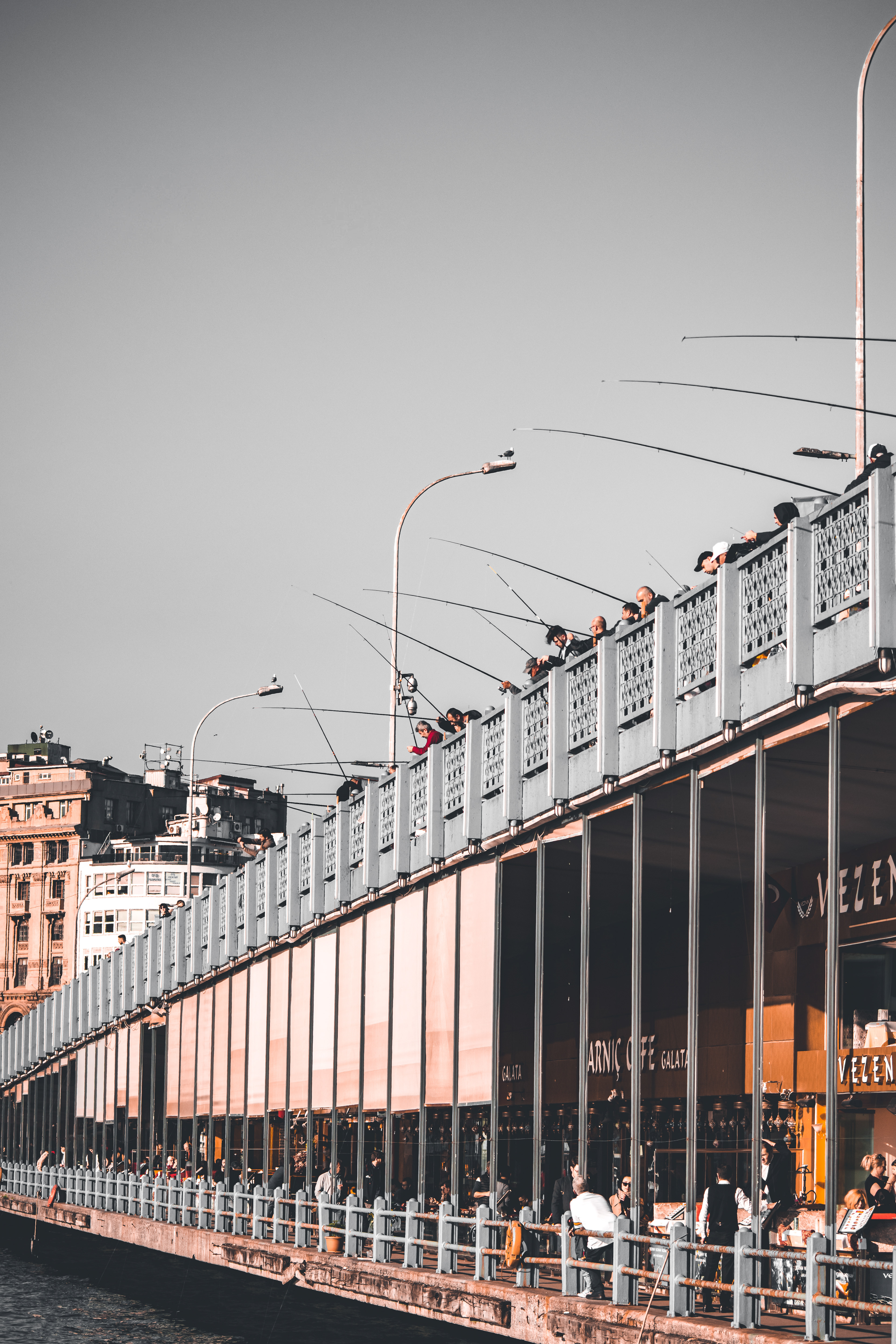
Galata Bridge
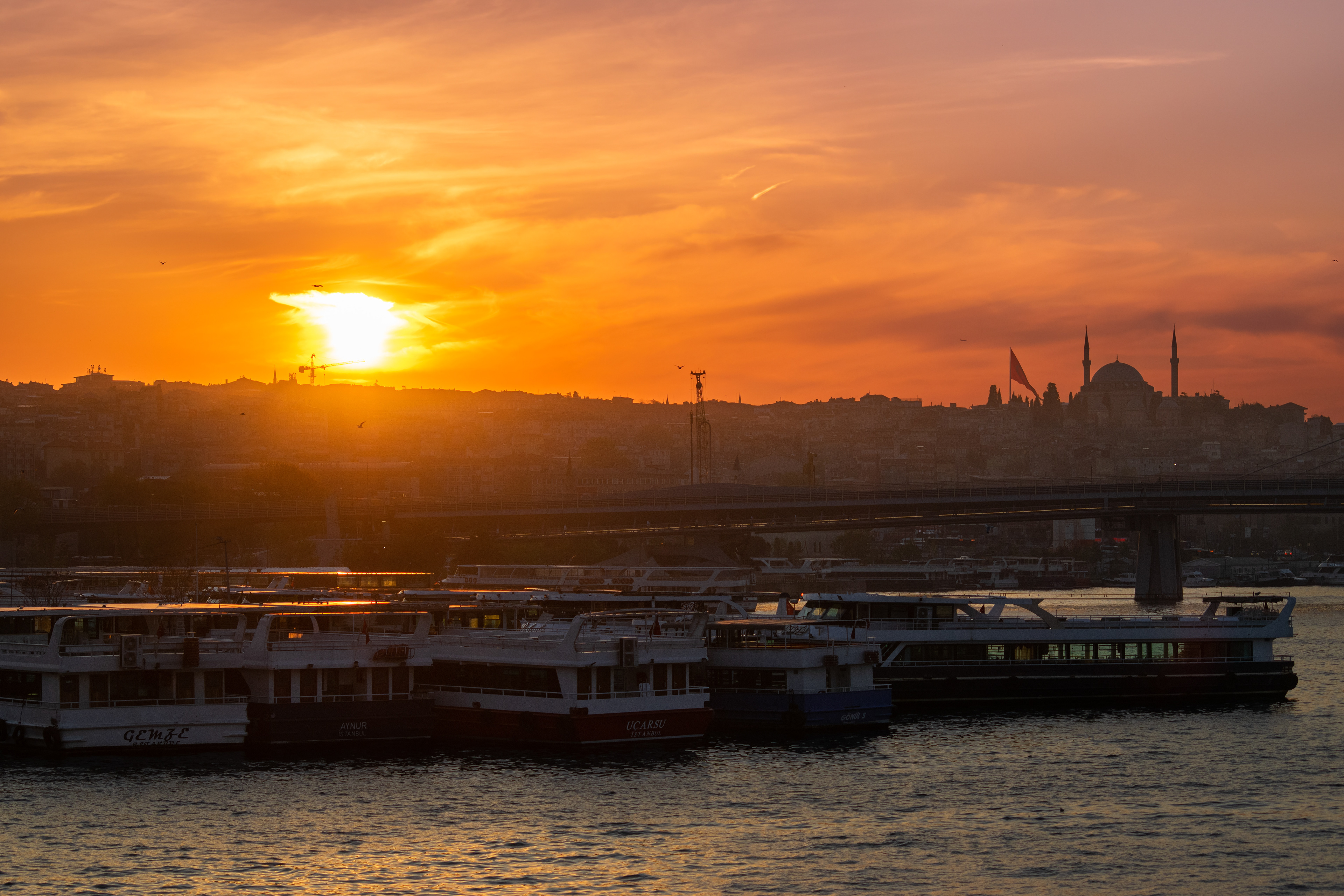
Galata Bridge
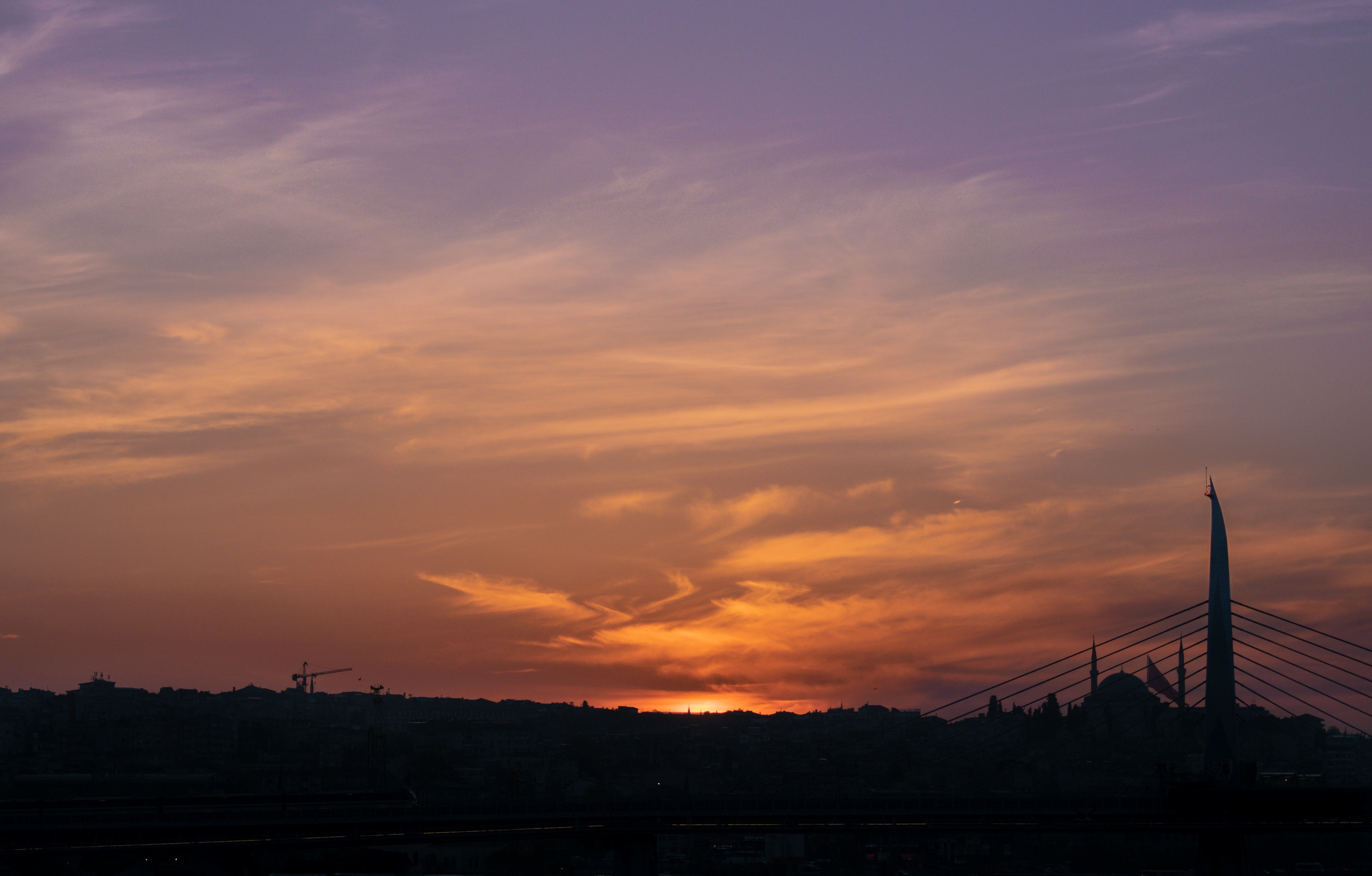
Galata Bridge
the Largest LEGACY from the capital of the vanished EMPIRE is 25 Byzantine churches. Many of these are still in use—as mosques. The largest of the churches is considered one of the great buildings of the world. This is HAGIA SOPHIA, whose name means “Divine Wisdom.” Its contemporary and neighbour, St. Irene, was dedicated to “Divine Peace.” Many art historians deem the dome (105 feet [32 metres] in diameter) of Hagia Sophia to be the most beautiful in the world.
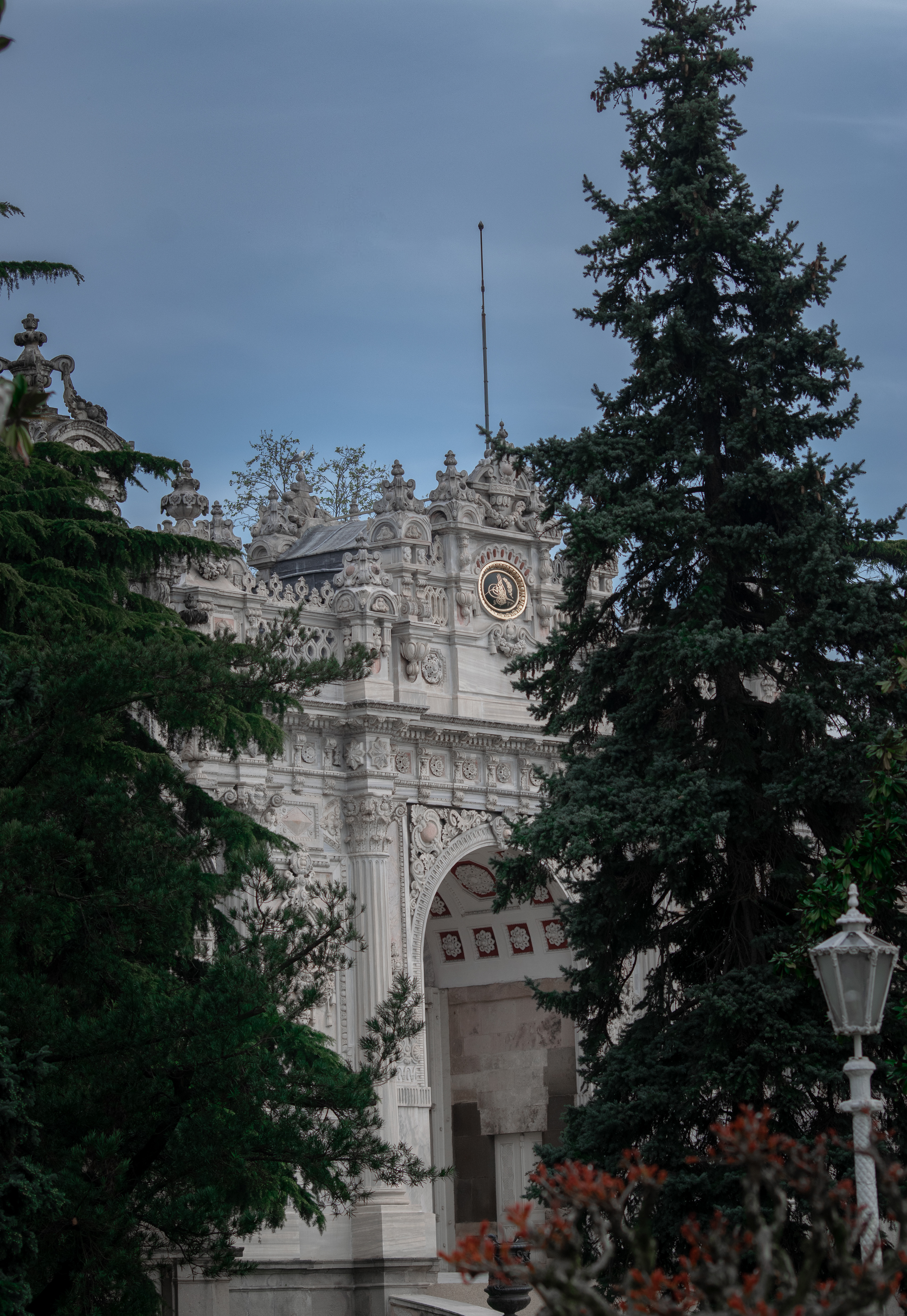
Dolmabahce Palace
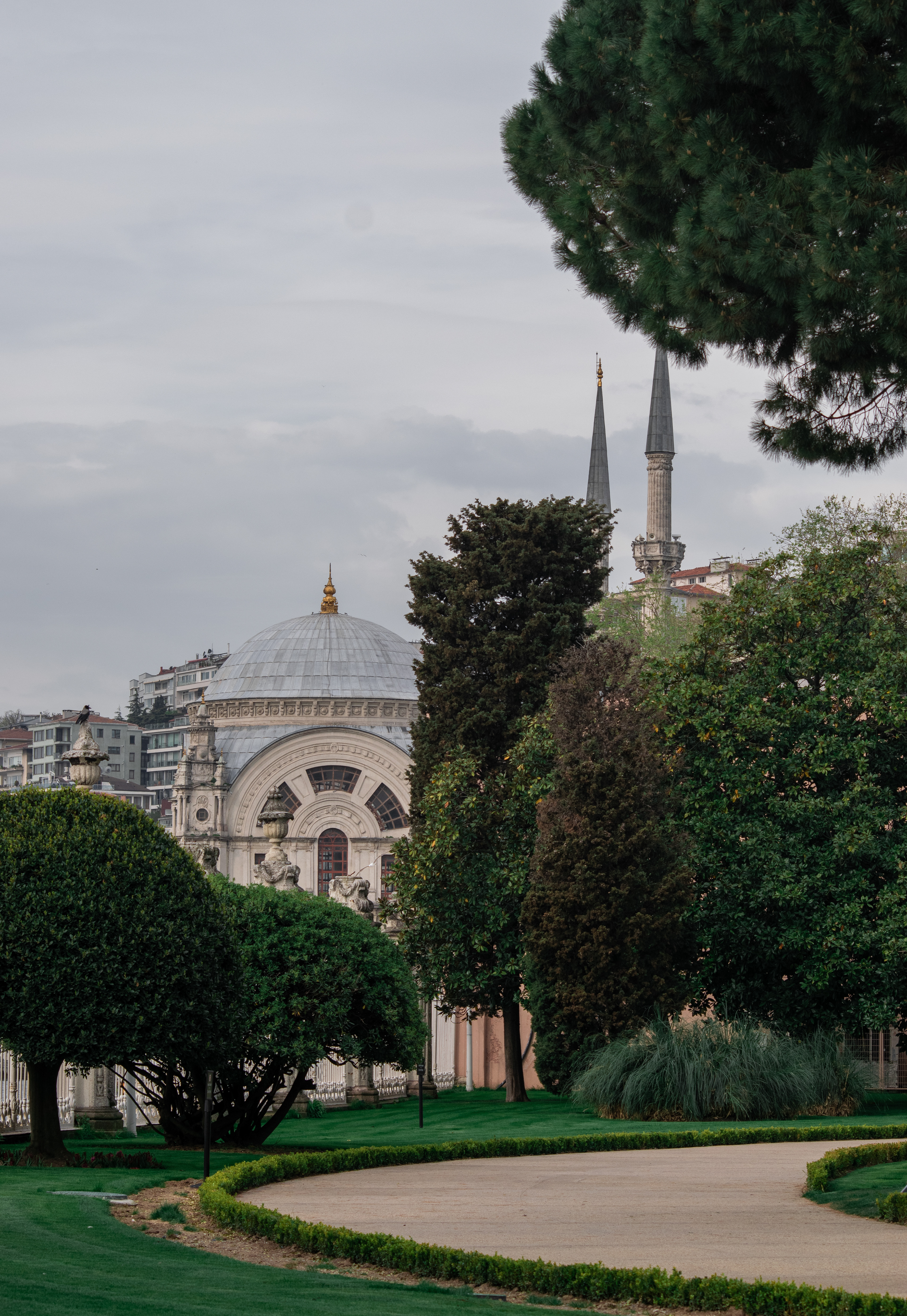
Dolmabahce Palace

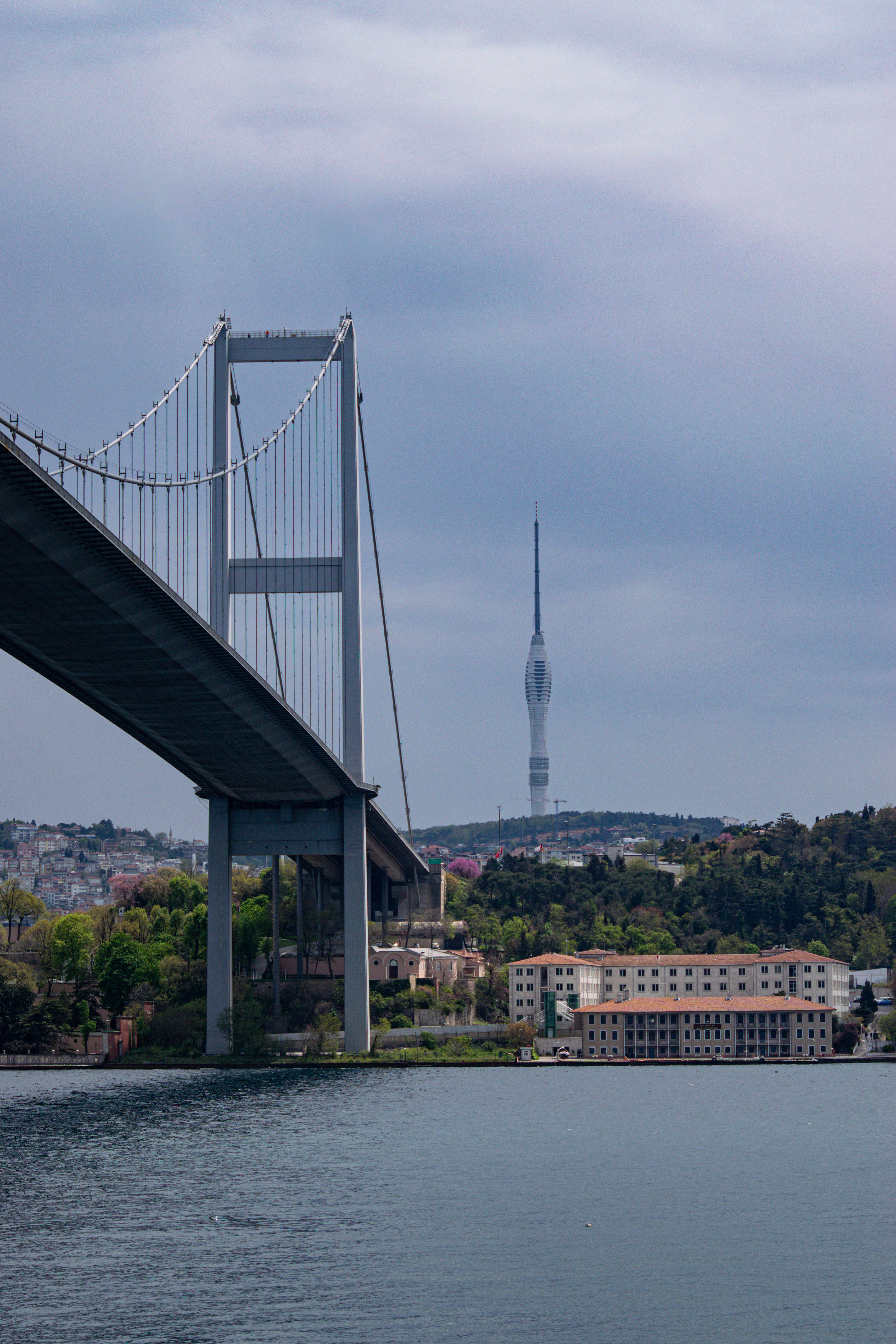
Camlica Tower
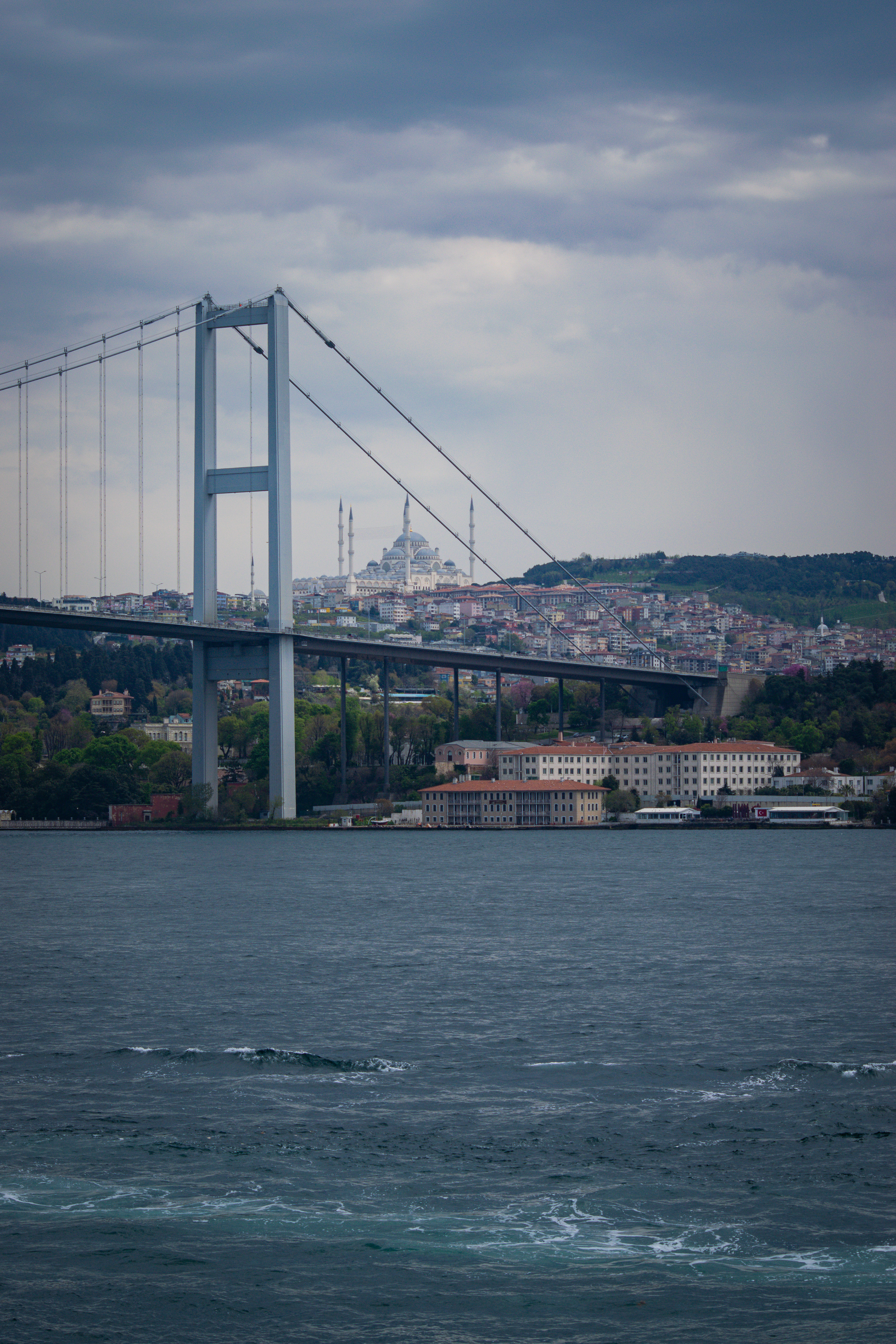
Grand Mosque

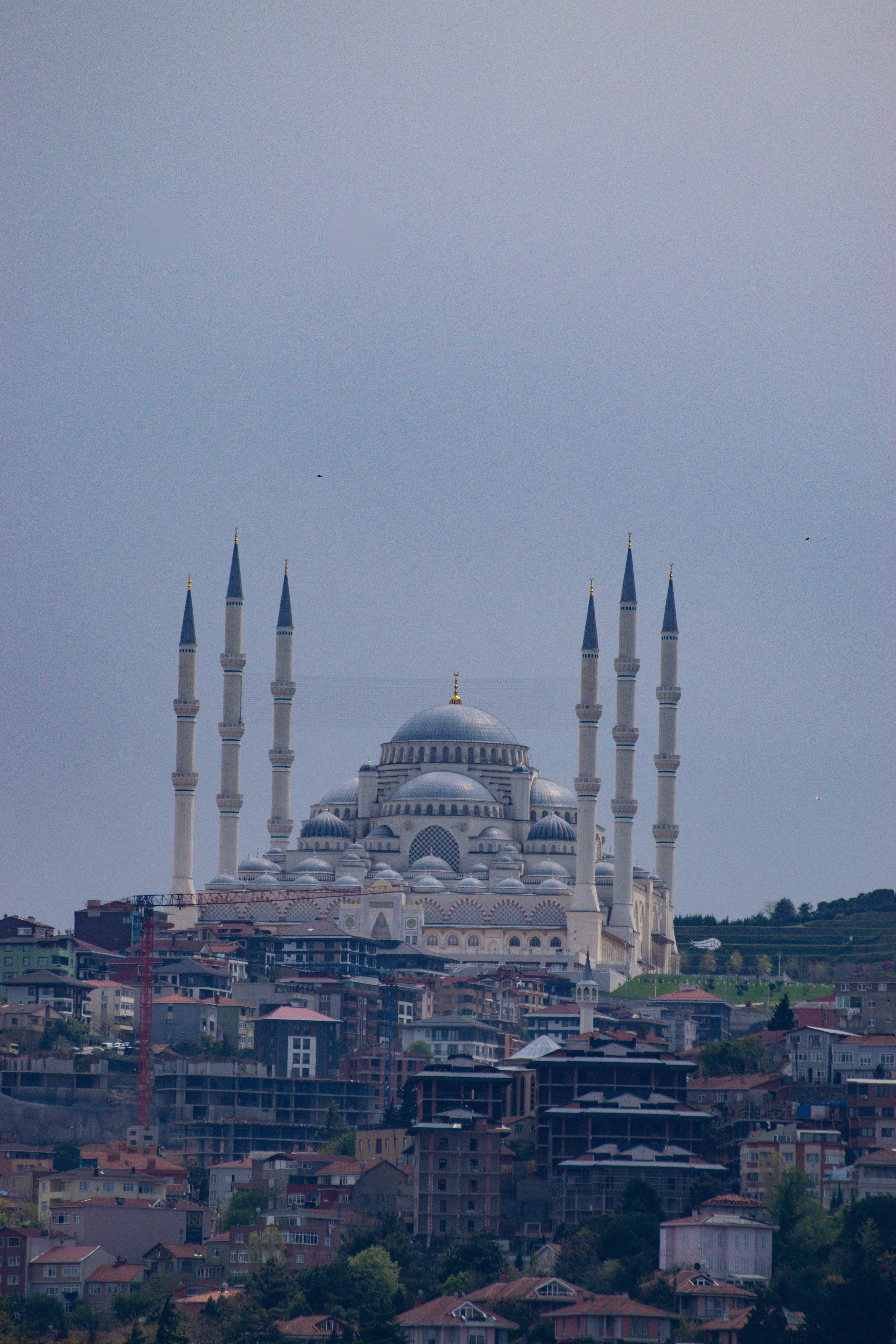
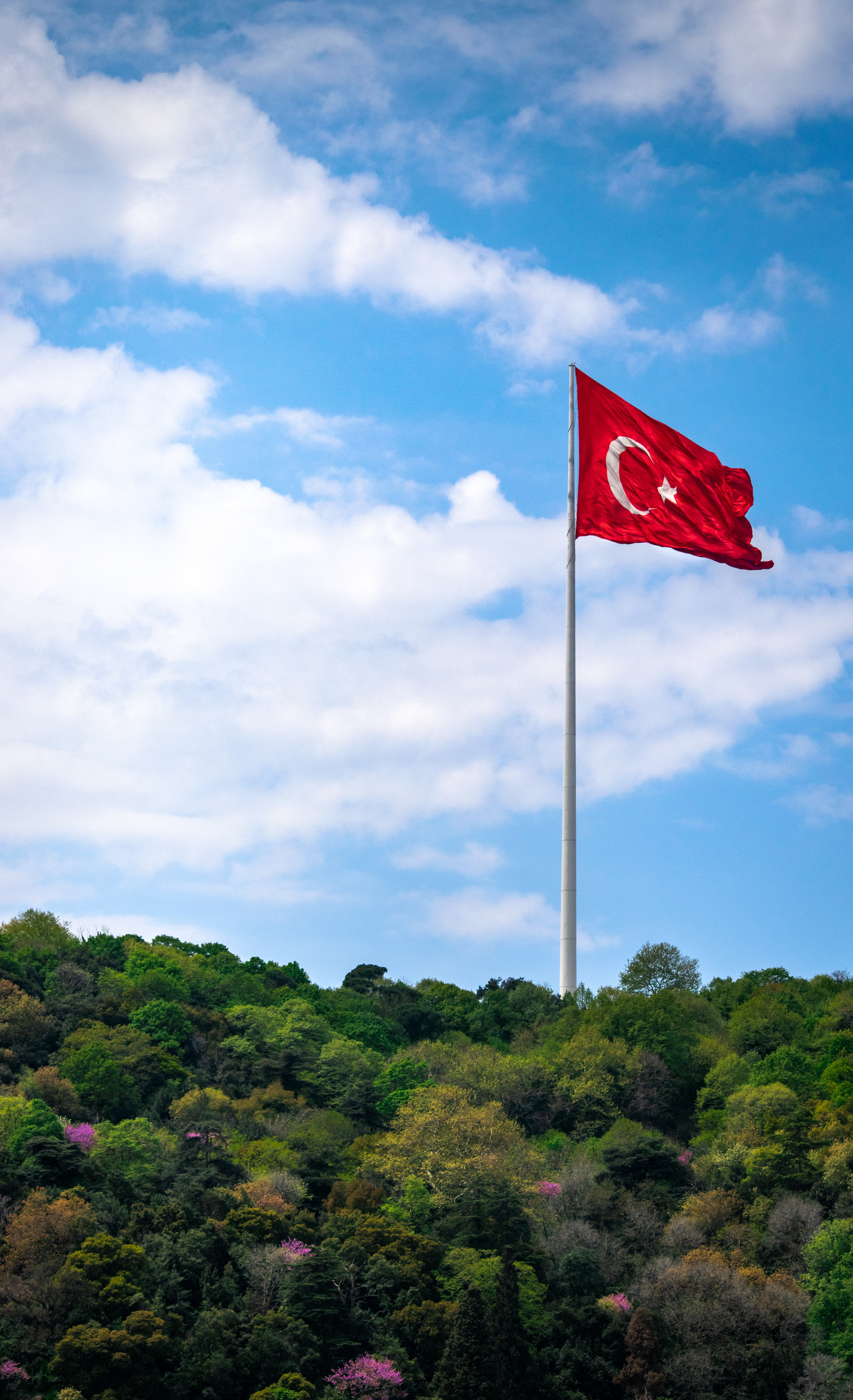
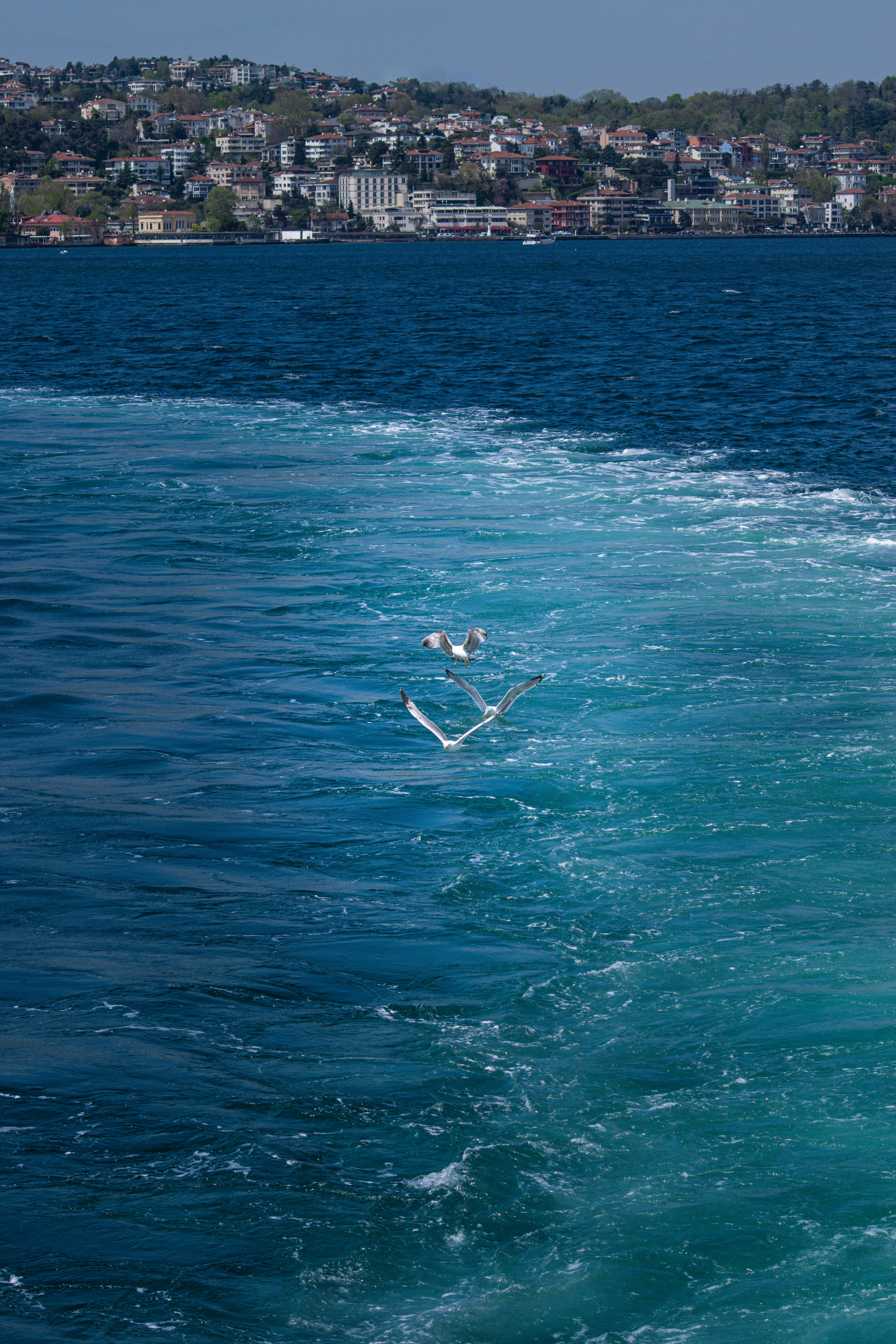
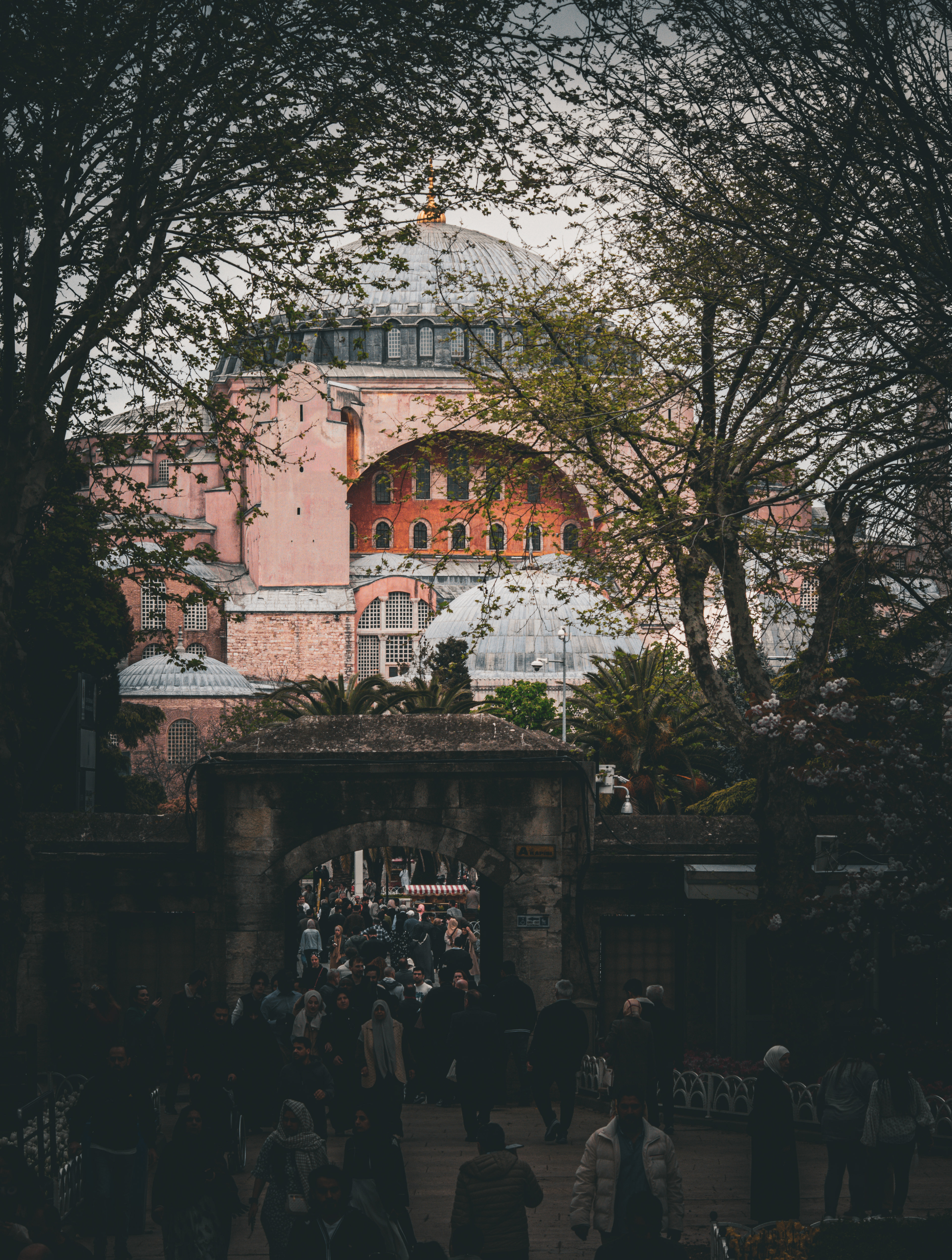
Hagia Sophia
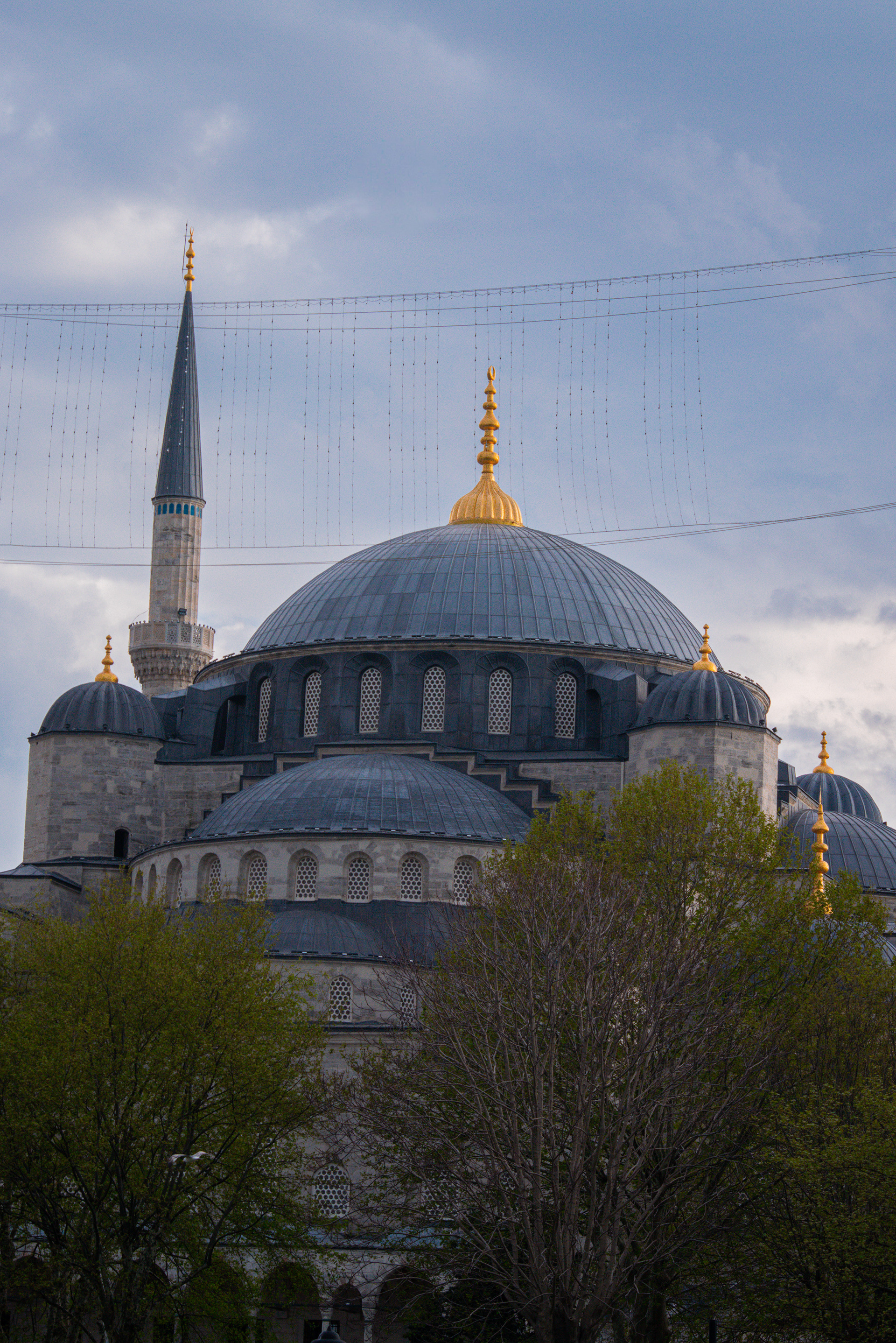
Blue Mosque
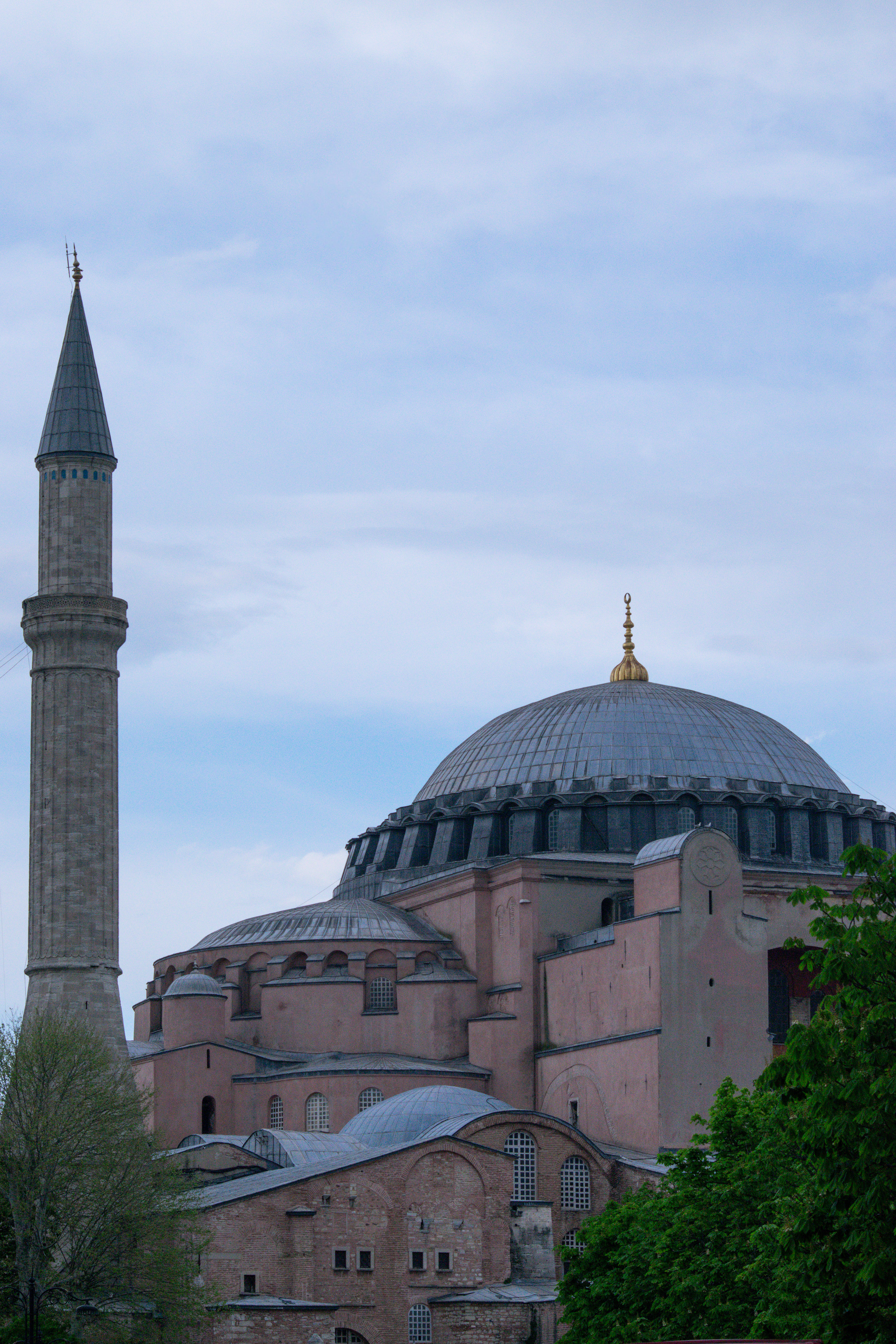
Hagia Sophia
When the turks took possession of Constantinople, they covered the spines of the seven hills with domes and minarets, changing the character of the city. Like the Greeks, the Romans, and the byzantines, the new rulers loved the city and spent much of their treasure and energy on its embellishment.
The Ottoman dynasty, which lasted from 1300 to 1922, continued to build new important structures almost until the end of their line. The most imposing of their mosques were constructed from the mid-15th to the mid-16th century, and the greatest of the architects all bore the name of Sinan.
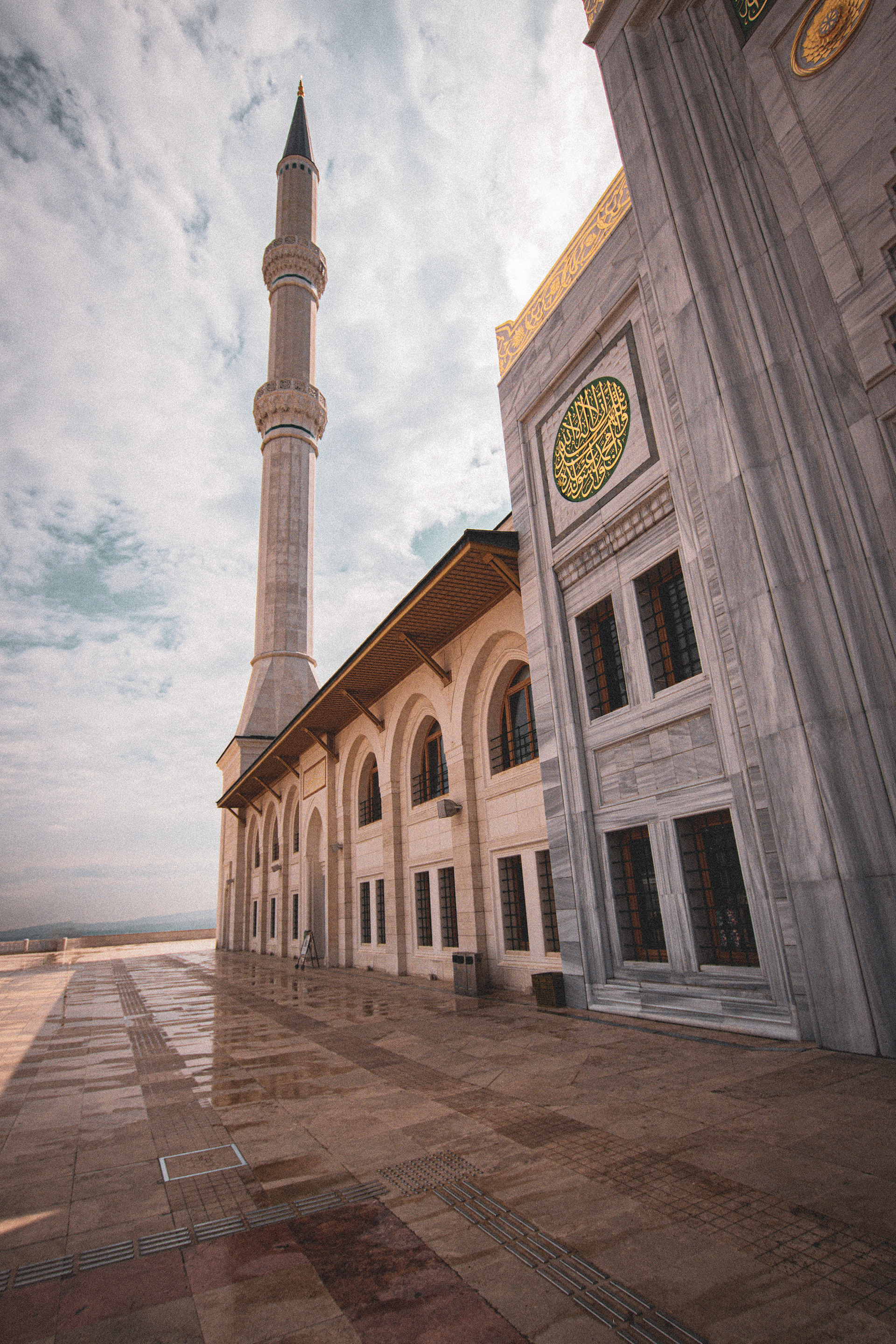
Grand Mosque

Grand Mosque
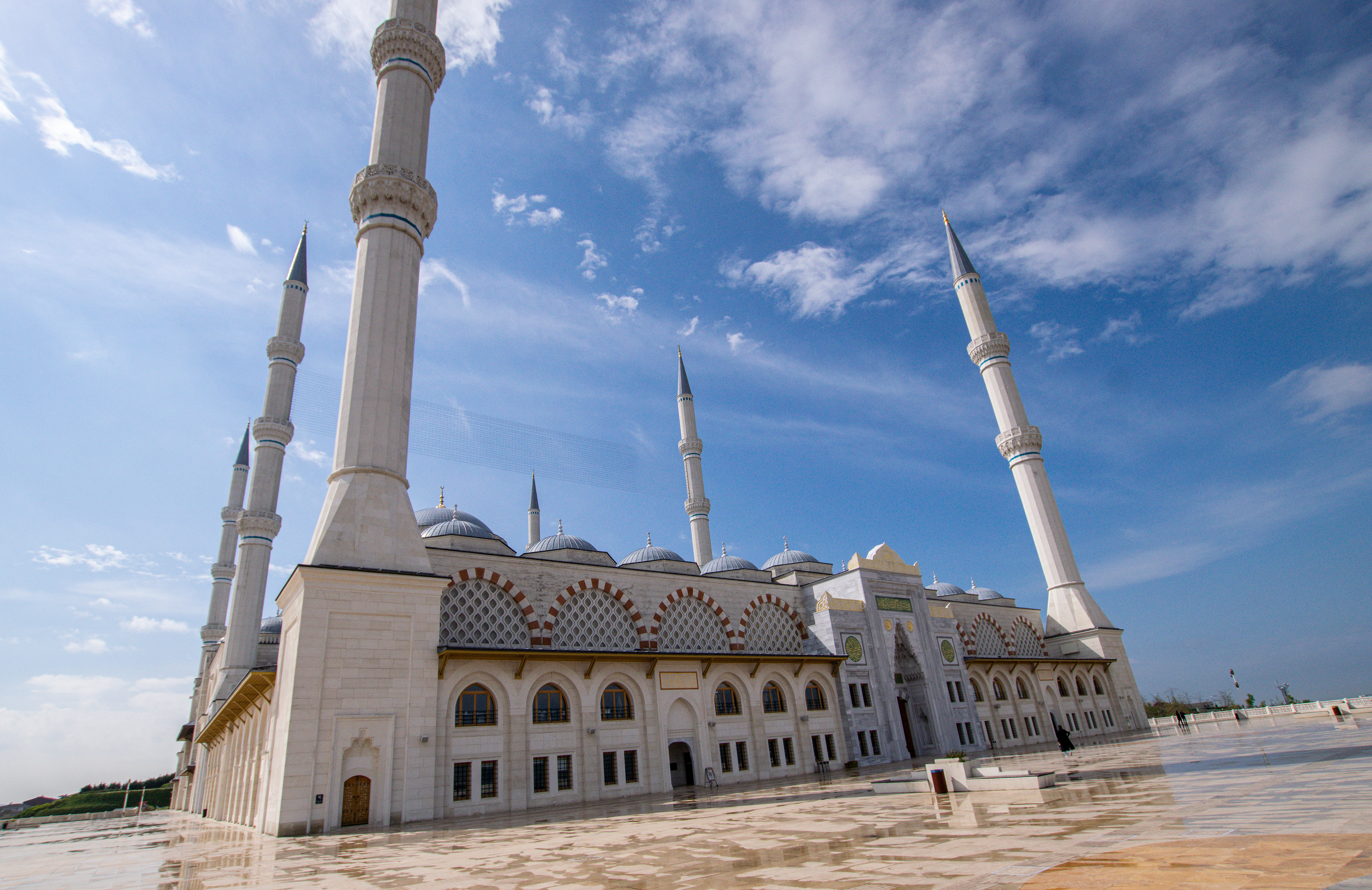
Grand Mosque
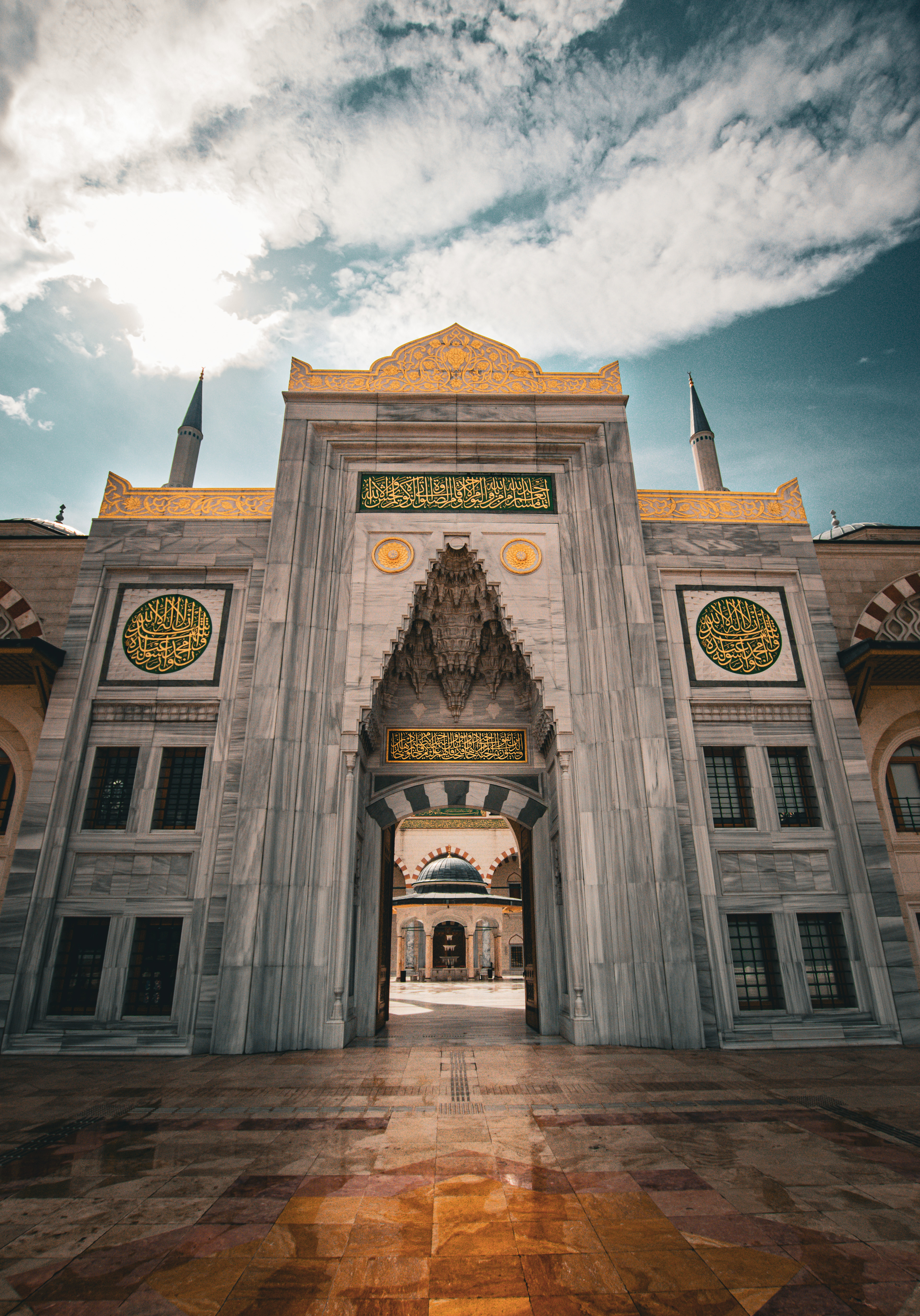
Grand Mosque
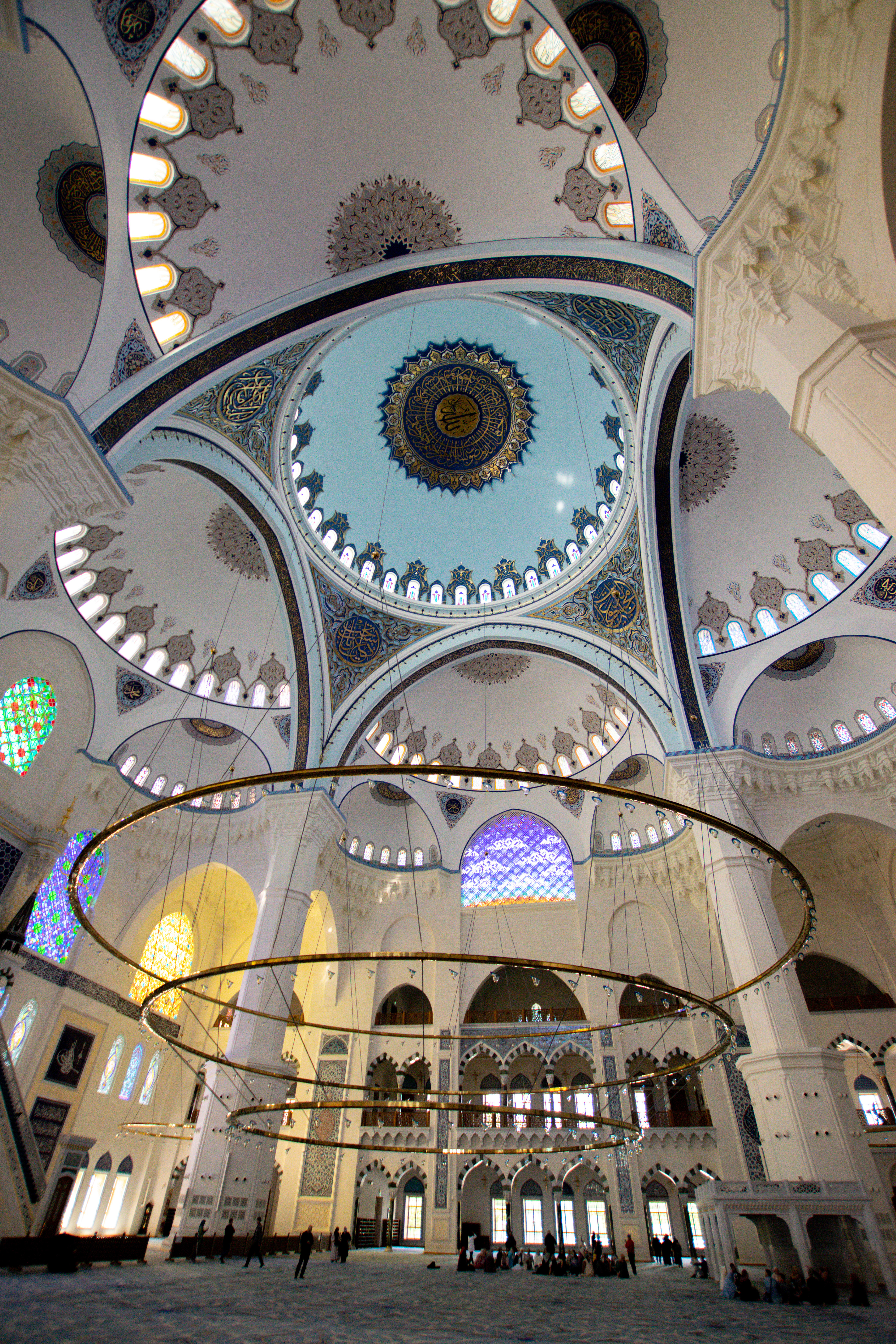
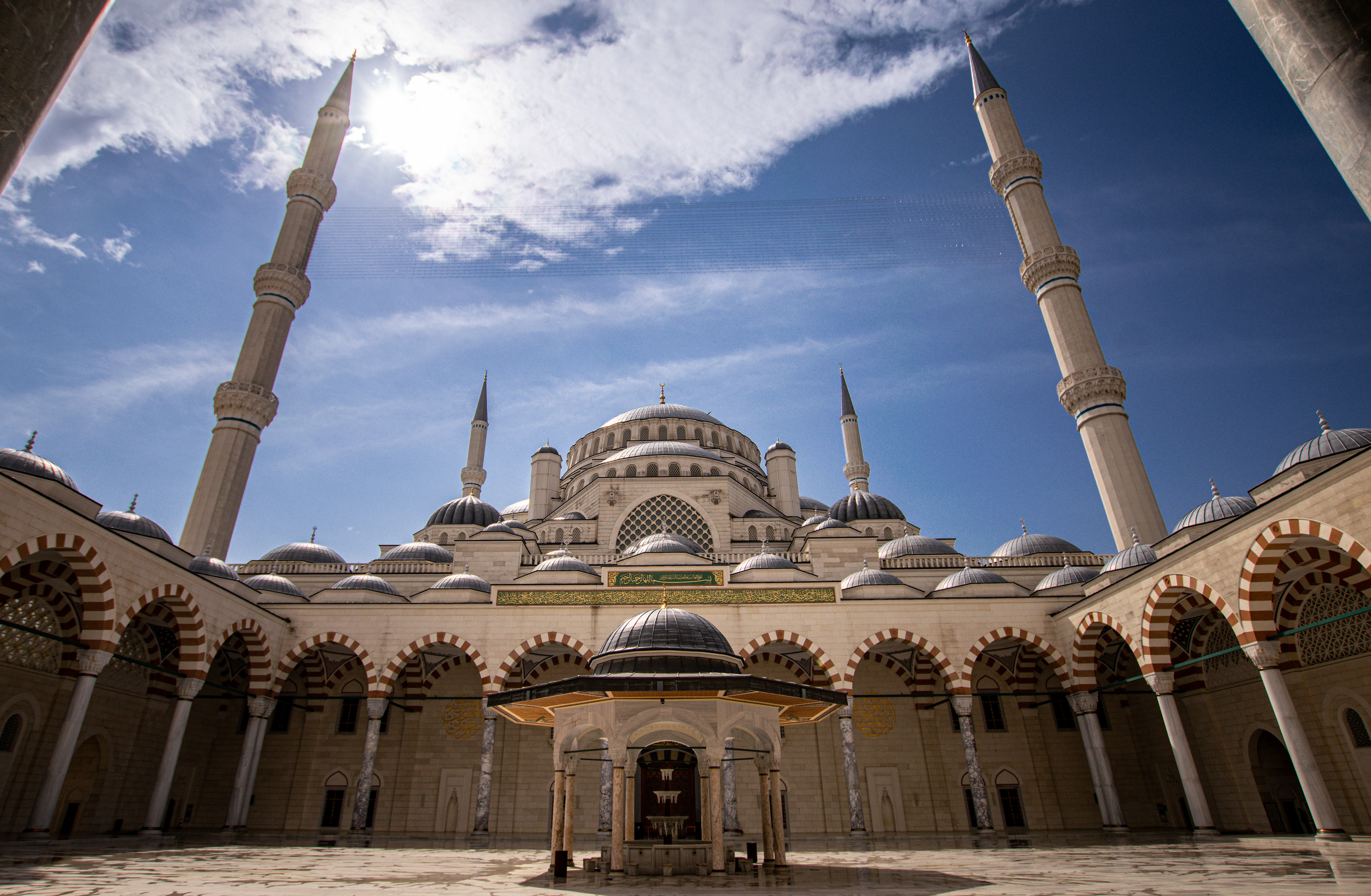
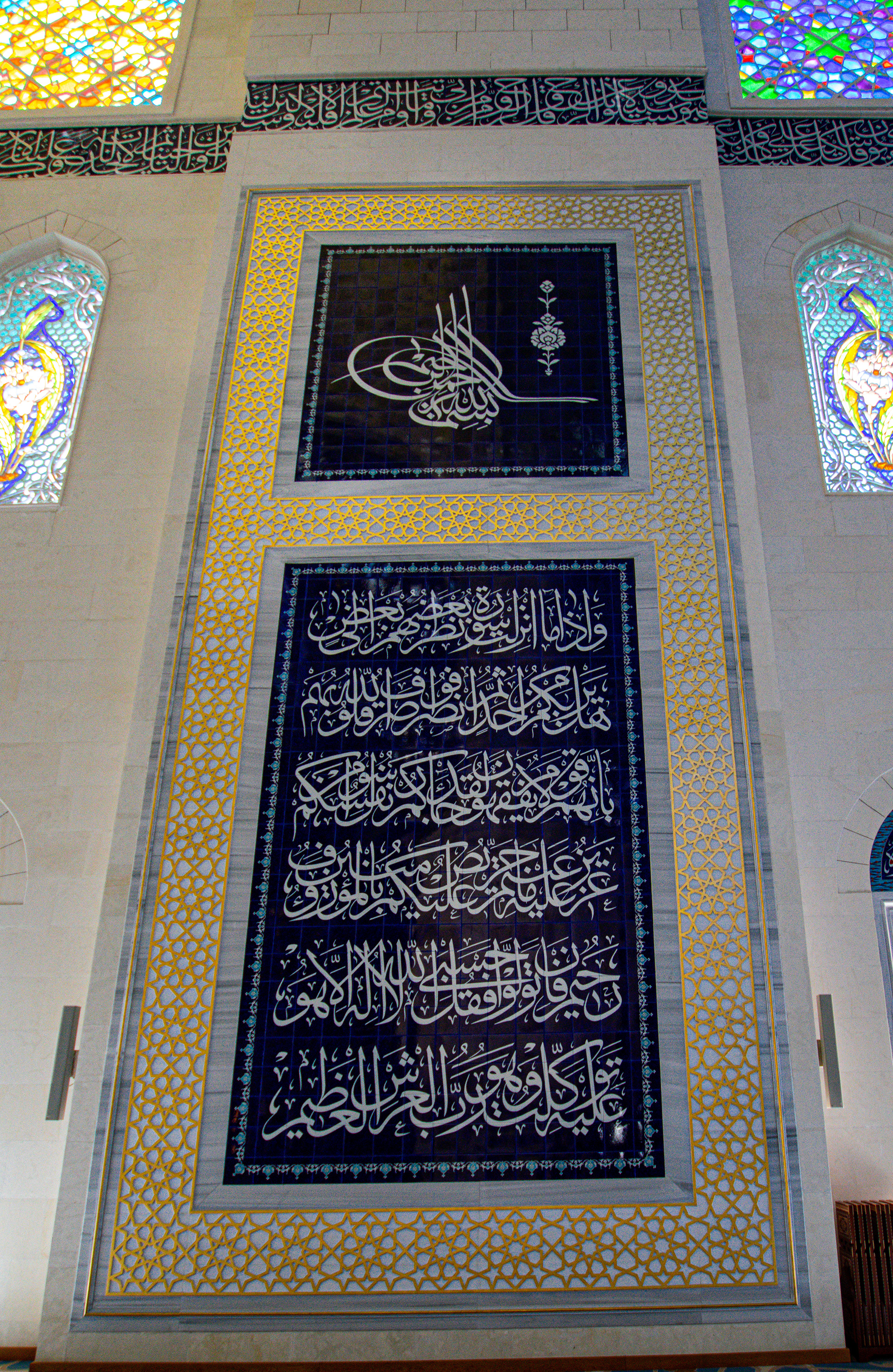
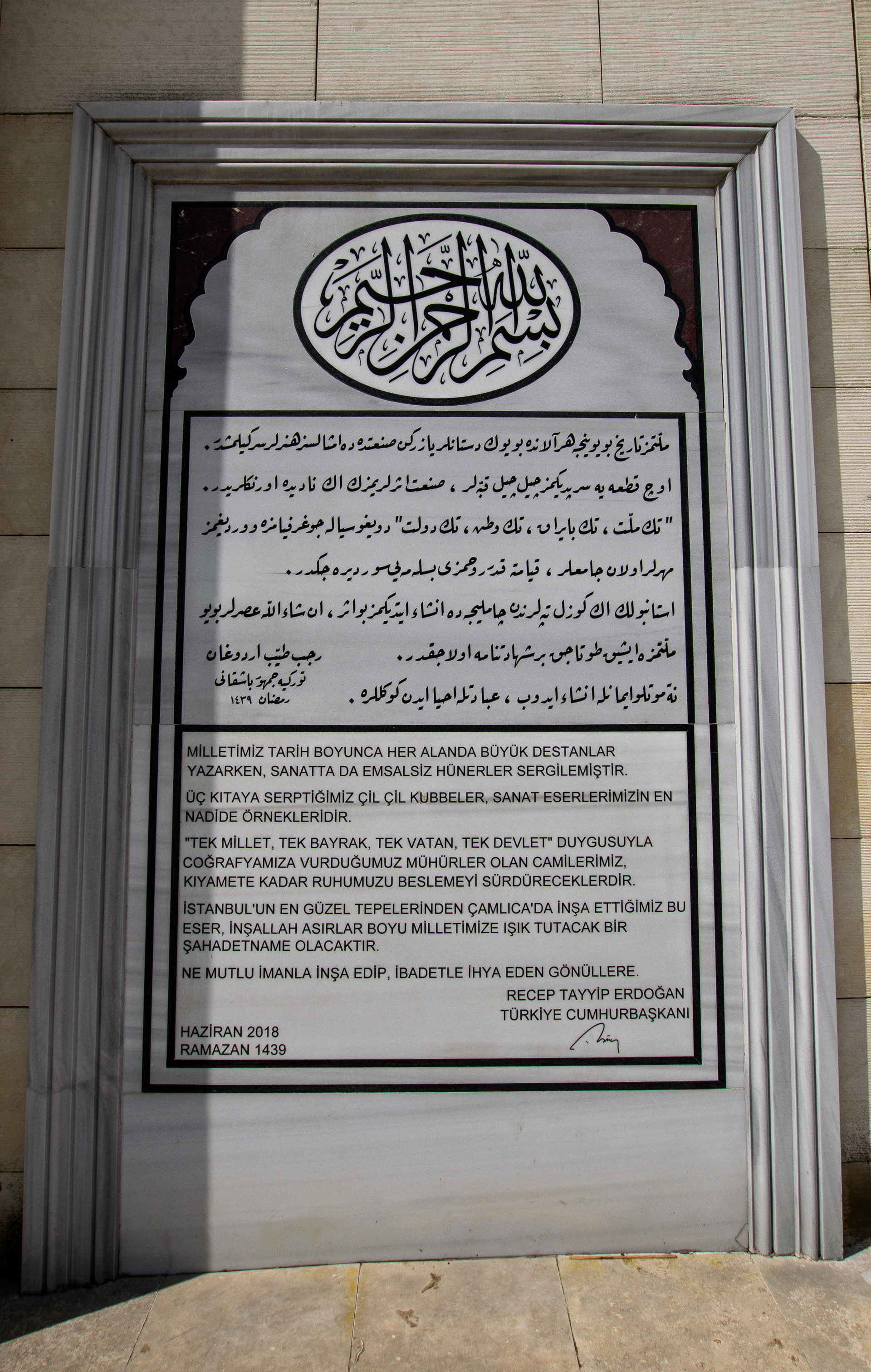
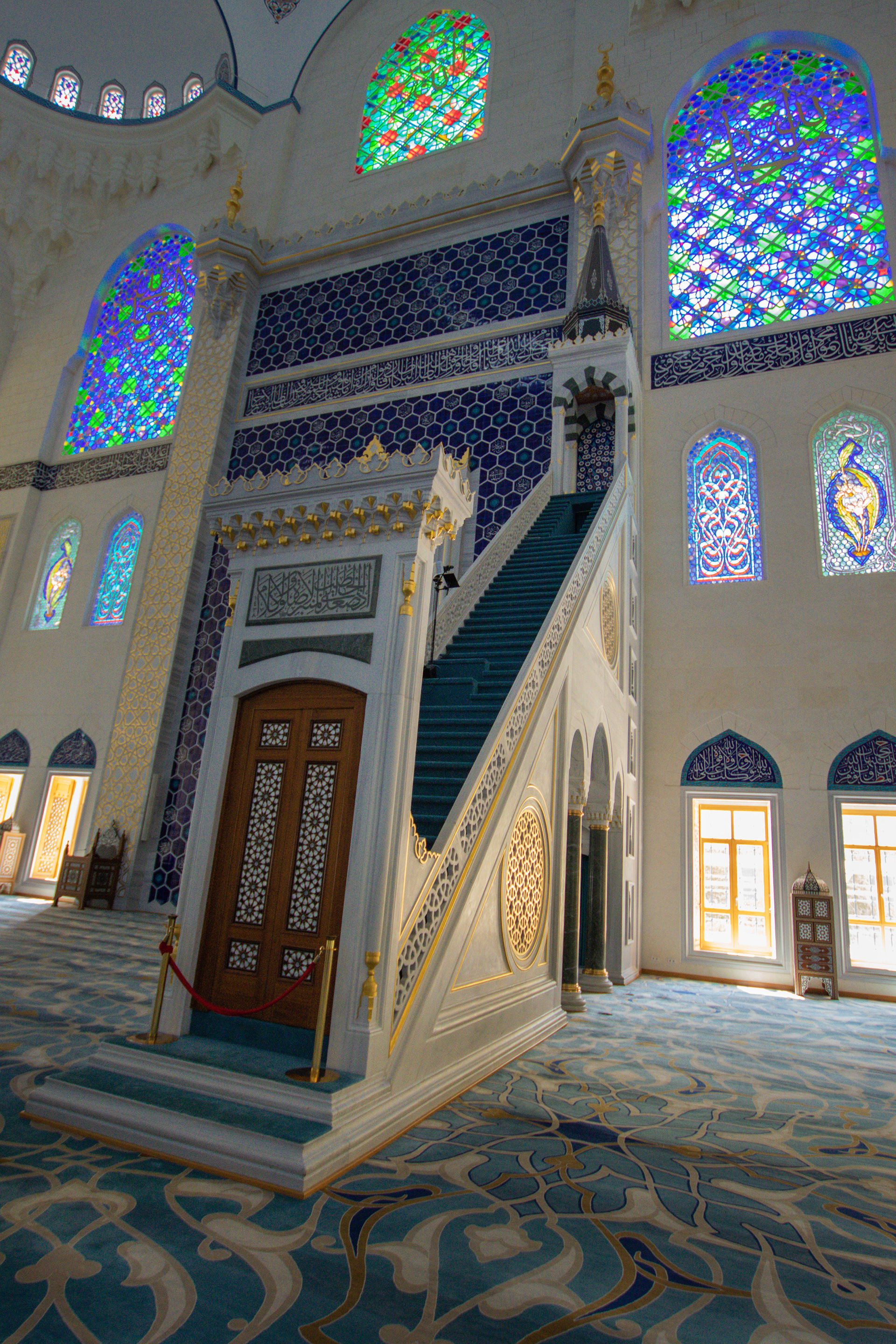
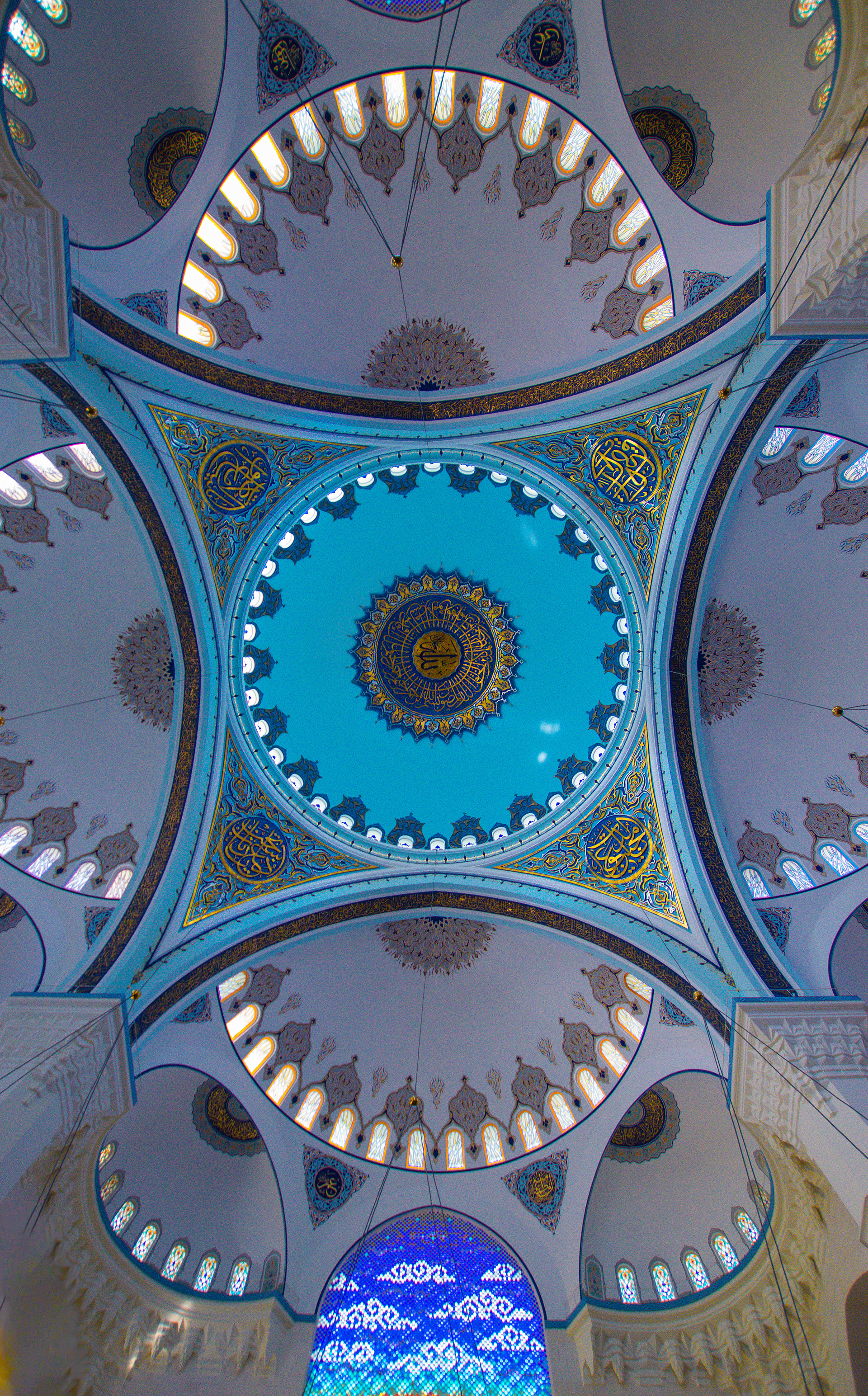
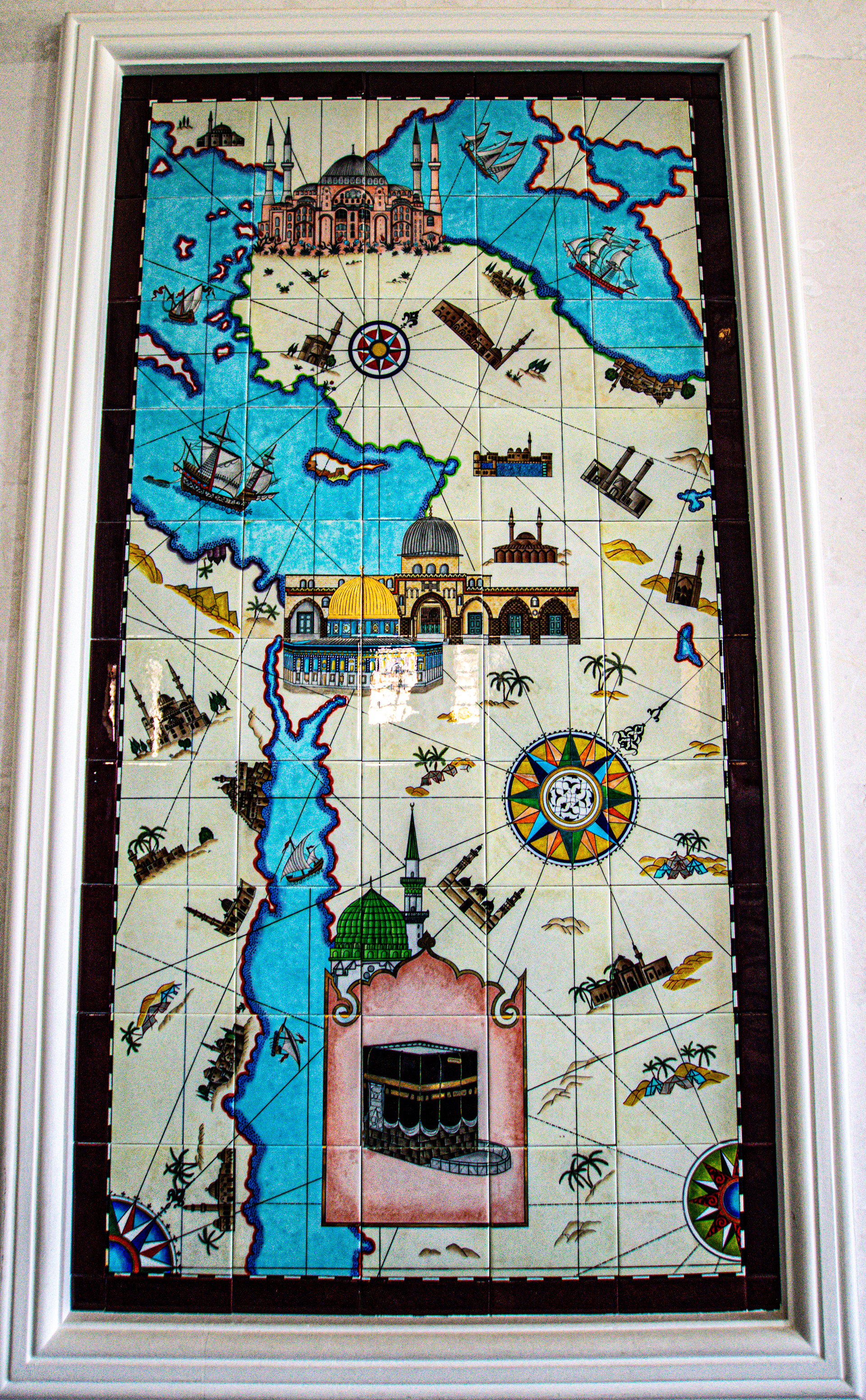
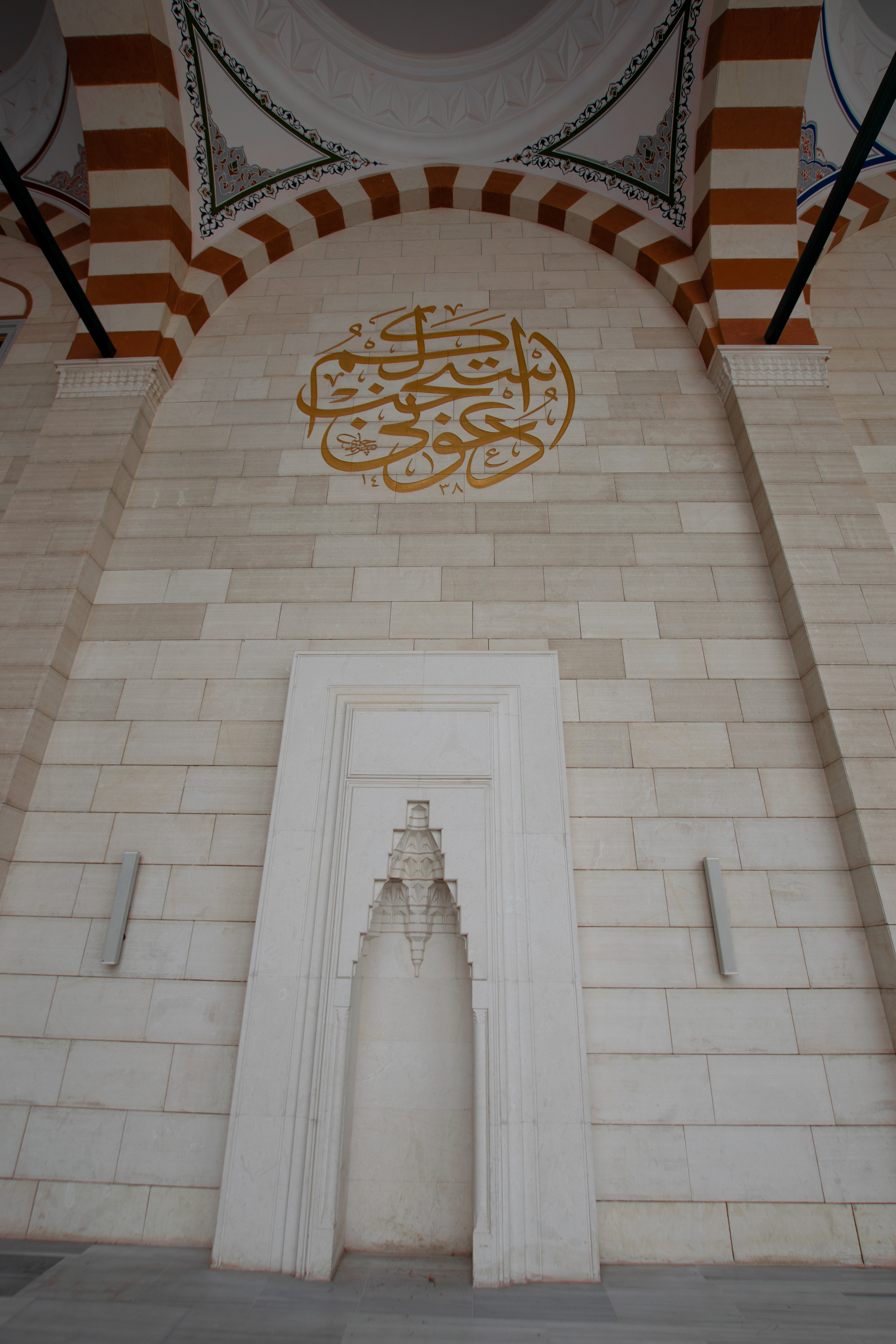
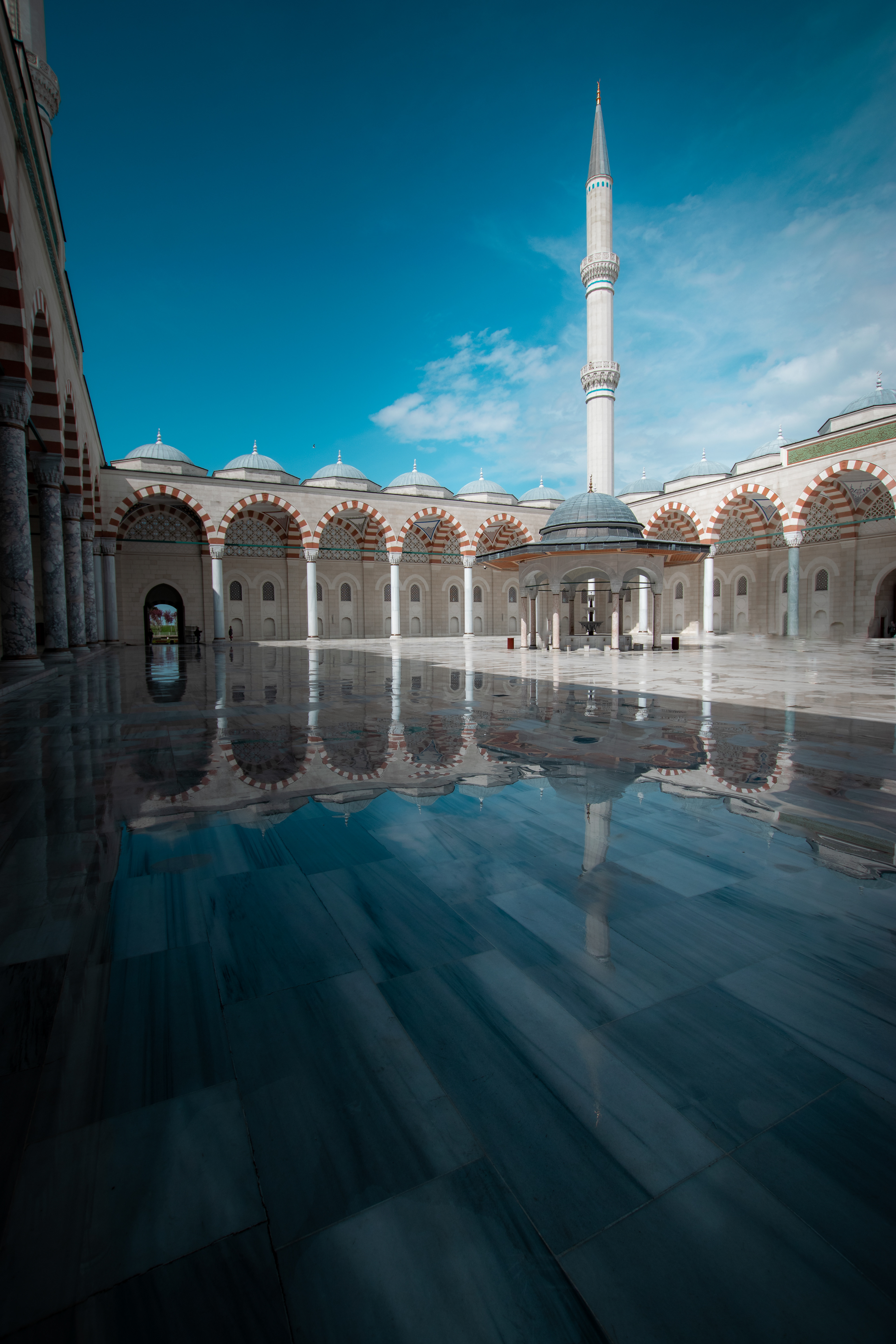
Inner Mosque Place
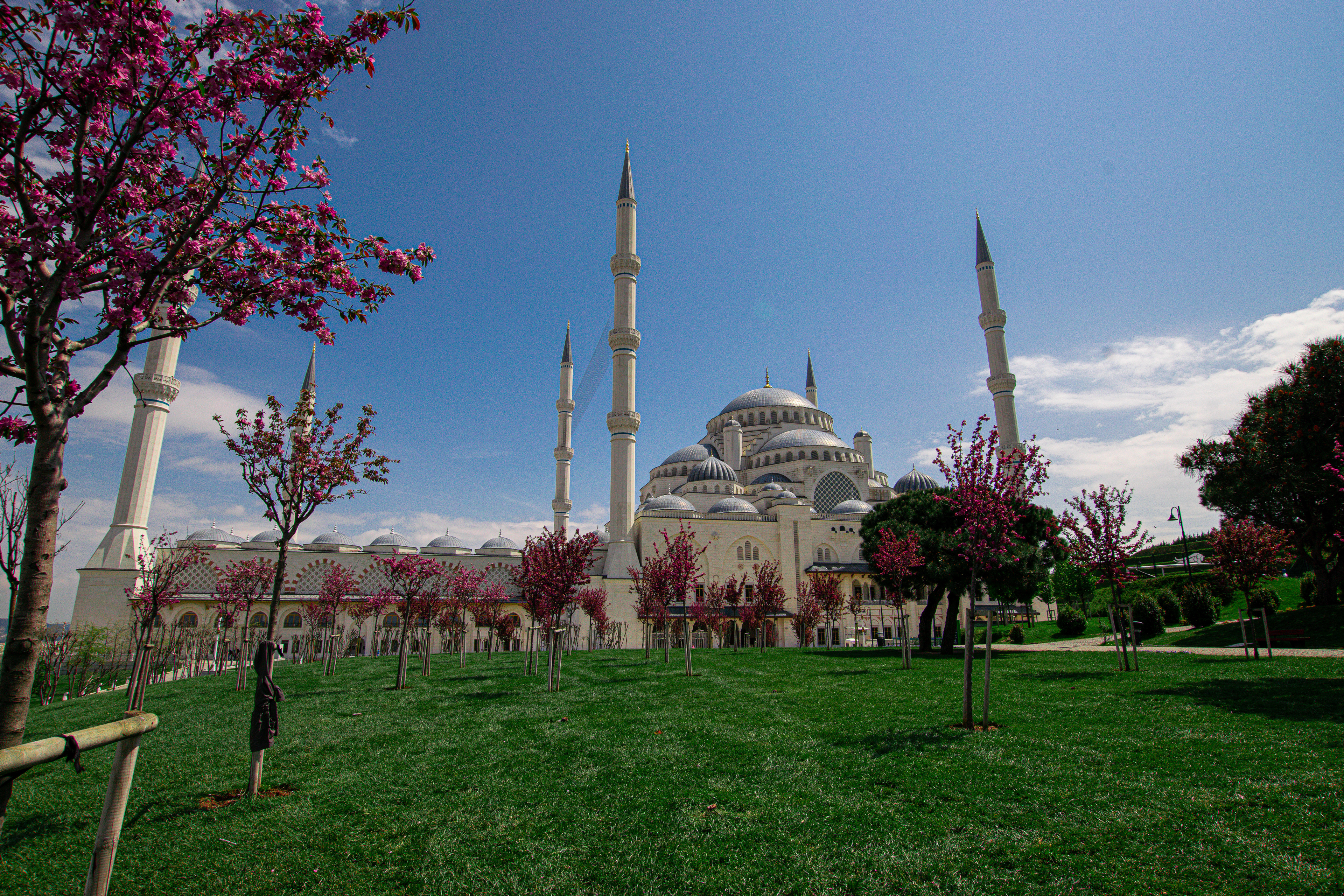
Grand Mosque Gardens
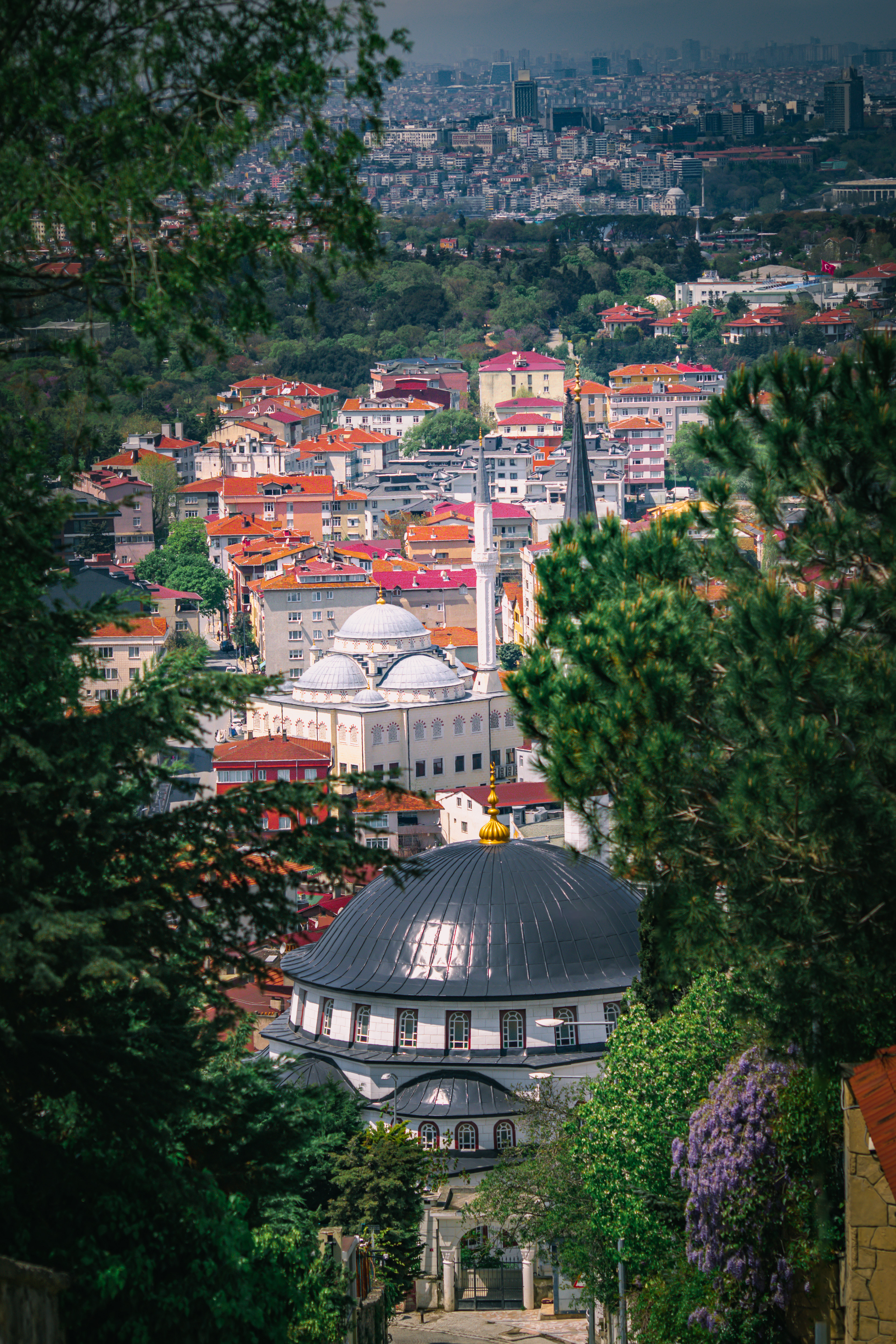
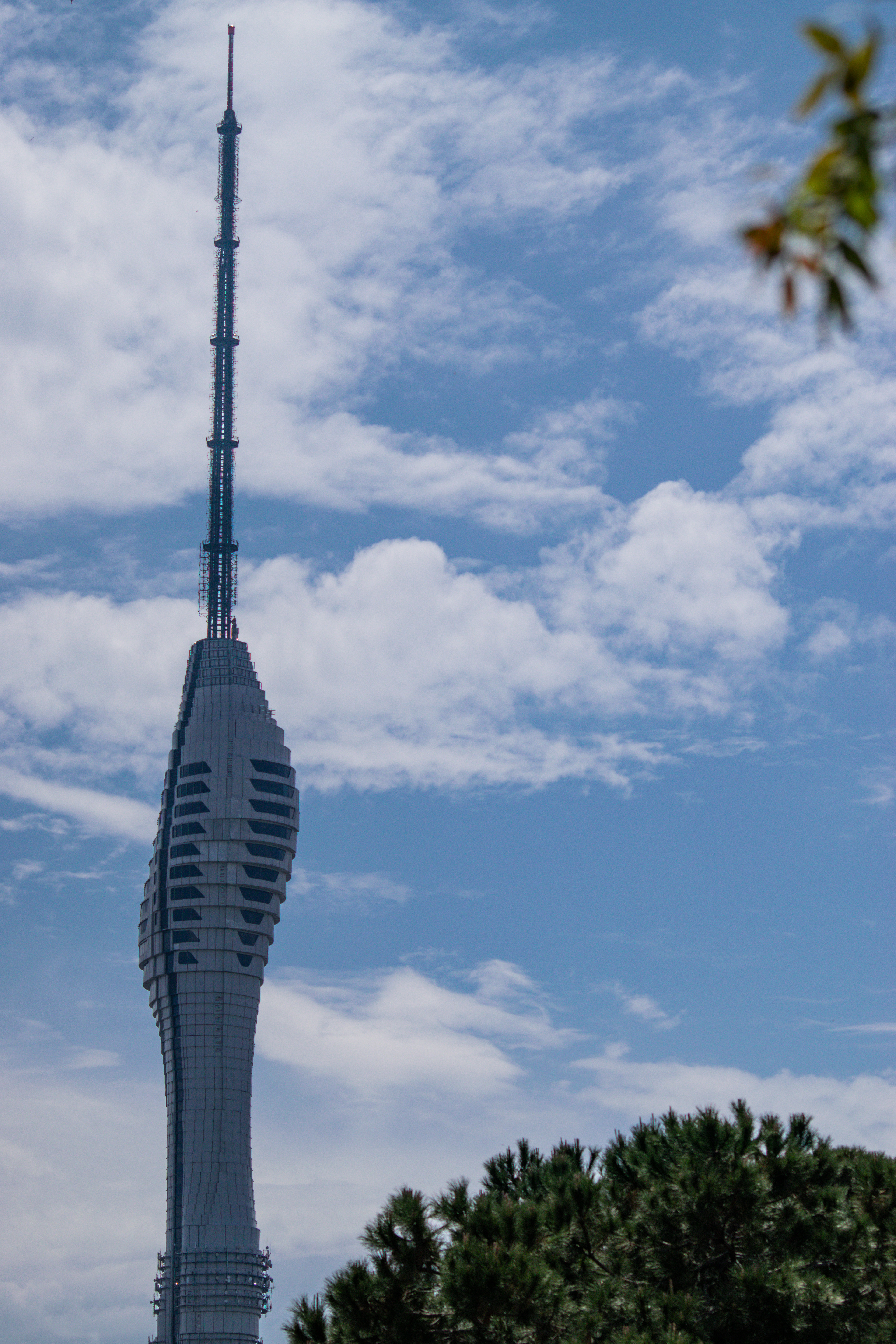

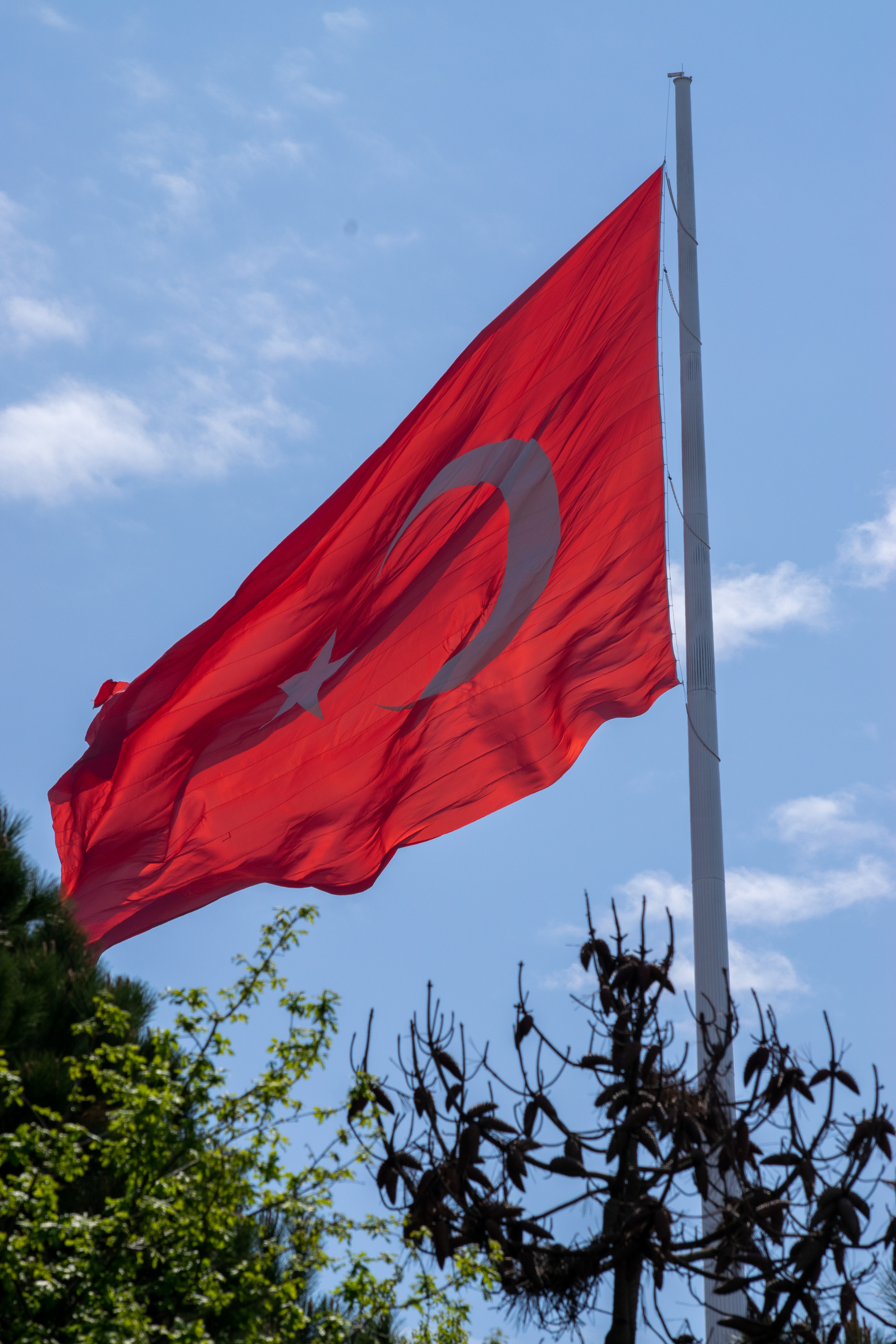
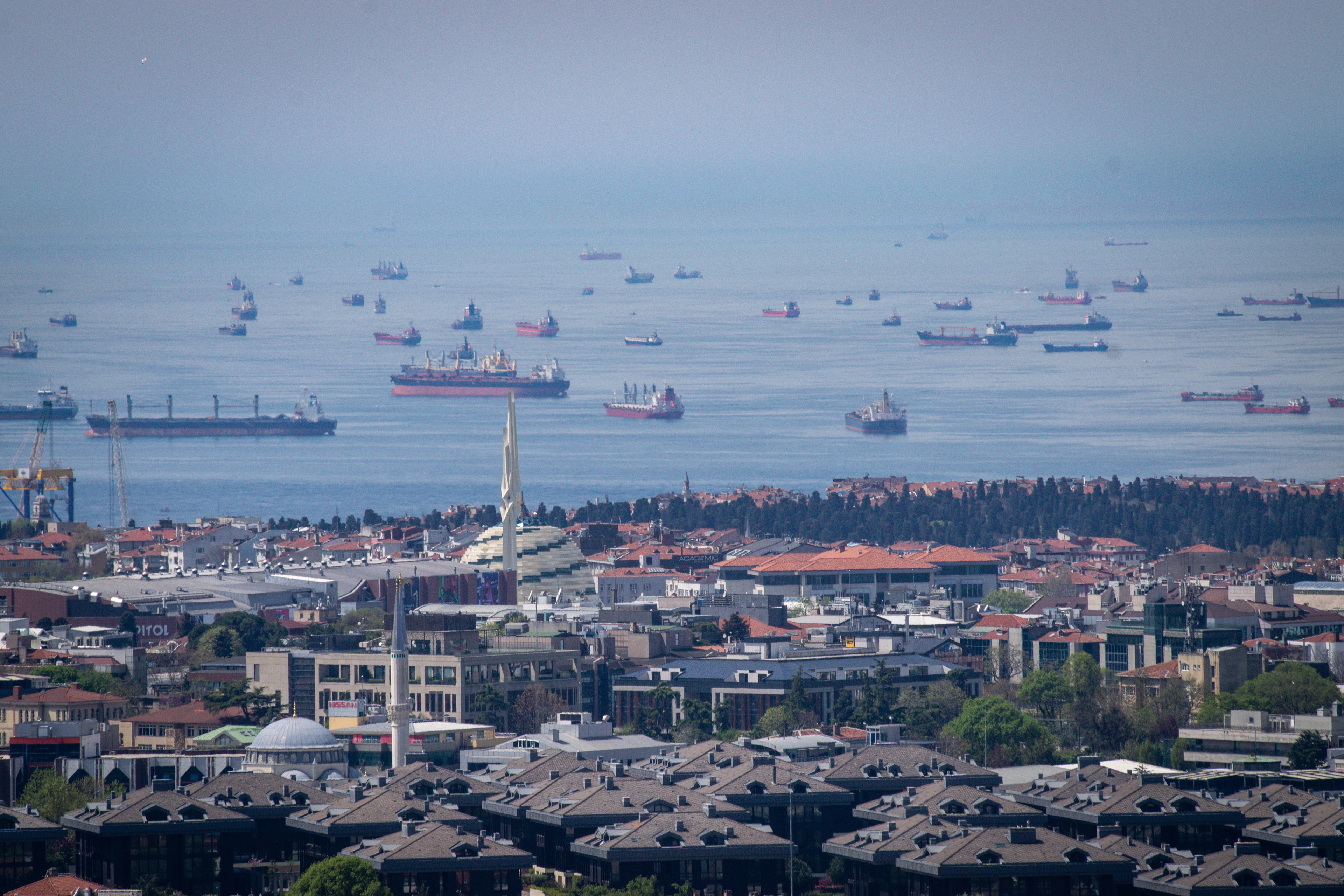
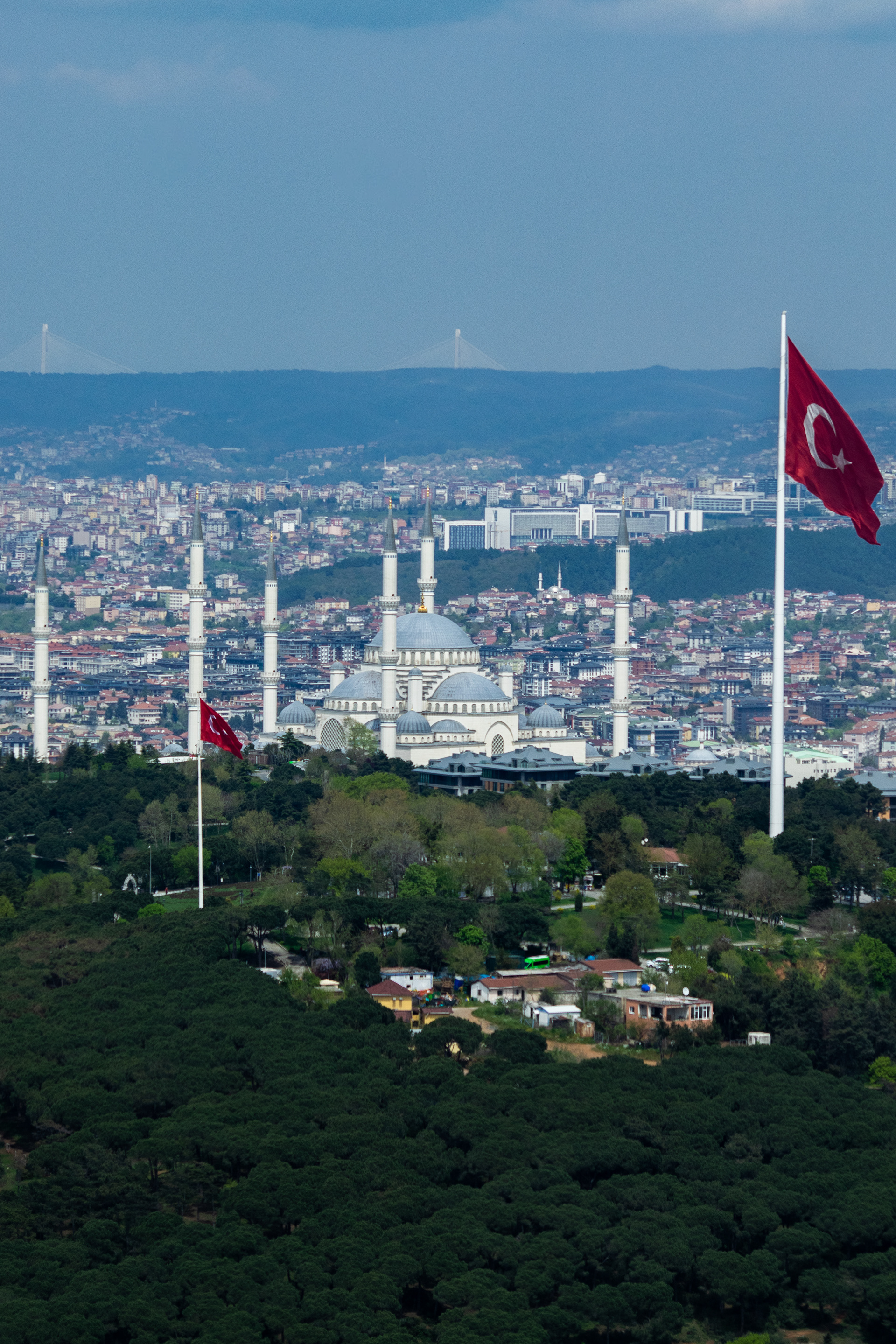
Grand Mosque
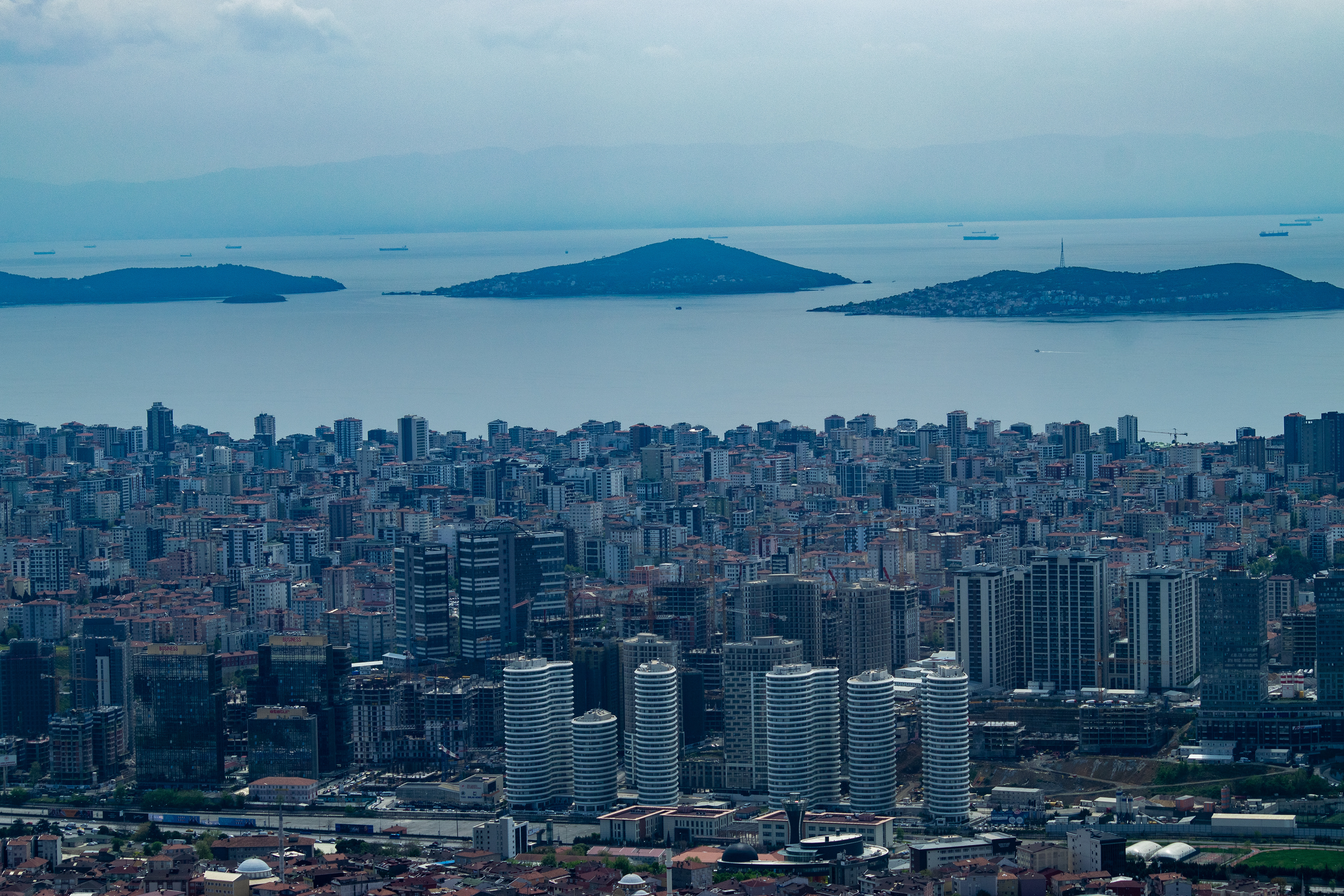
Asian Part of Istanbul
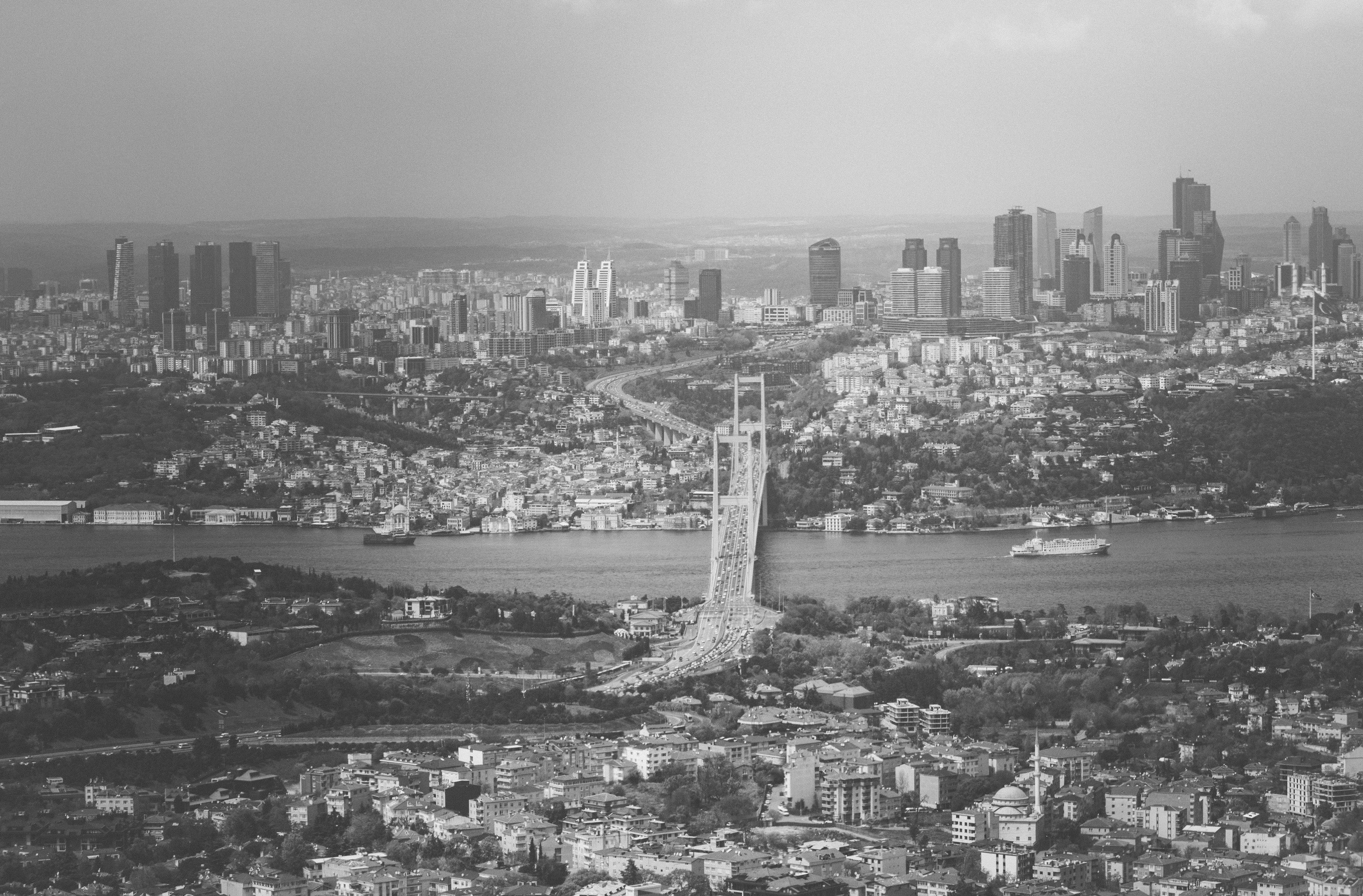
European Part of Istanbul
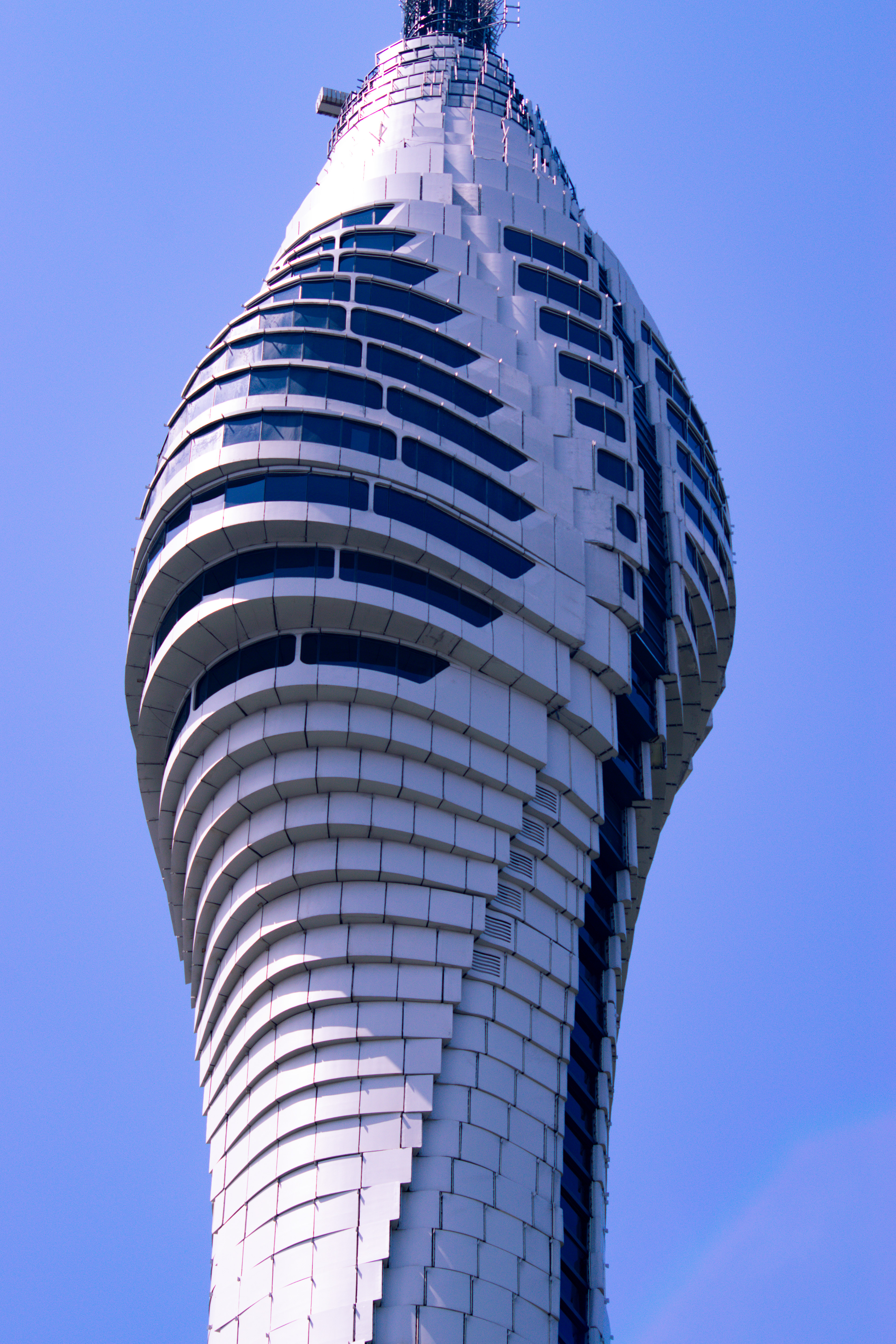
Camlica Tower
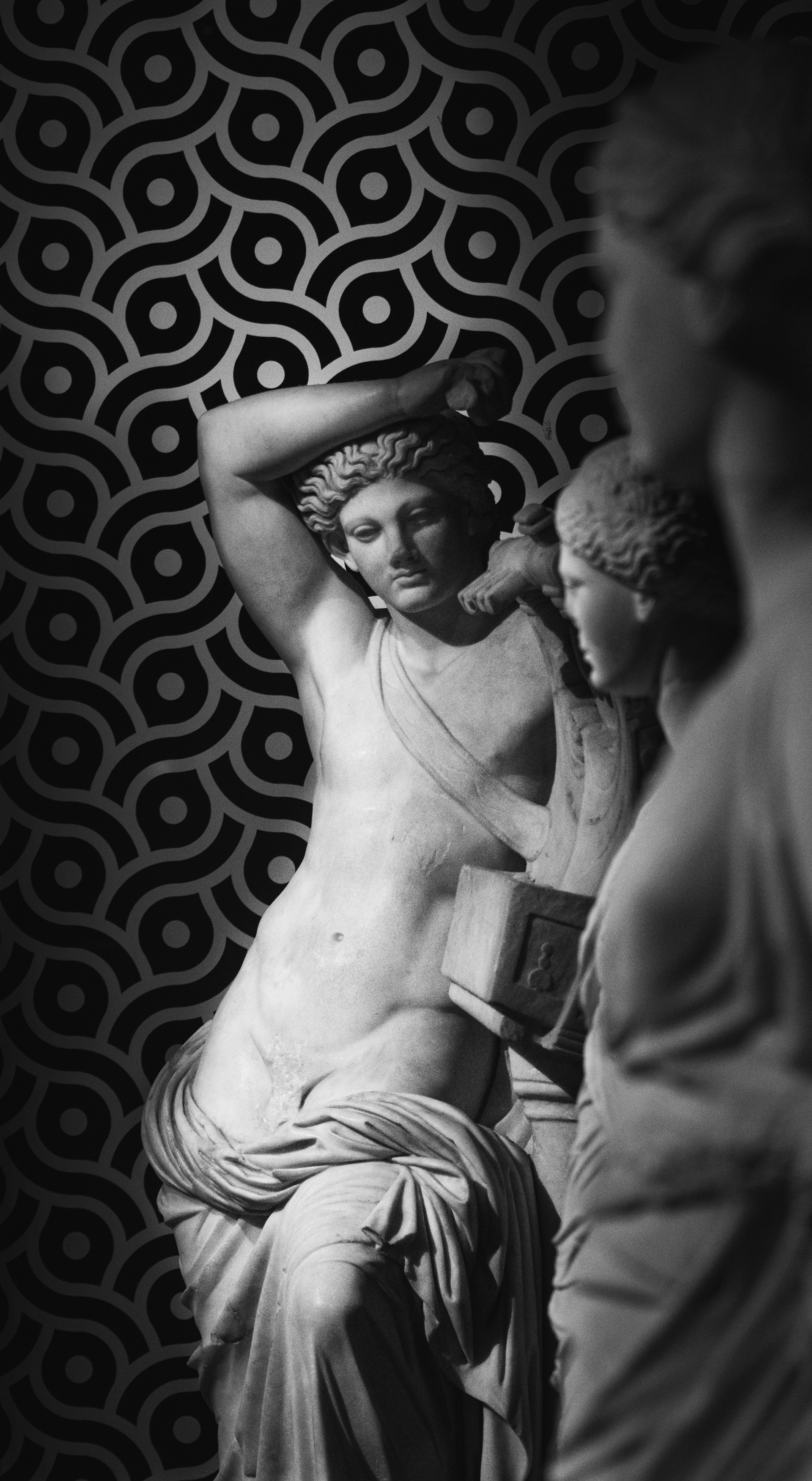
İstanbul Archaeology Museum
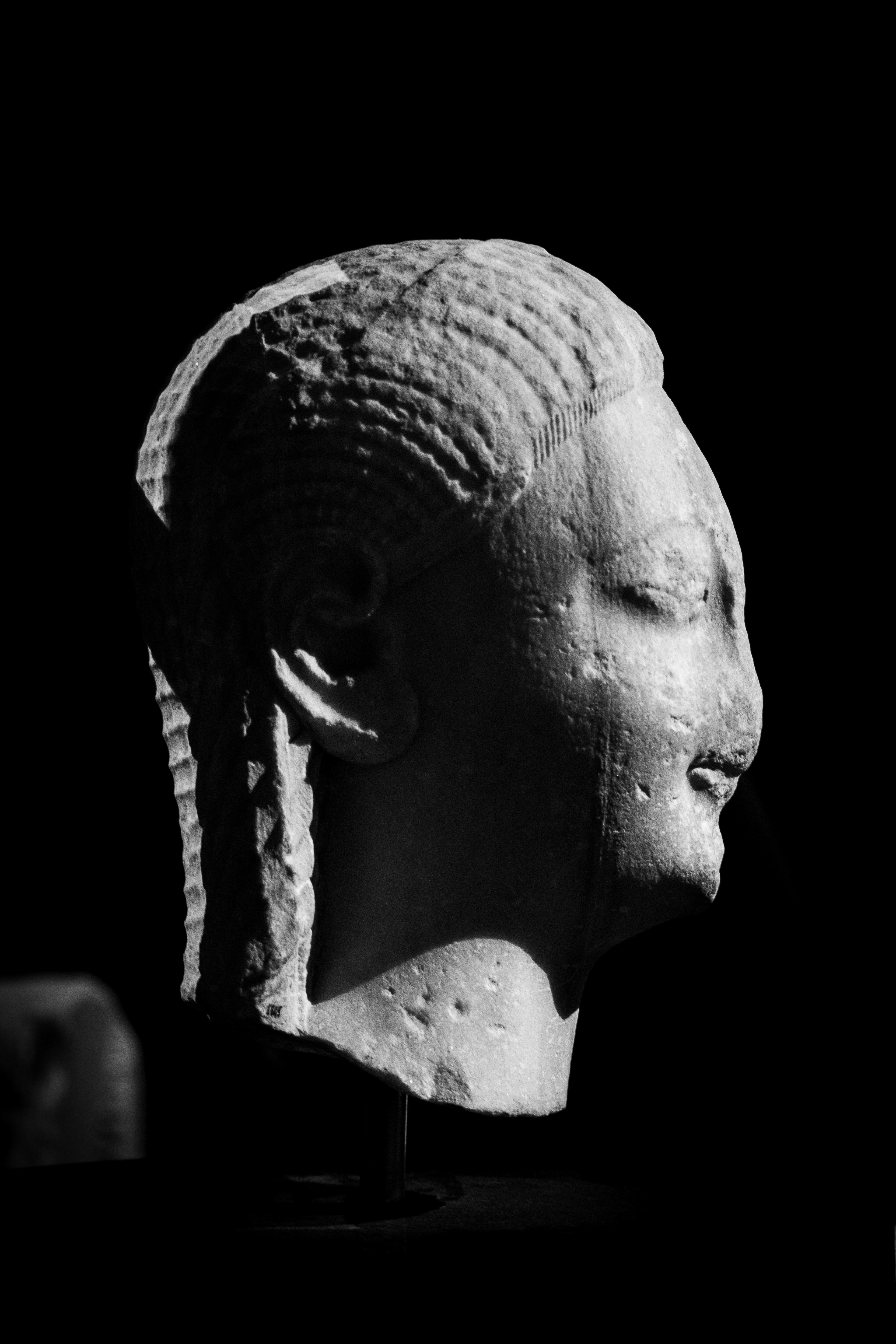
İstanbul Archaeology Museum
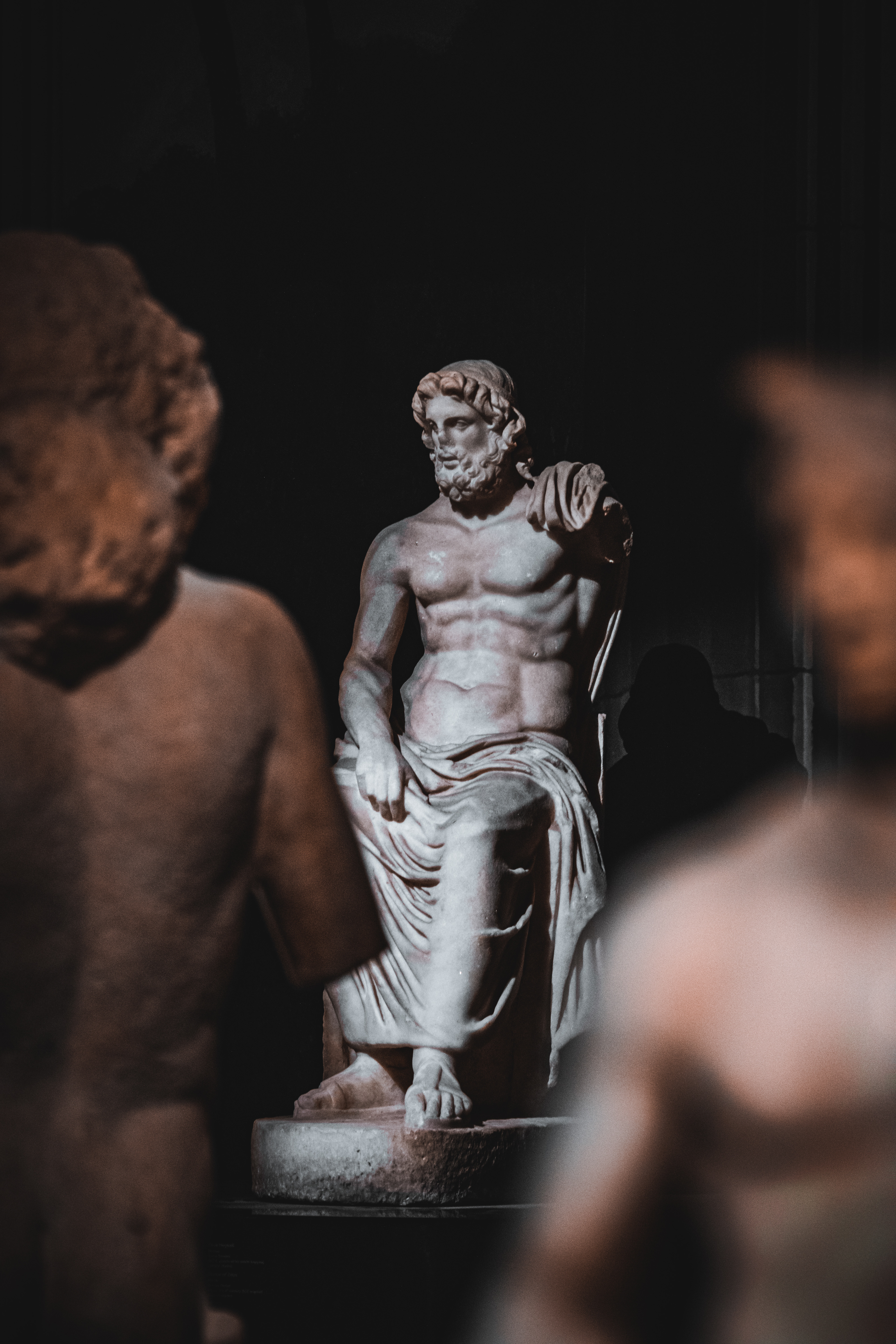
İstanbul Archaeology Museum
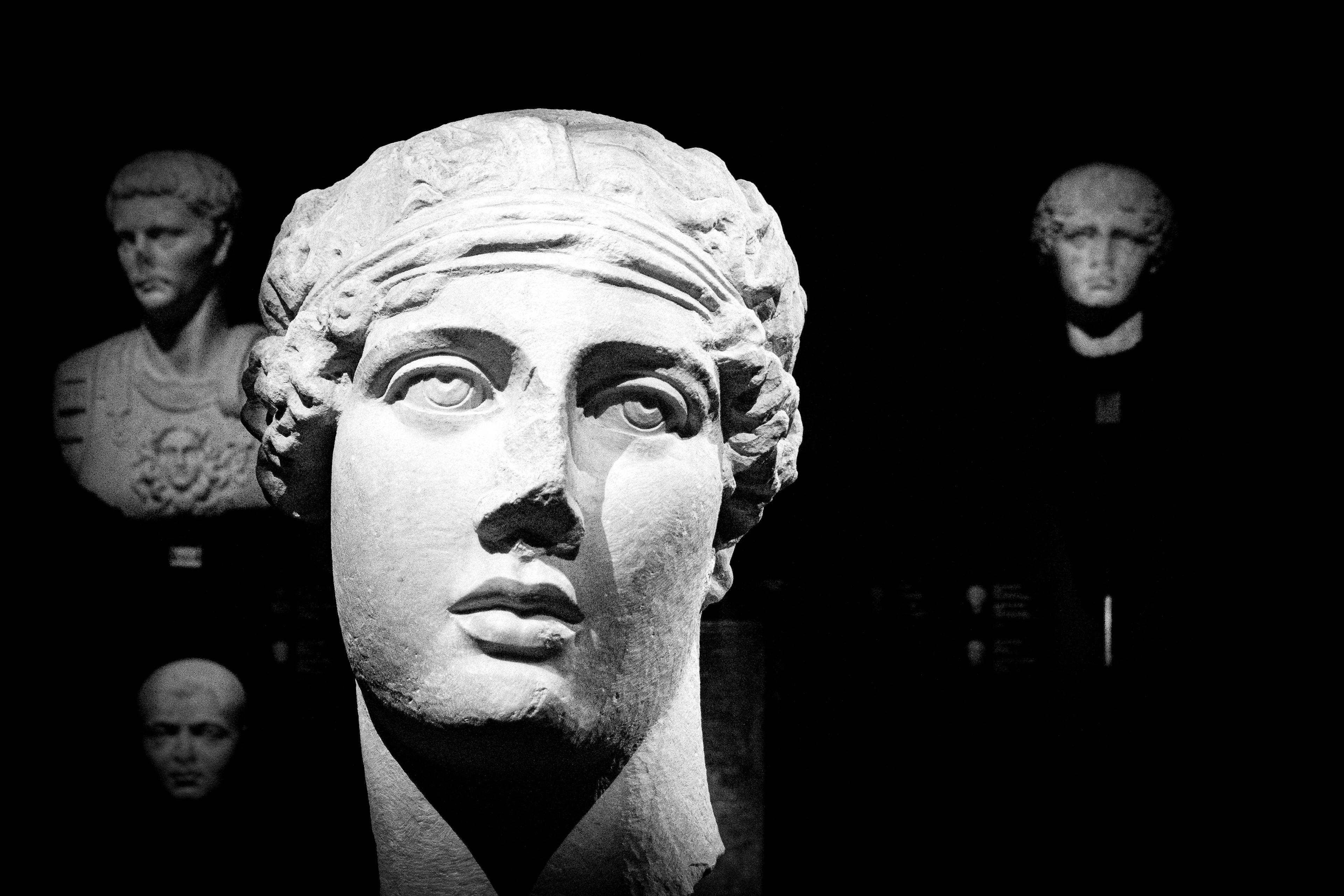
İstanbul Archaeology Museum
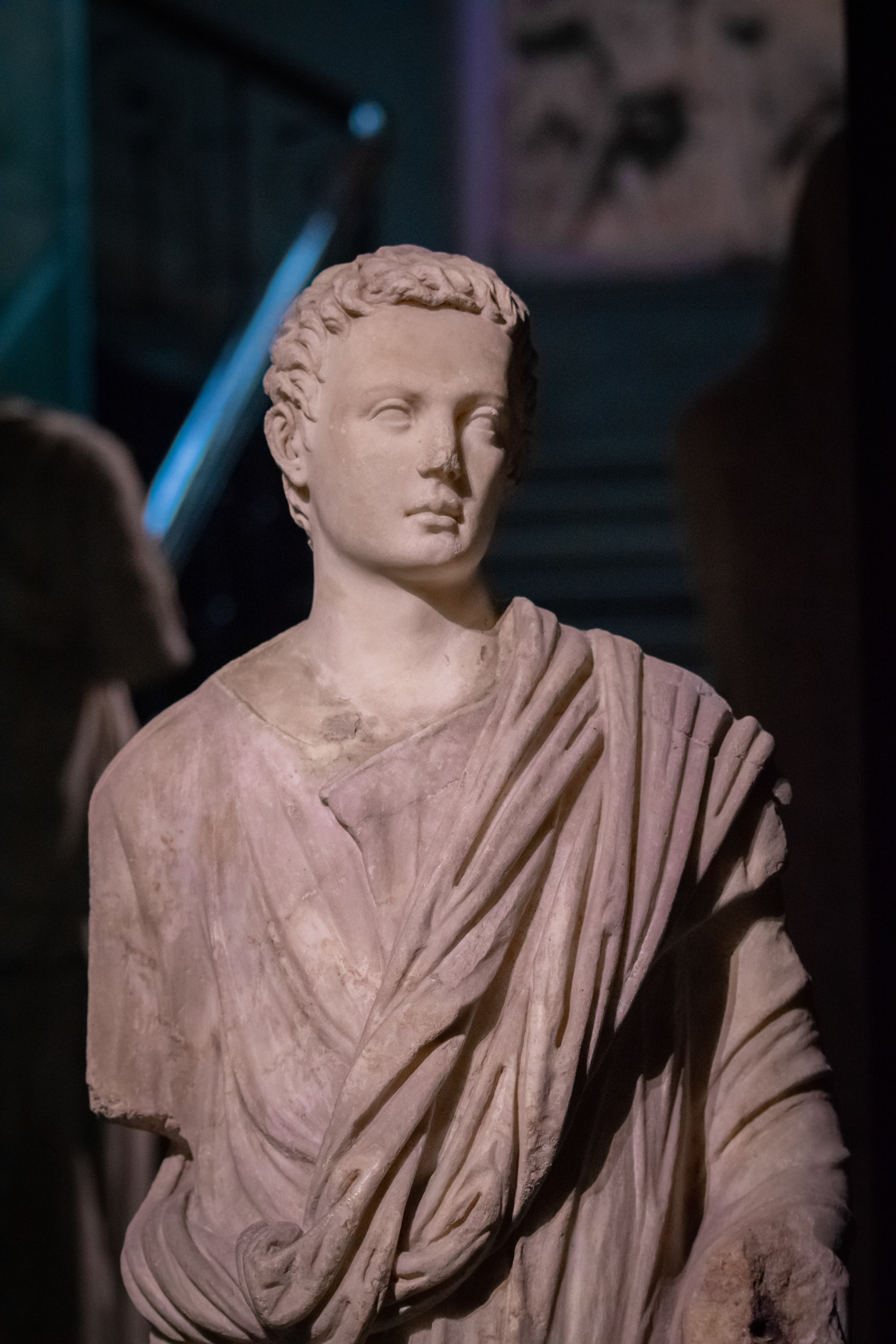
İstanbul Archaeology Museum
